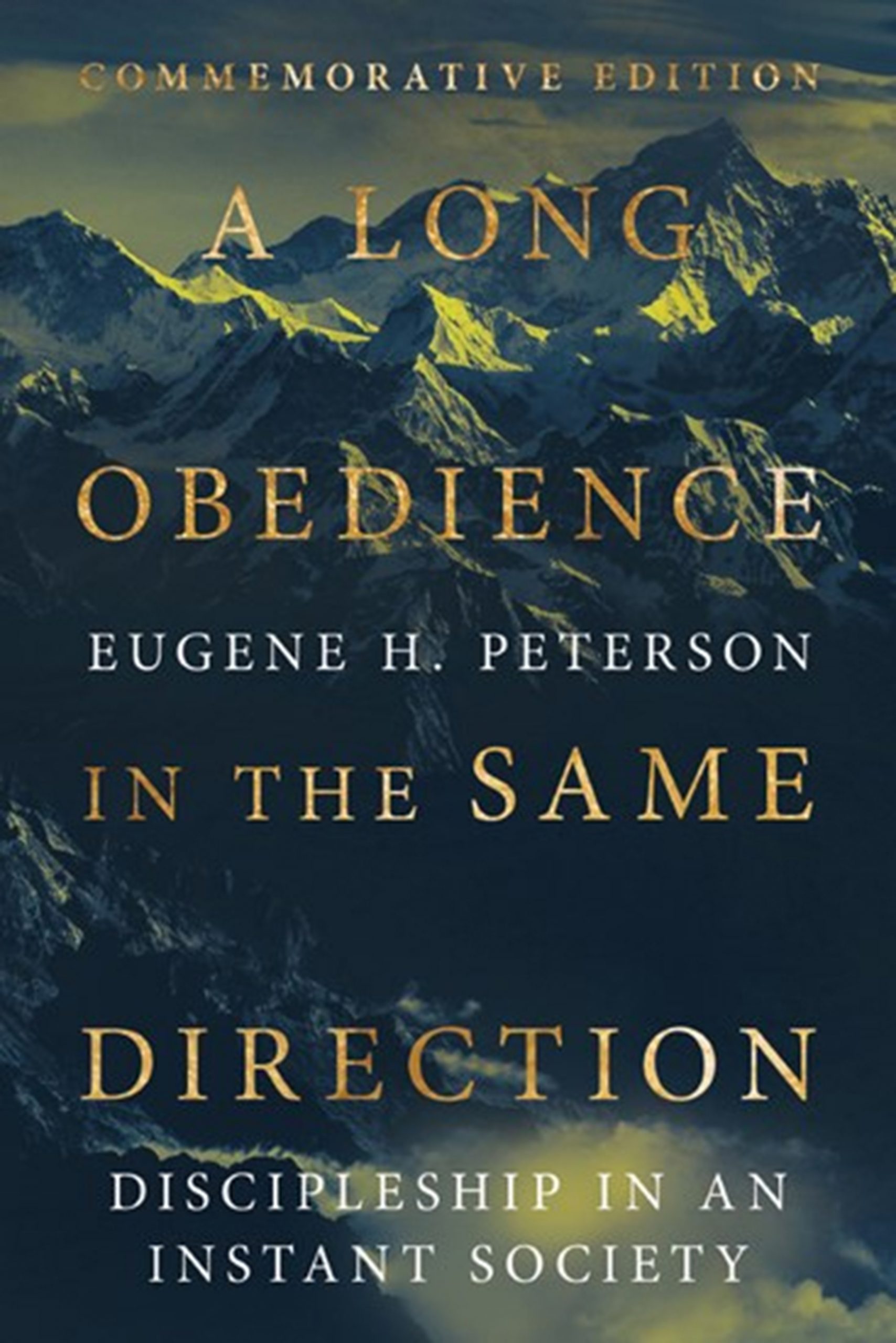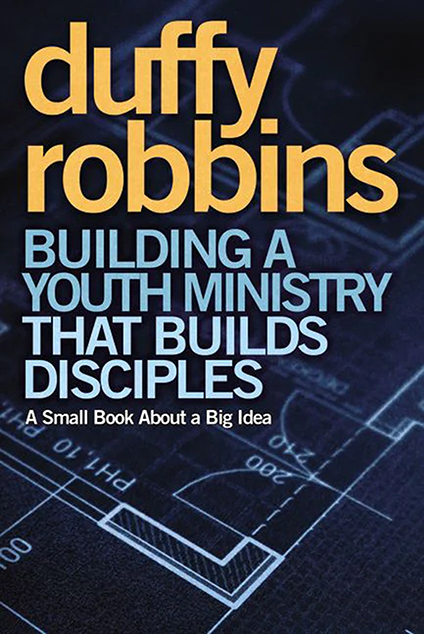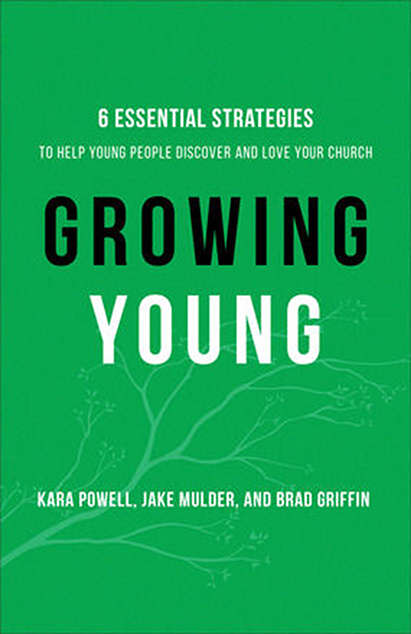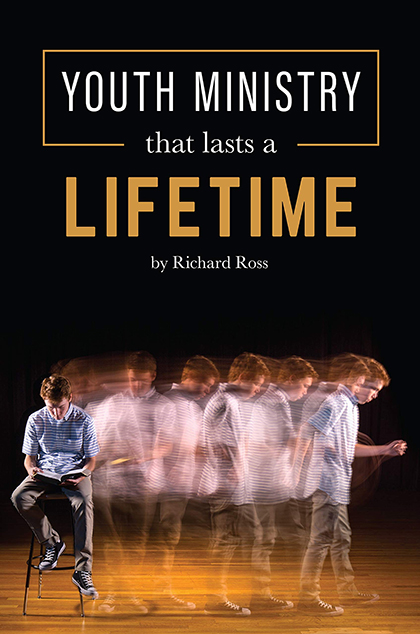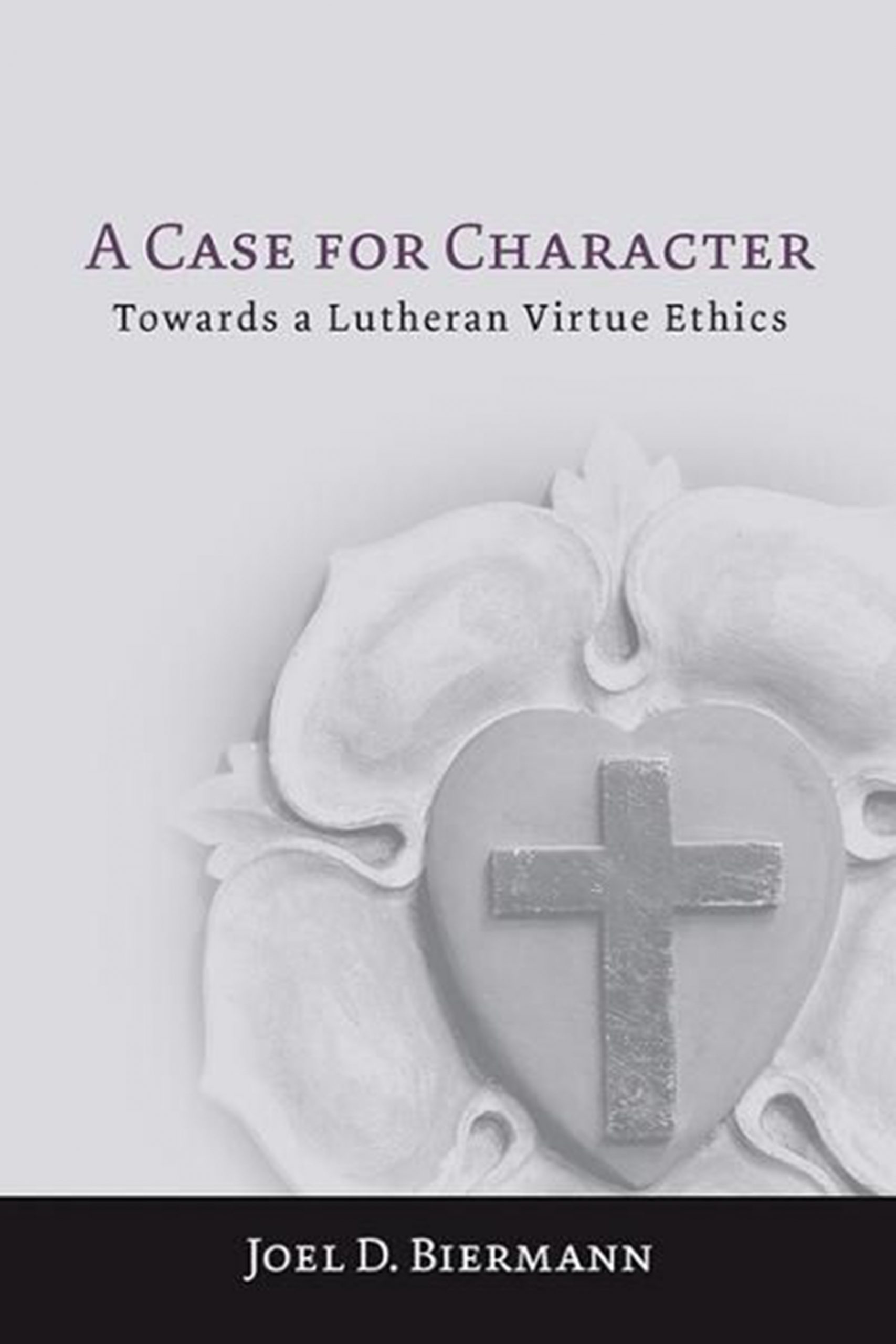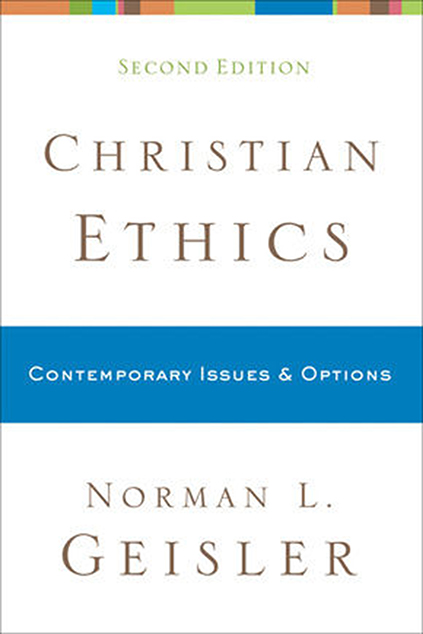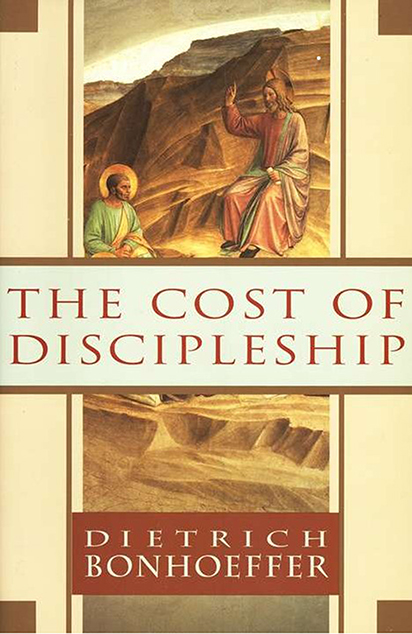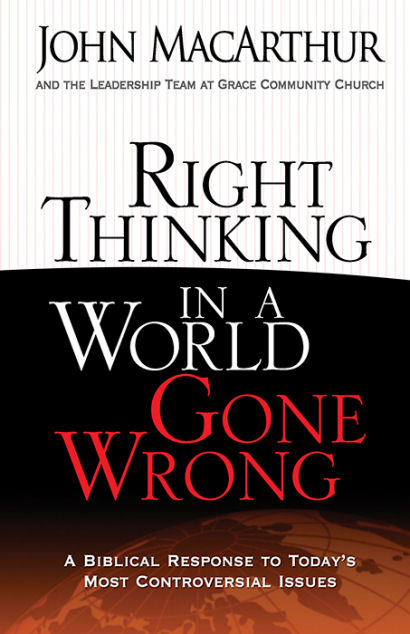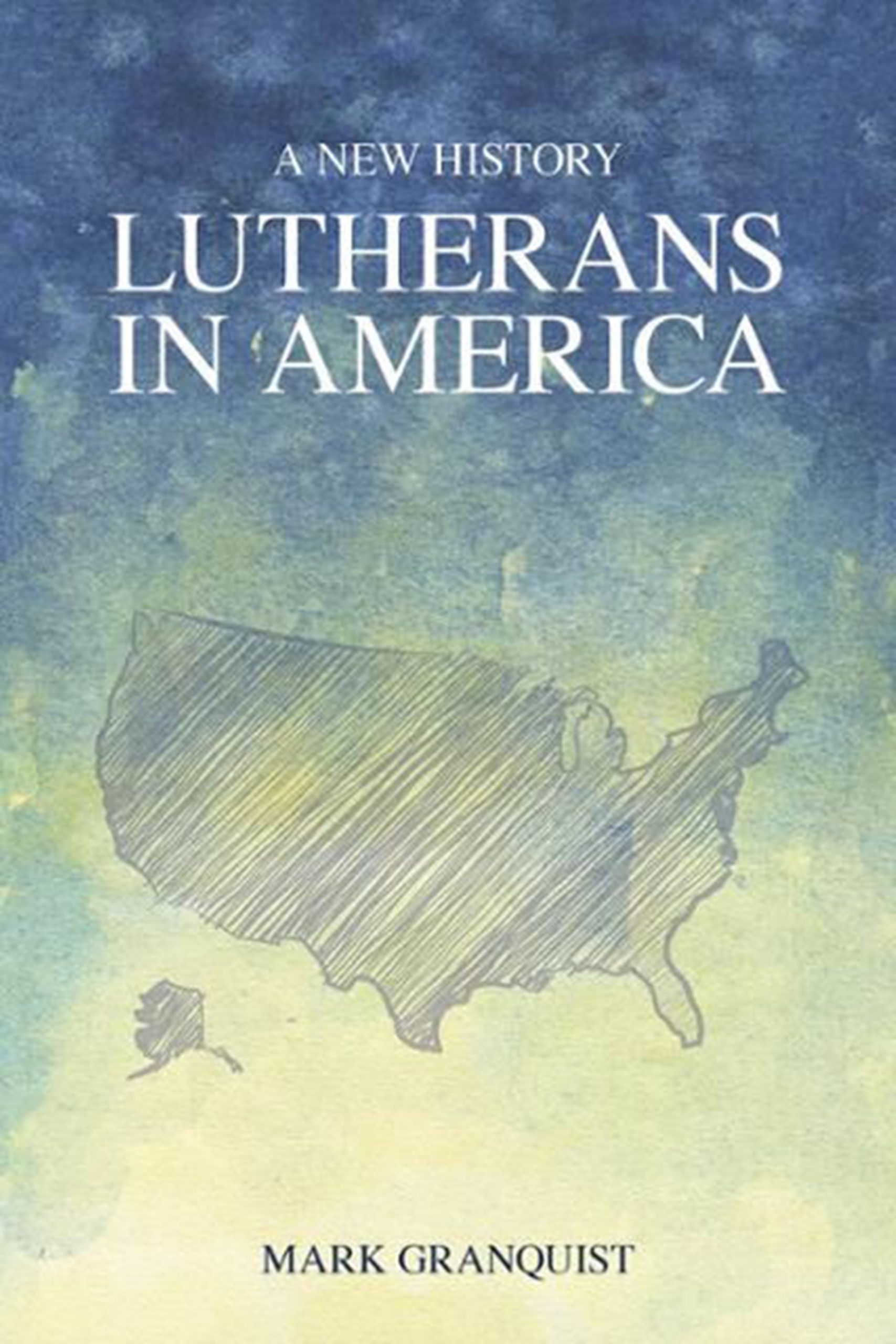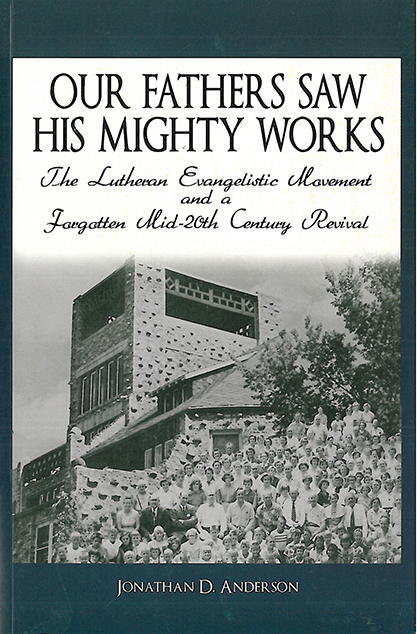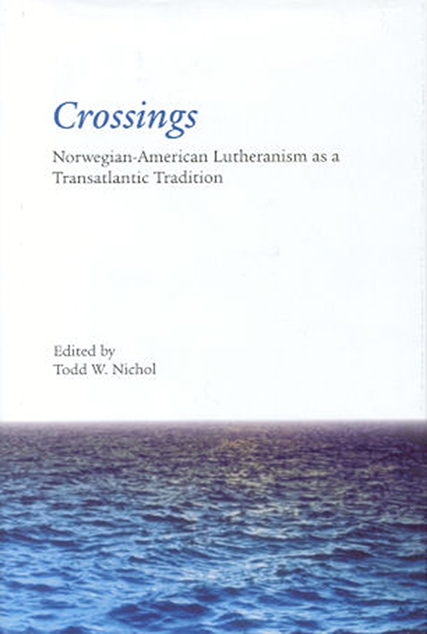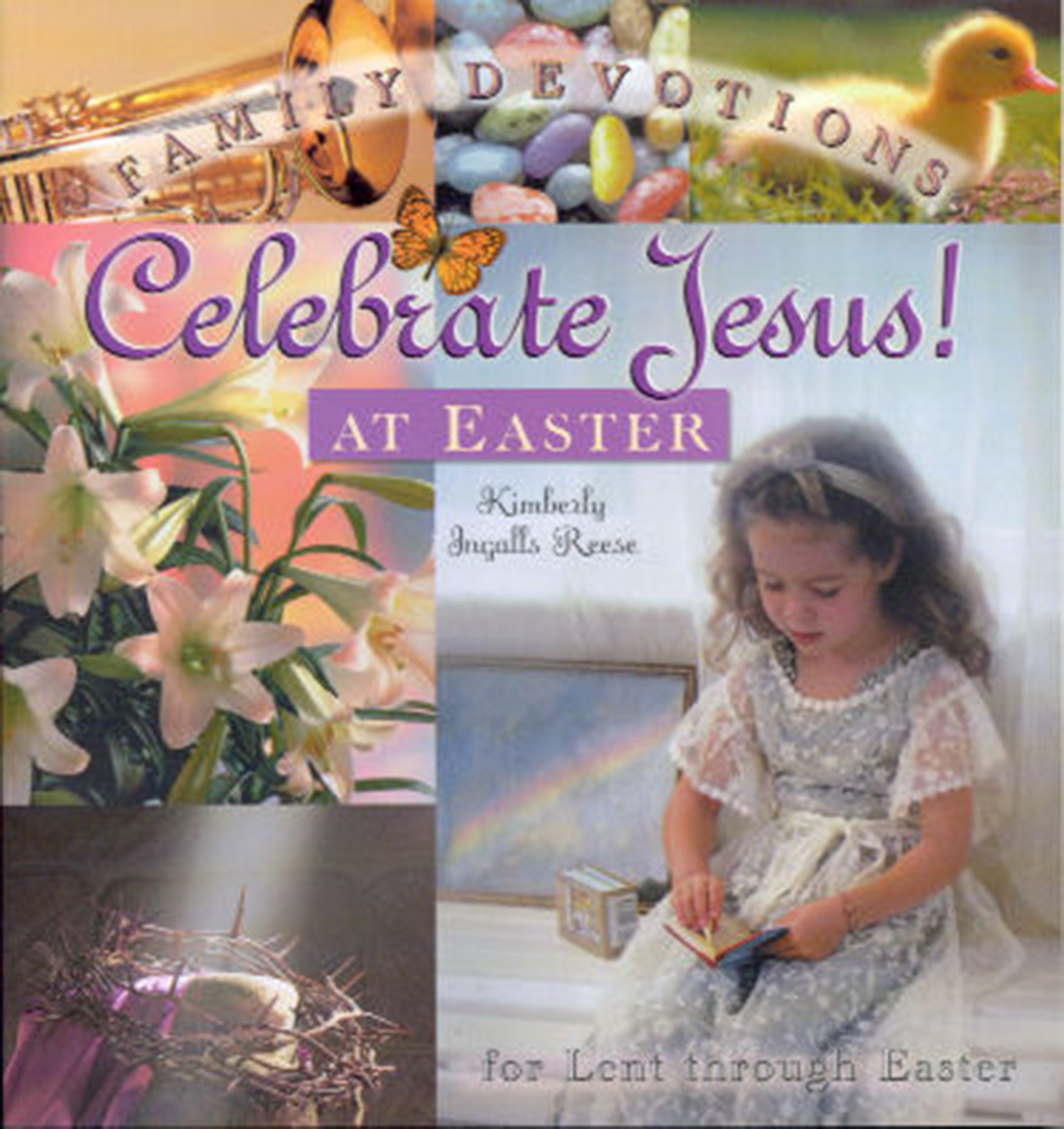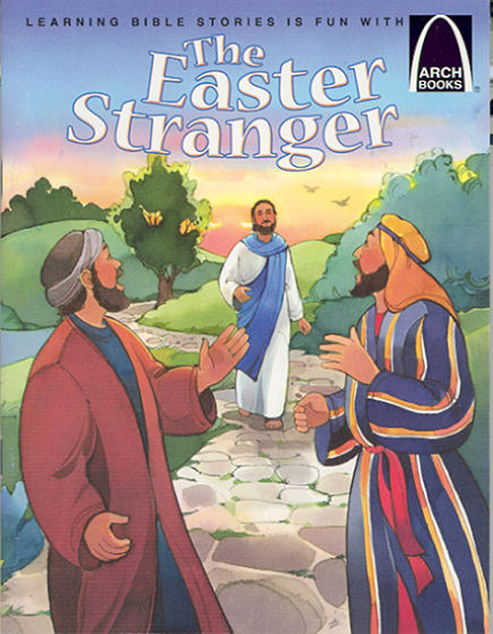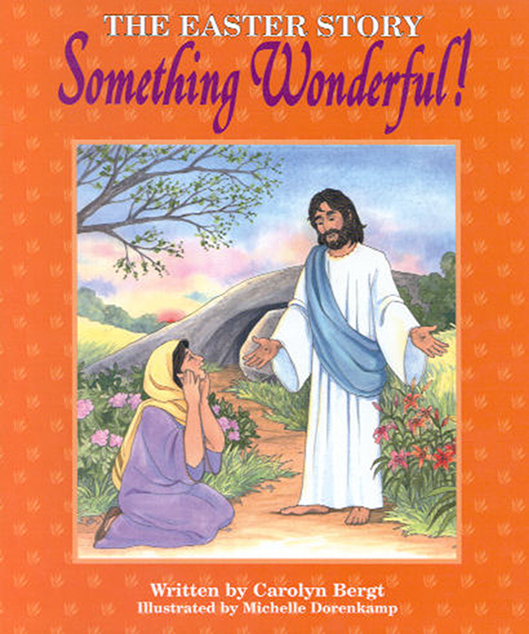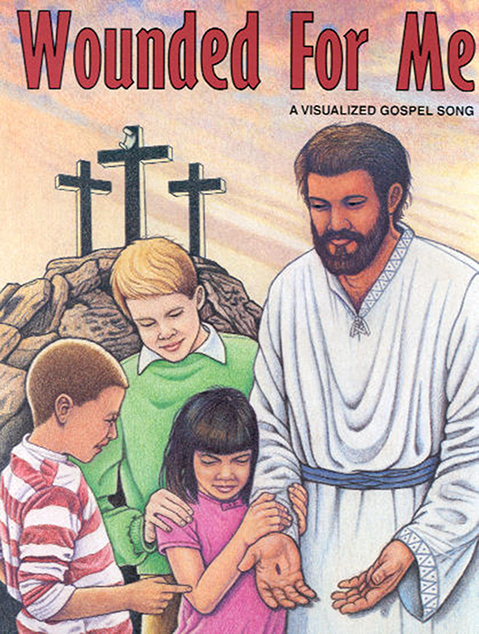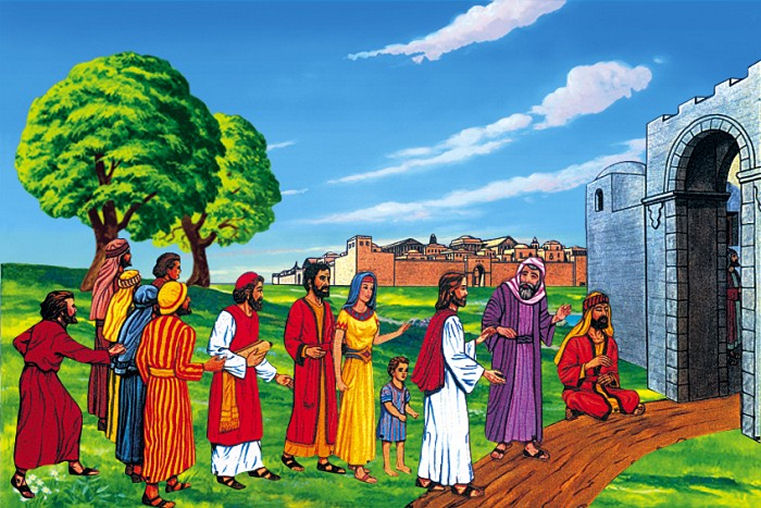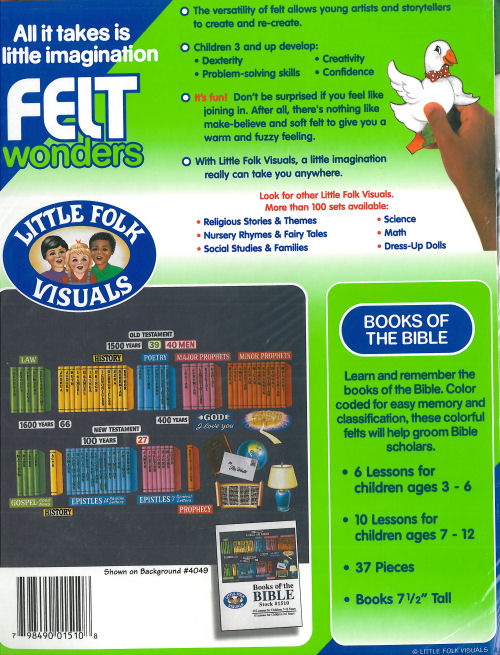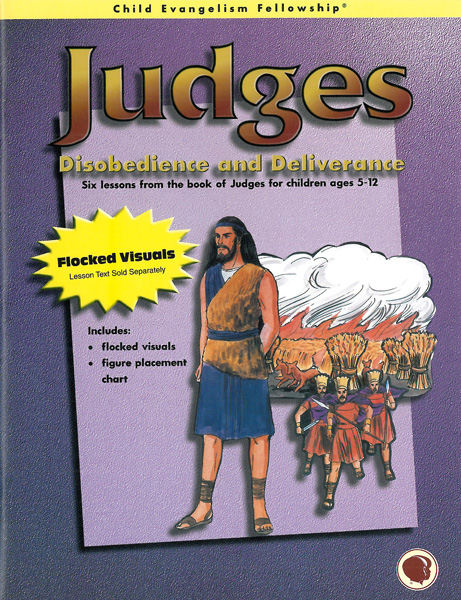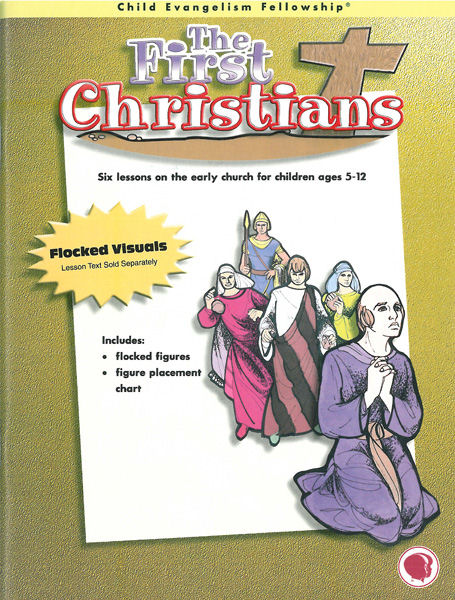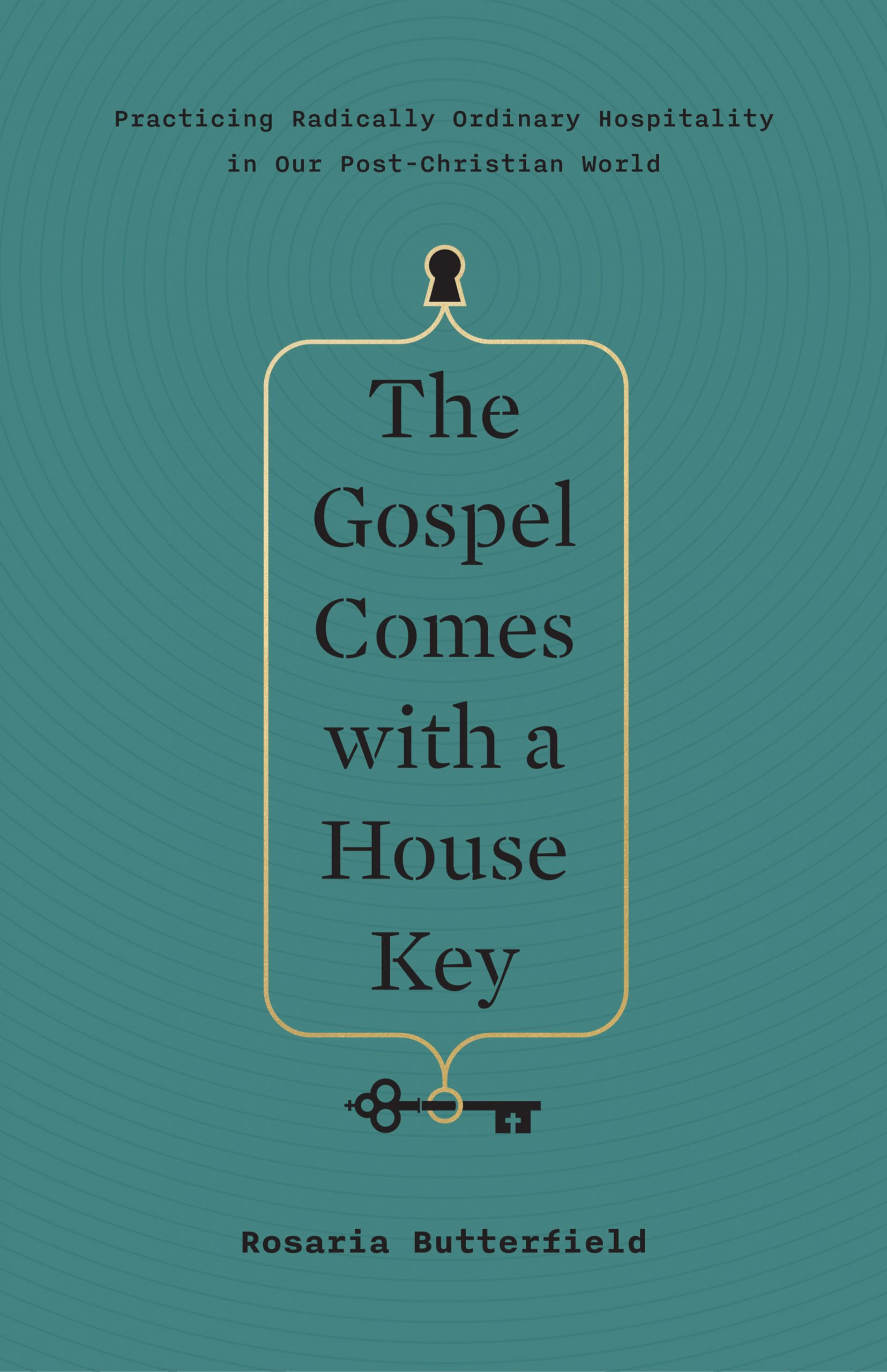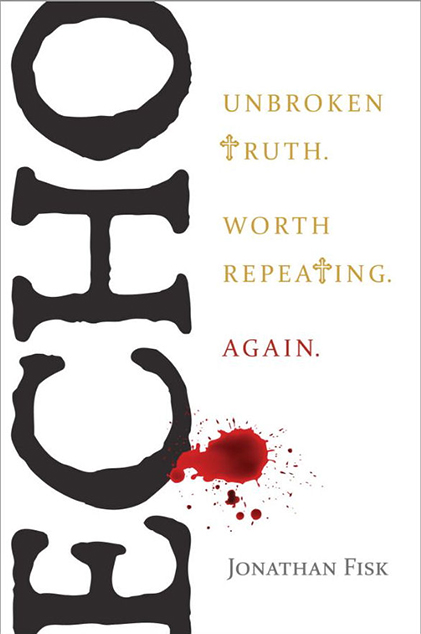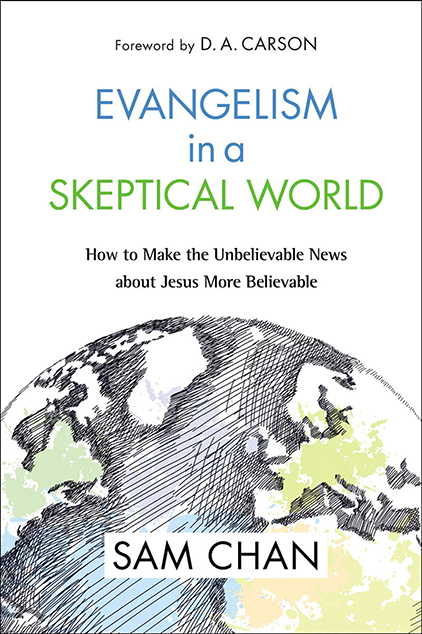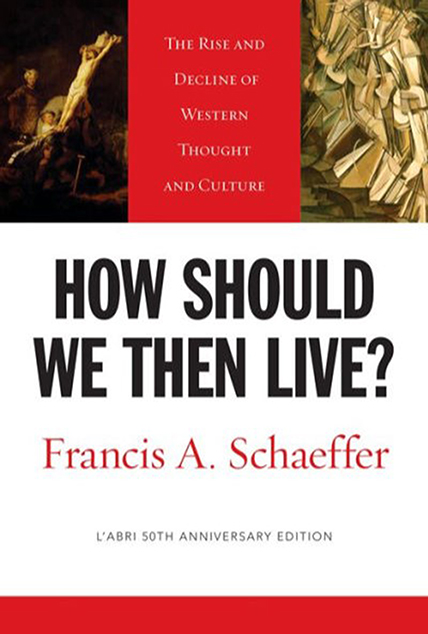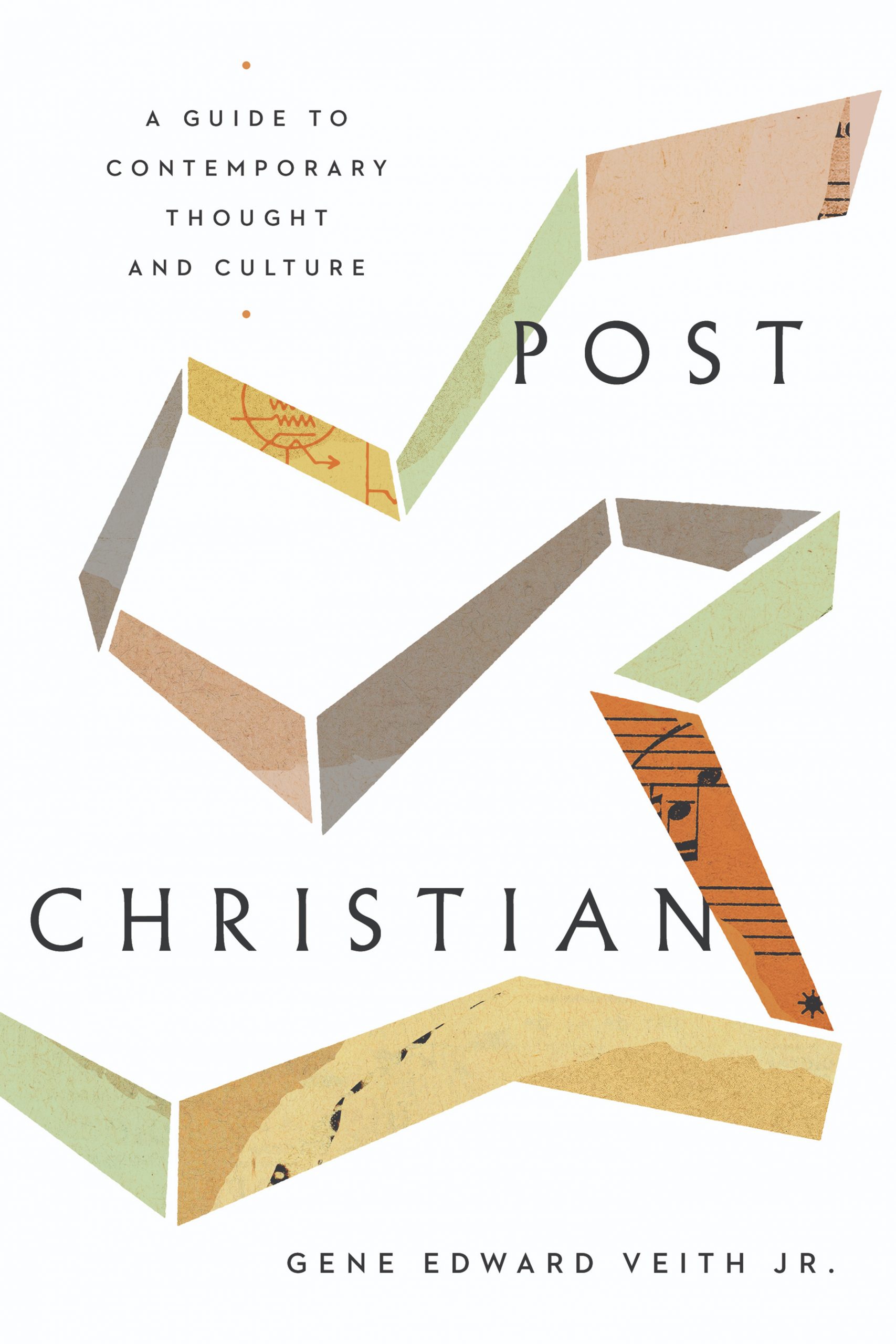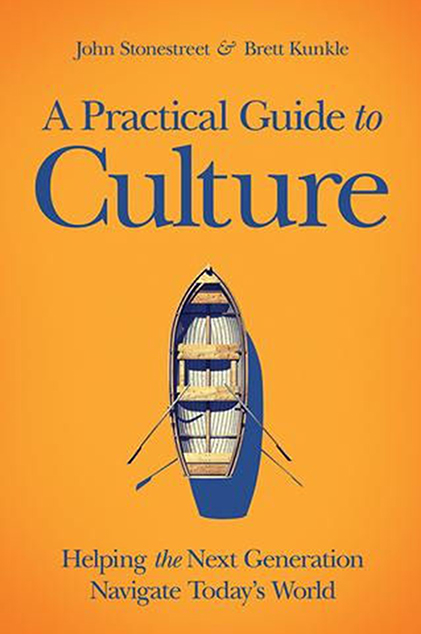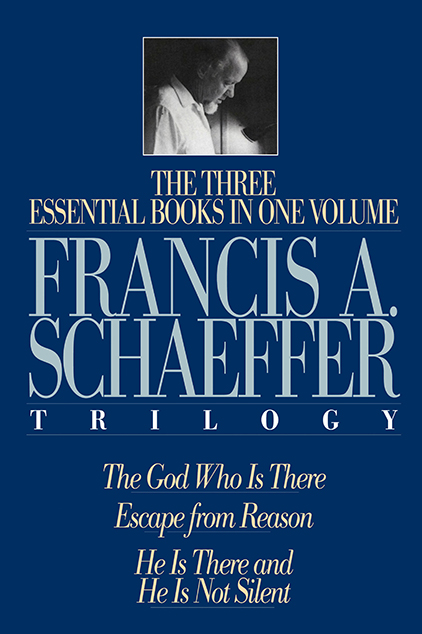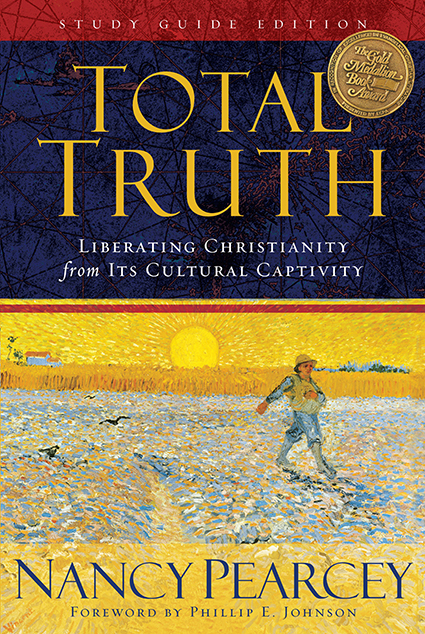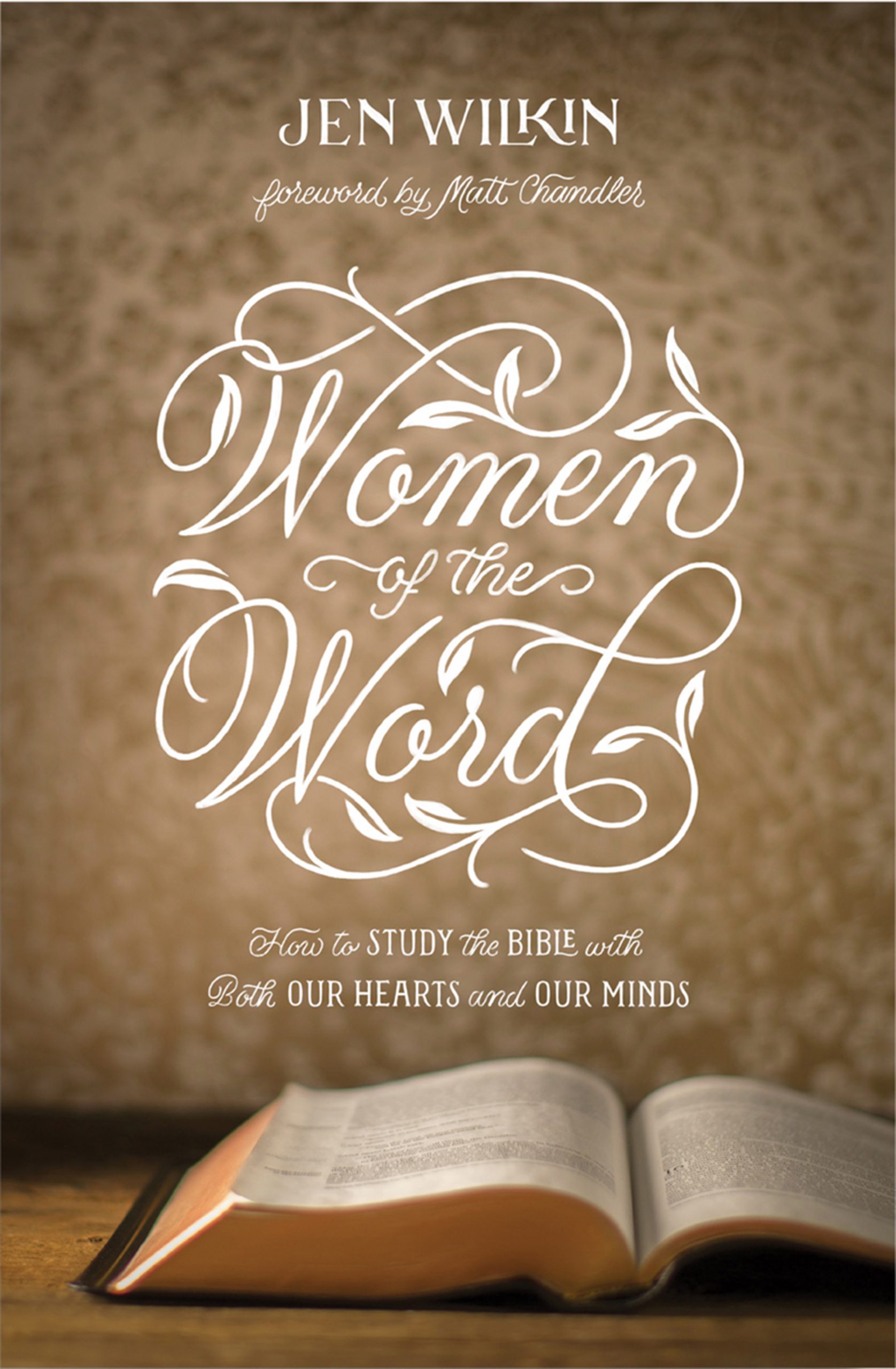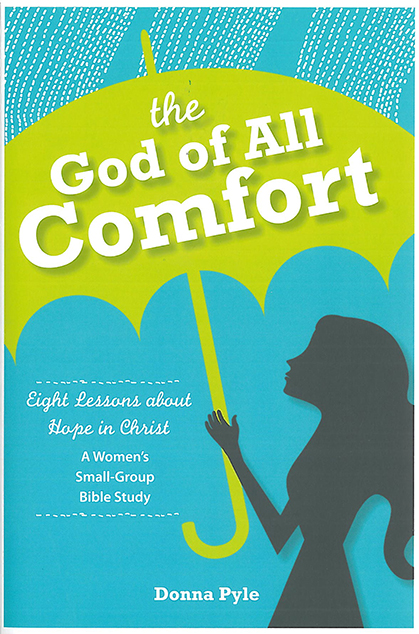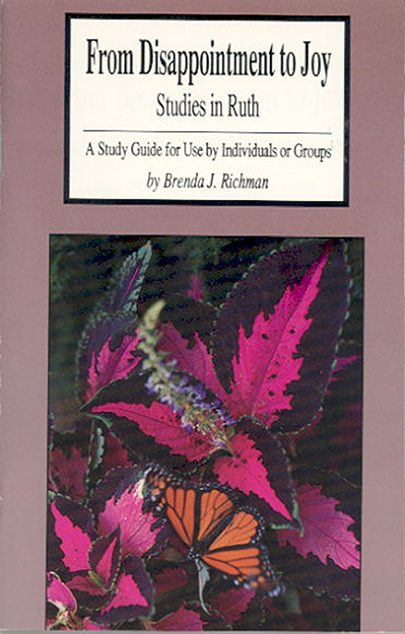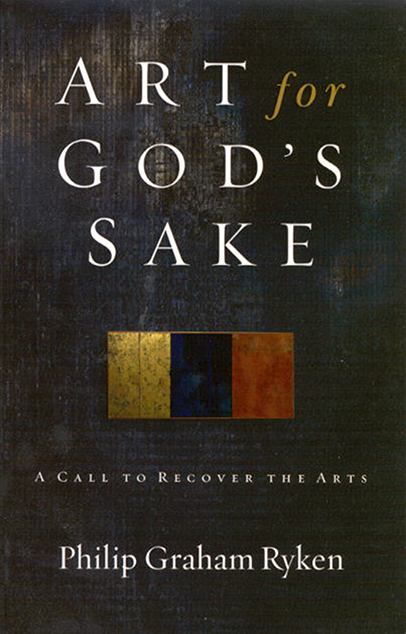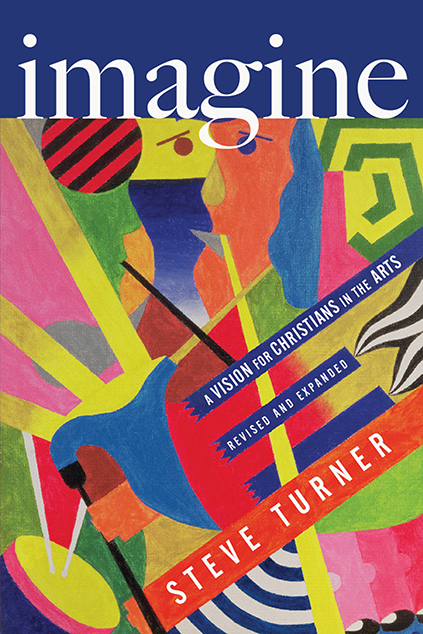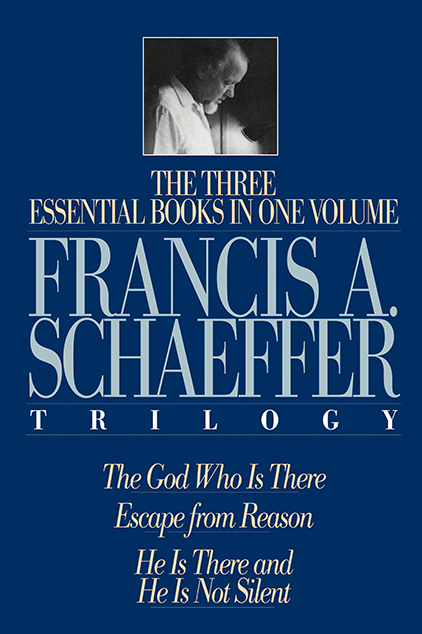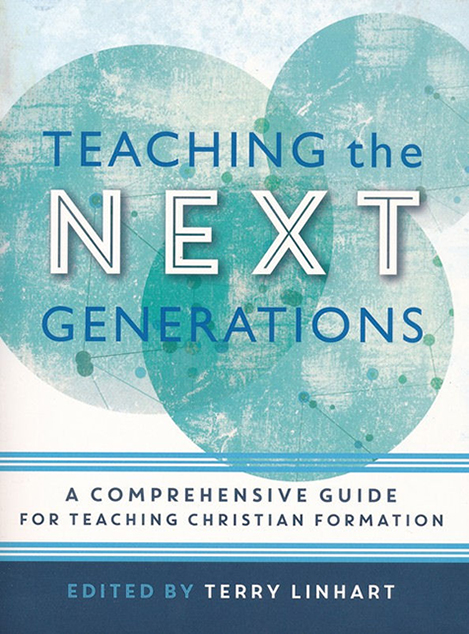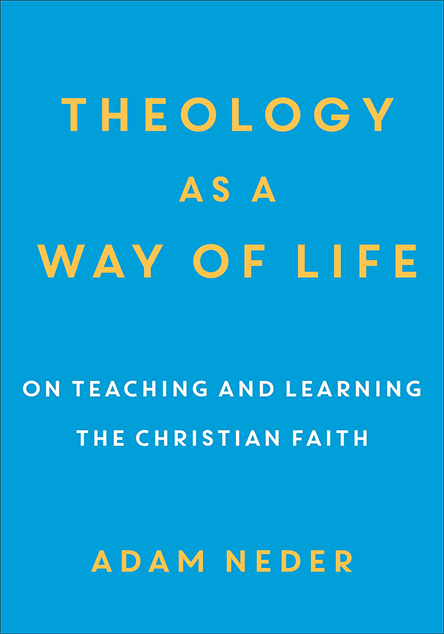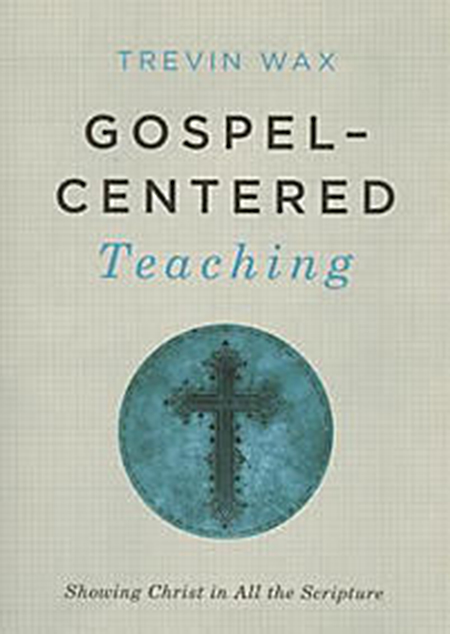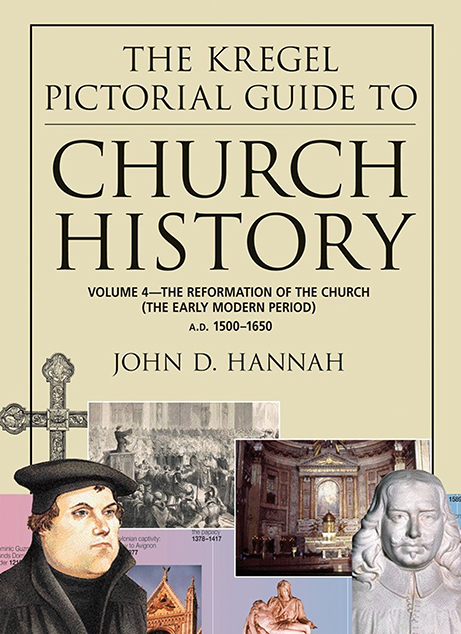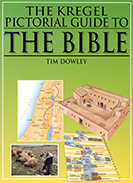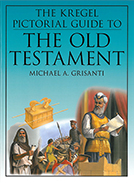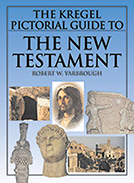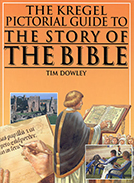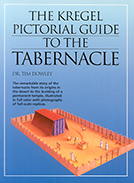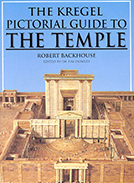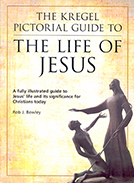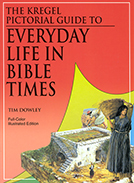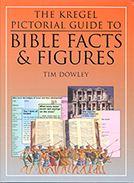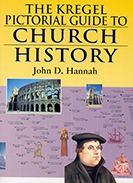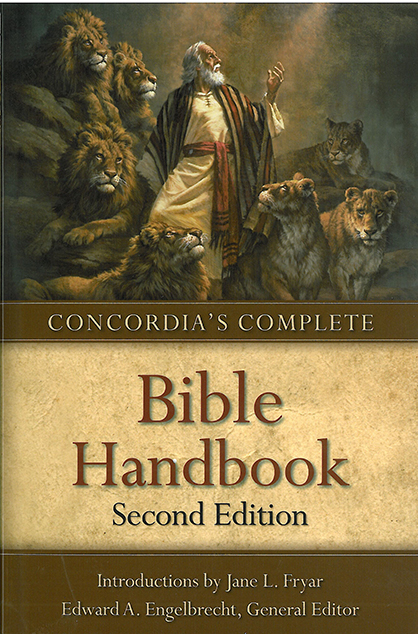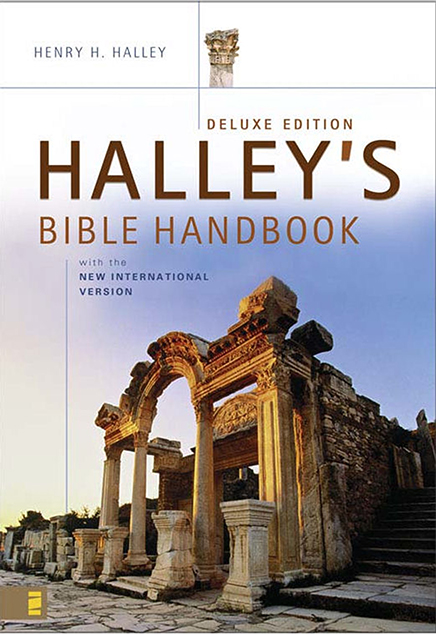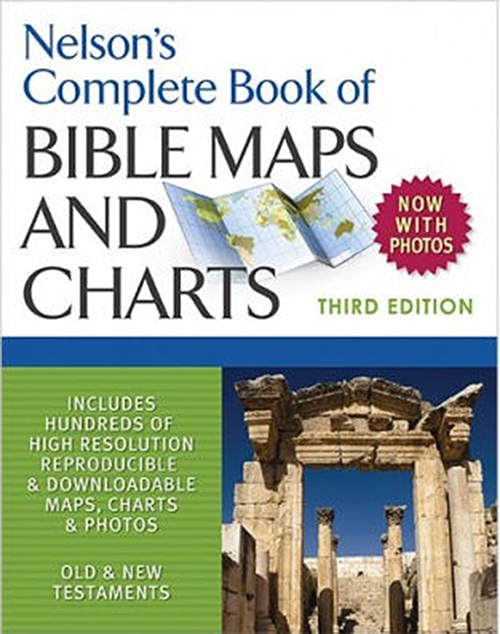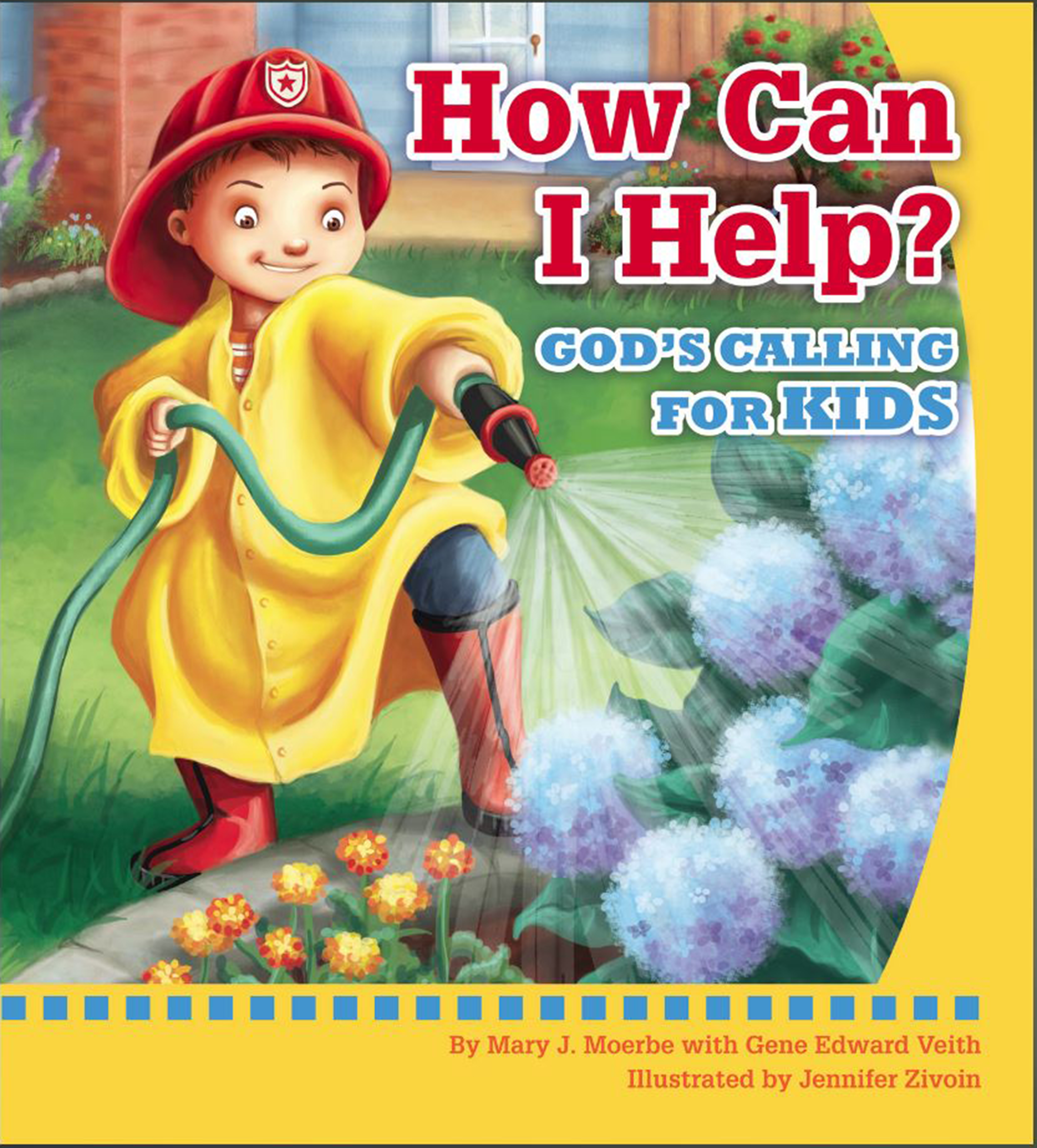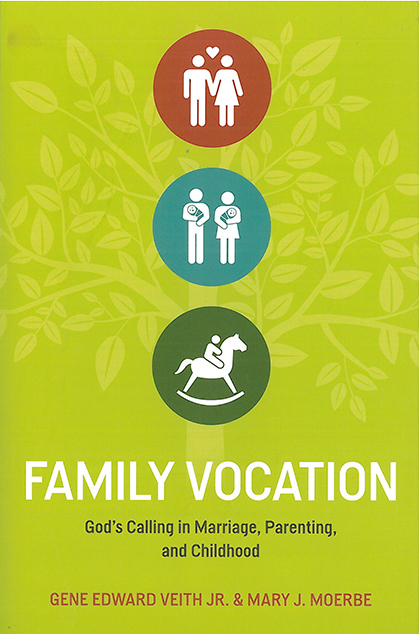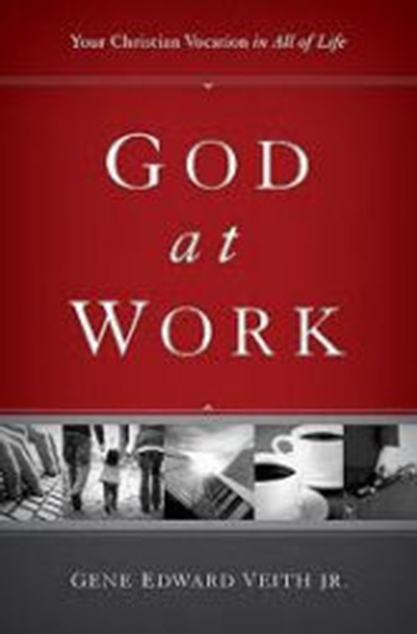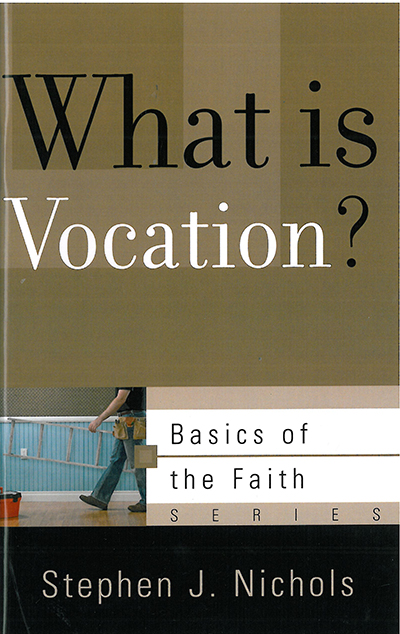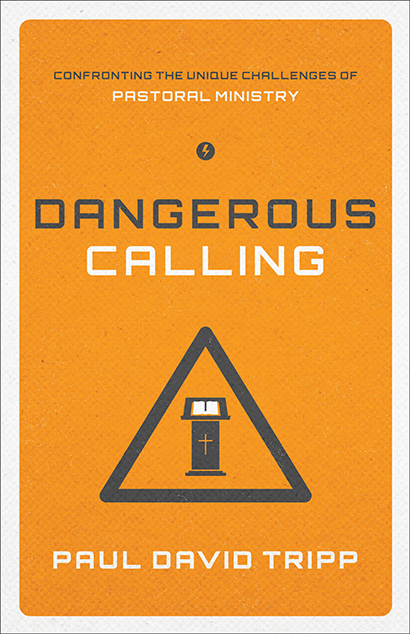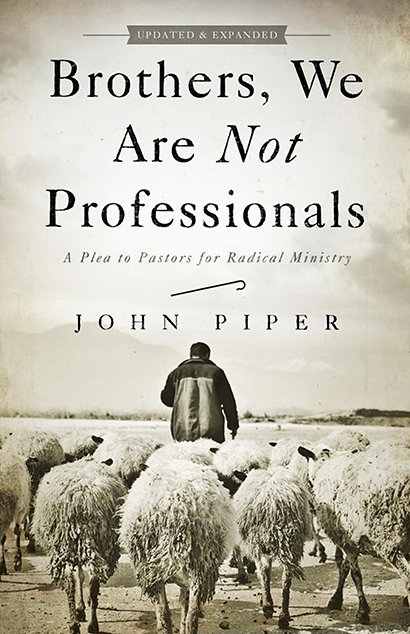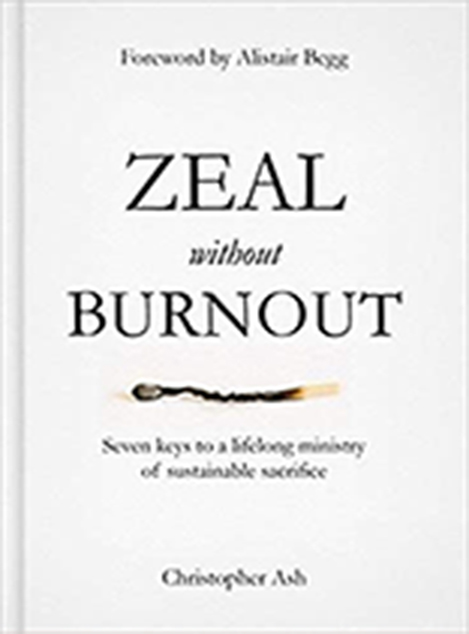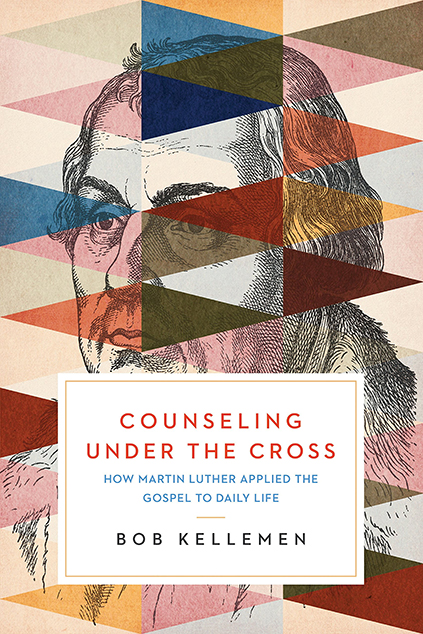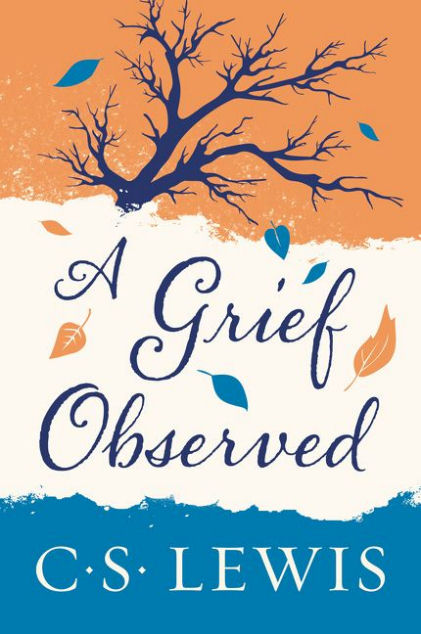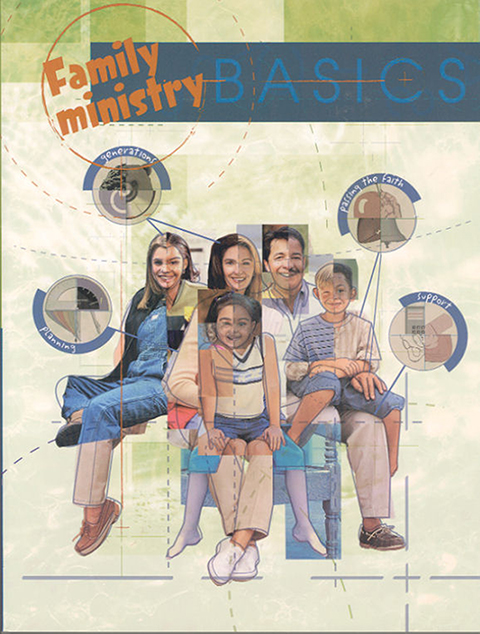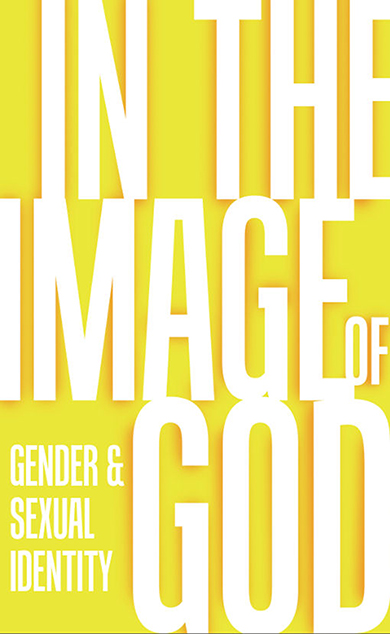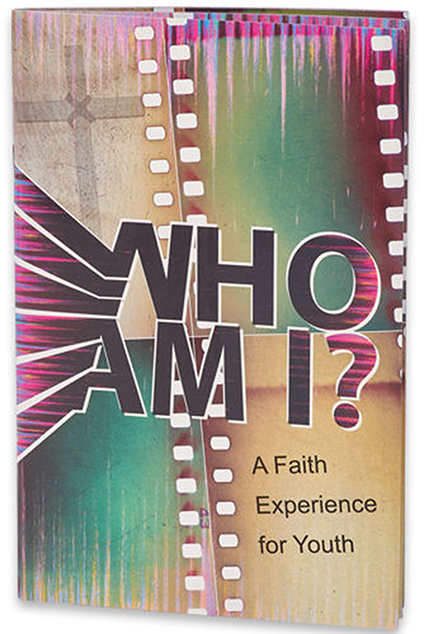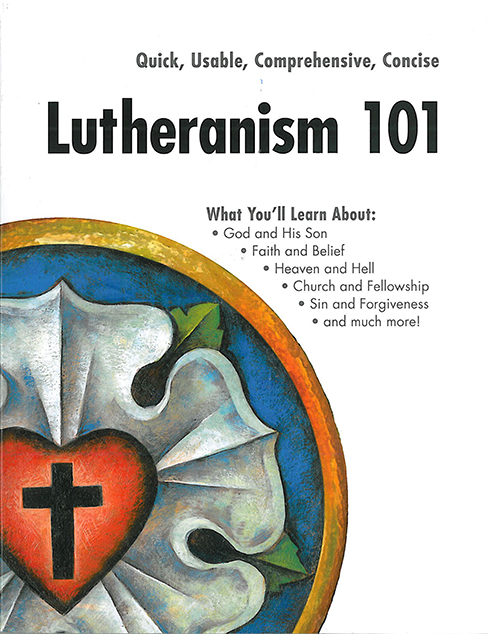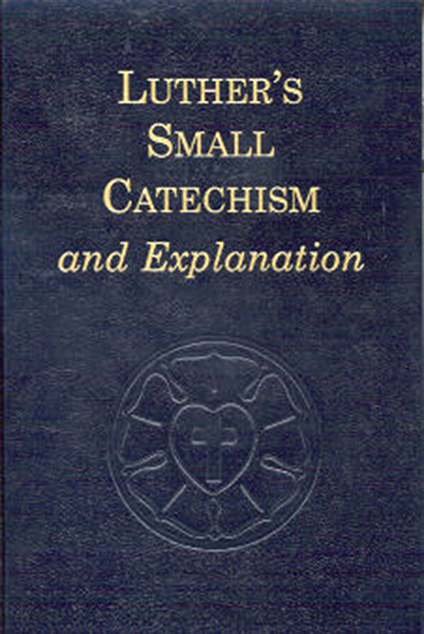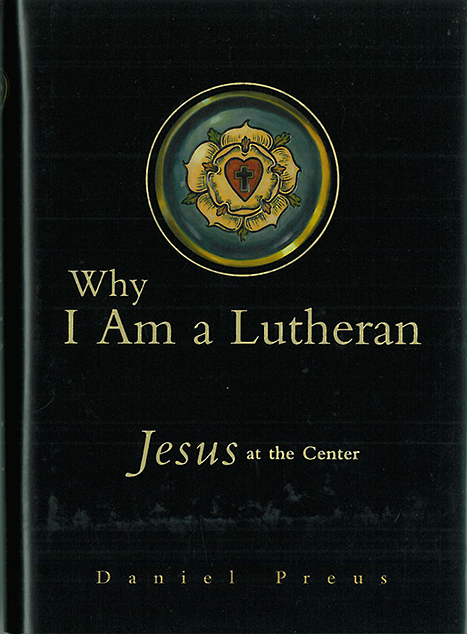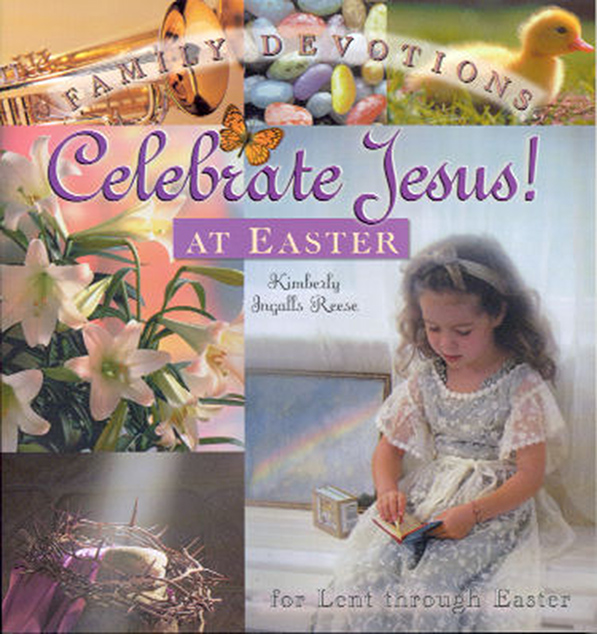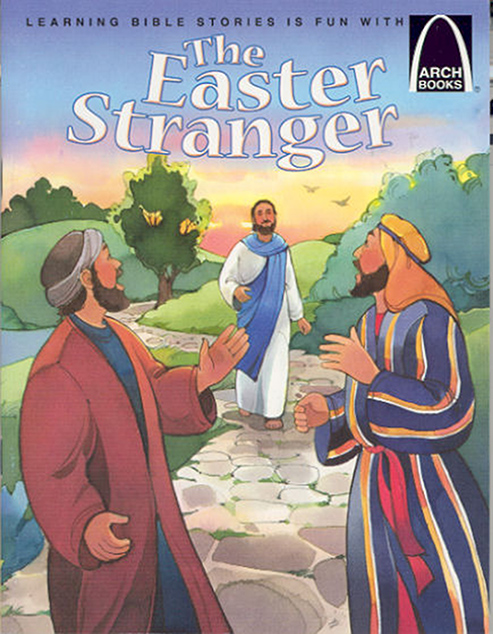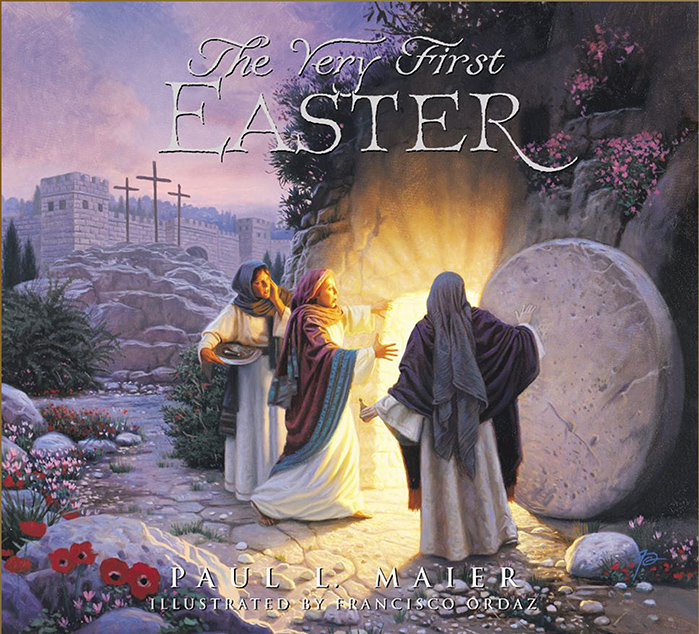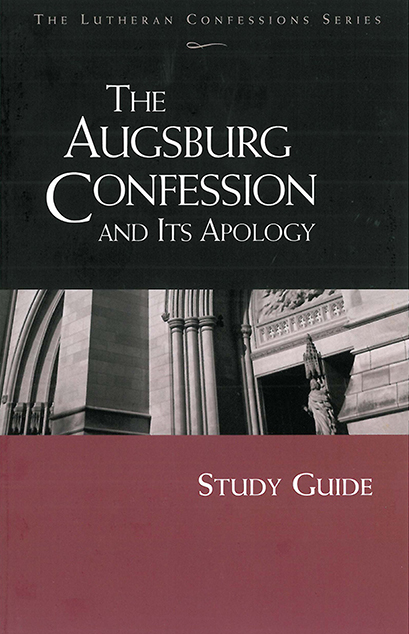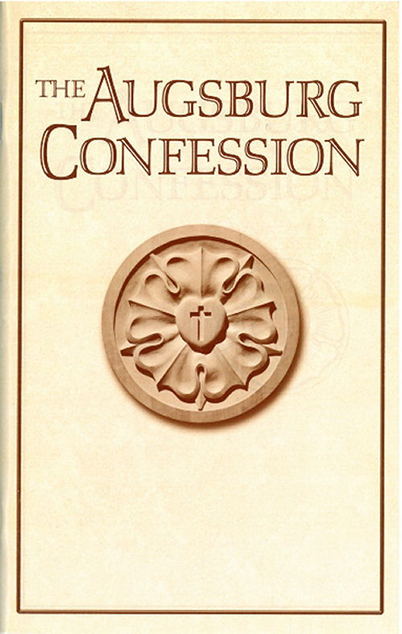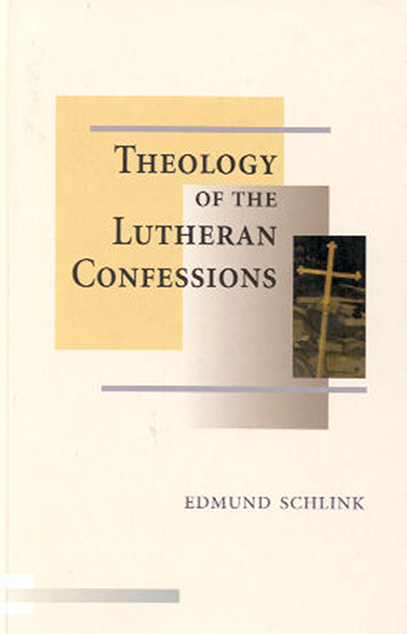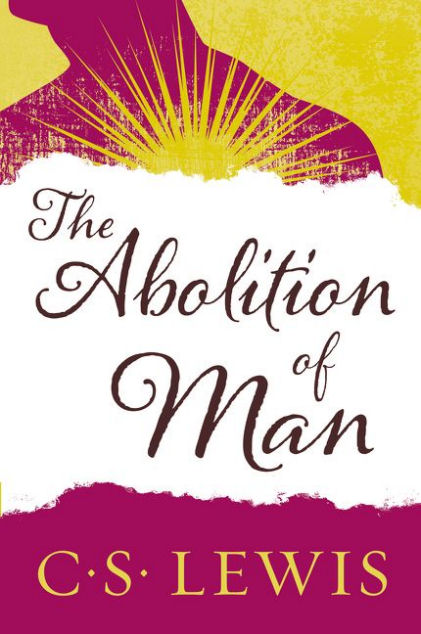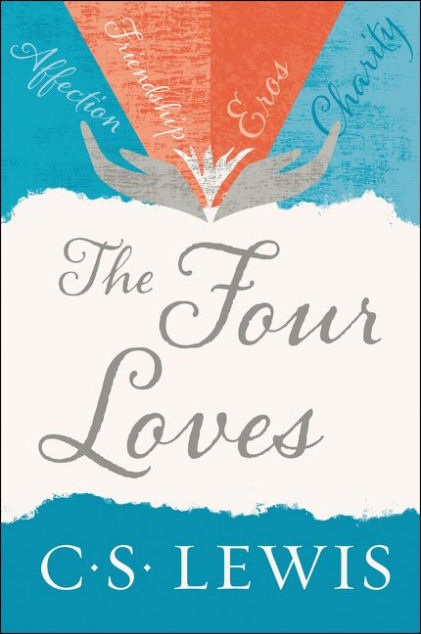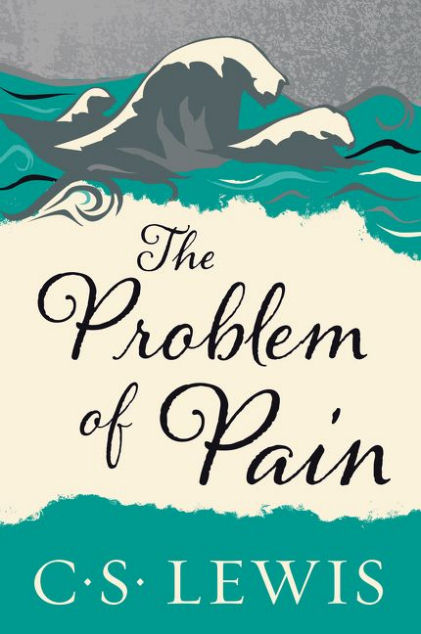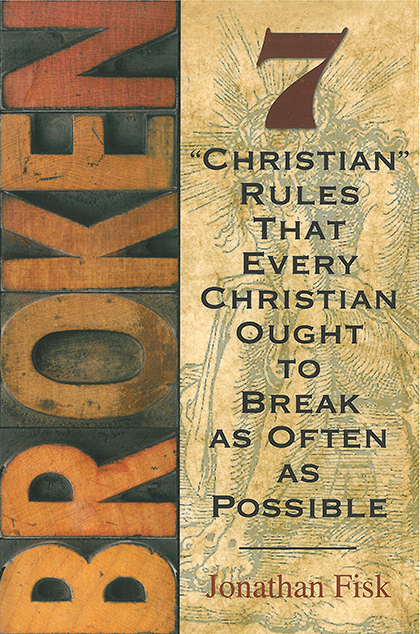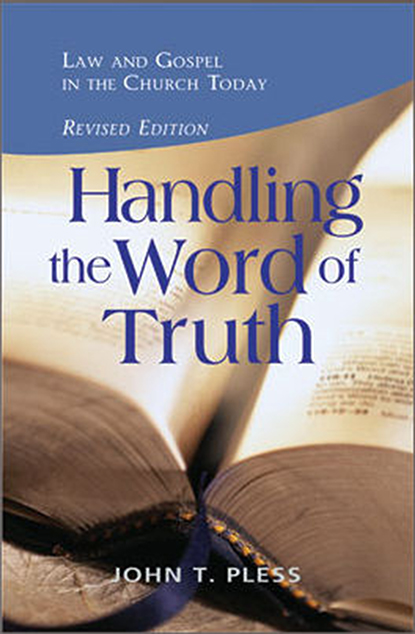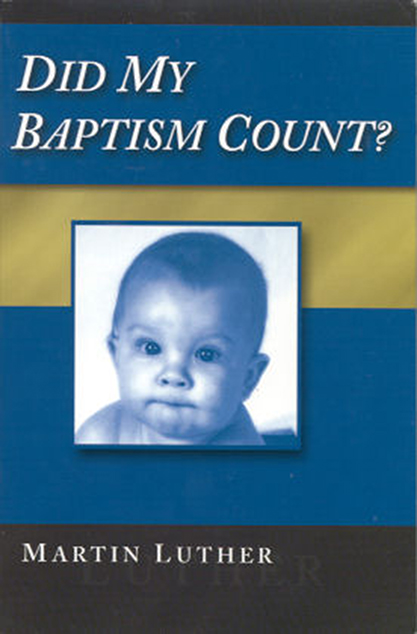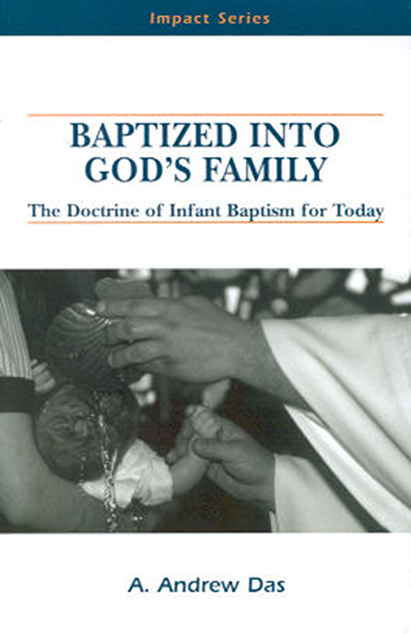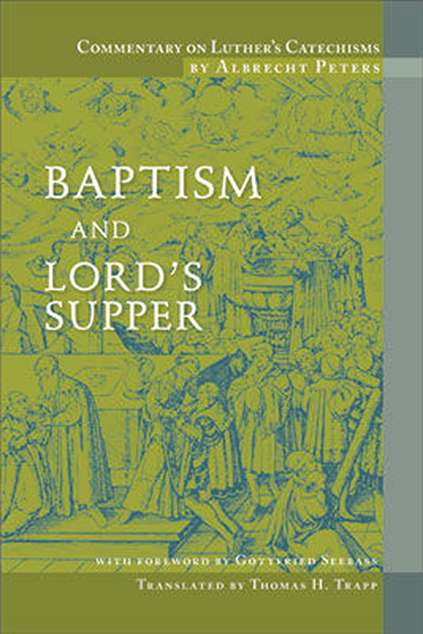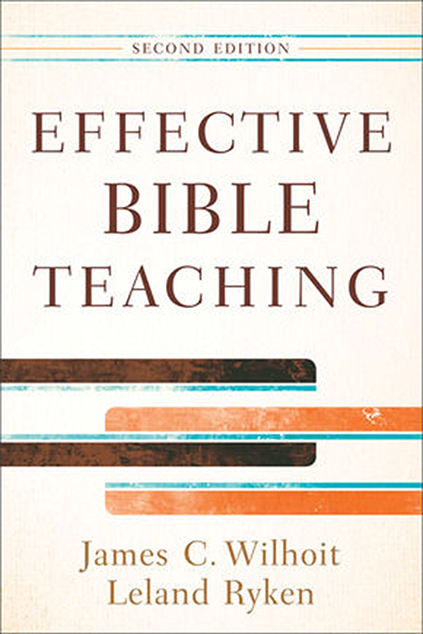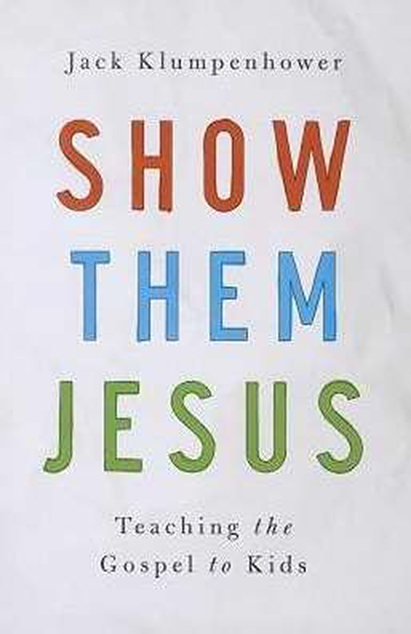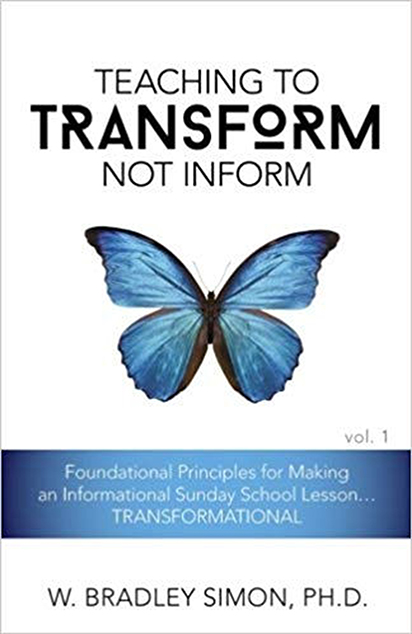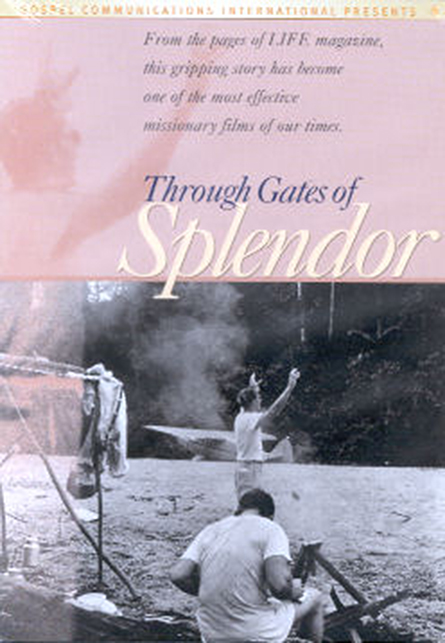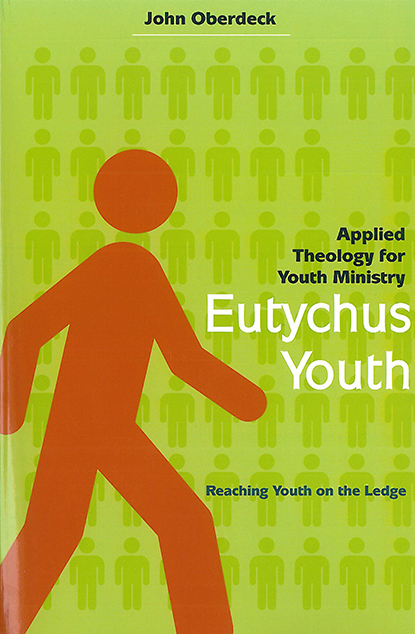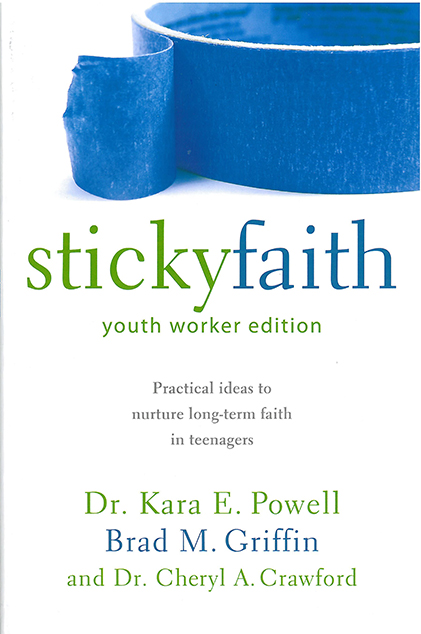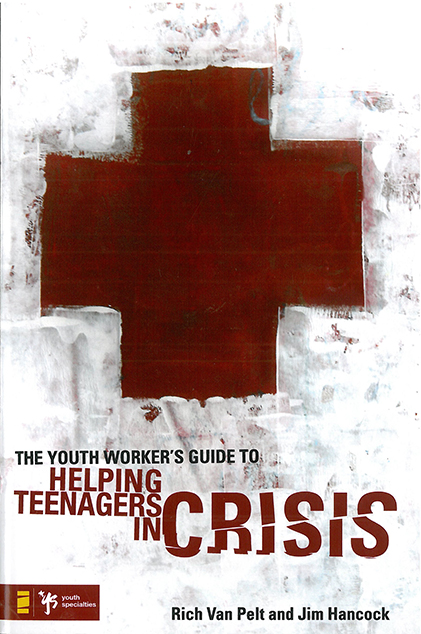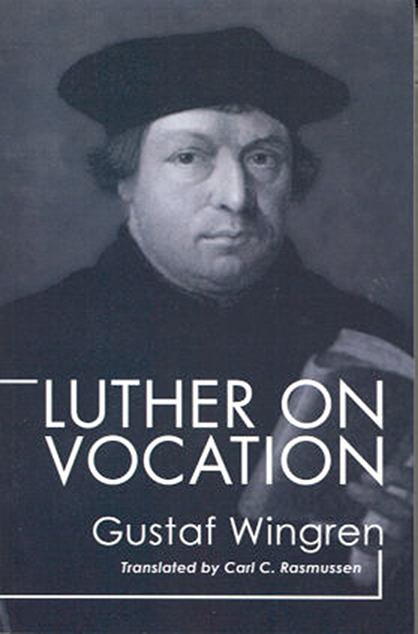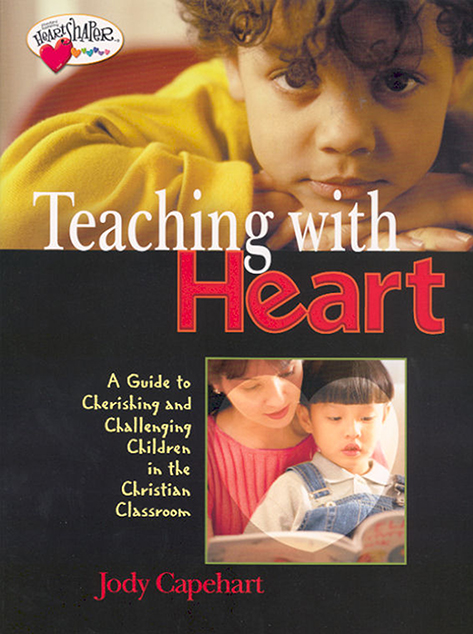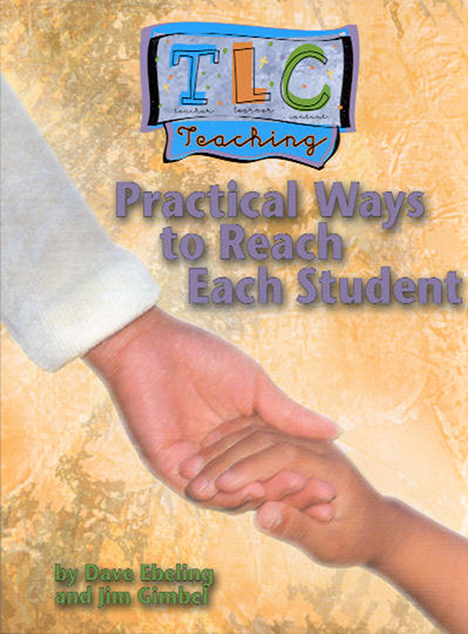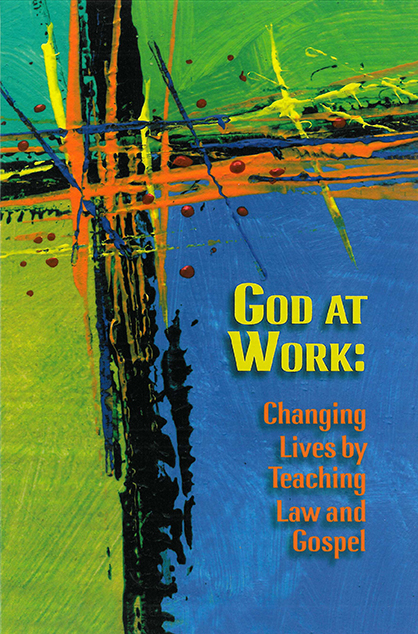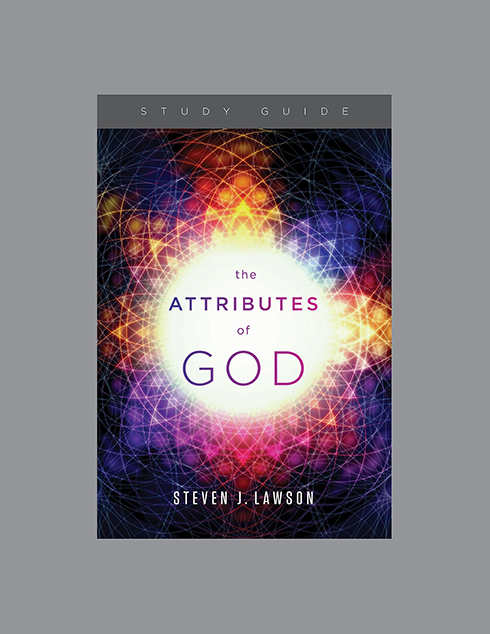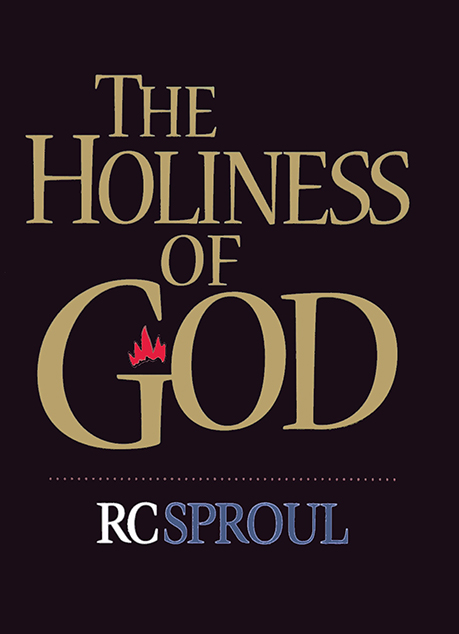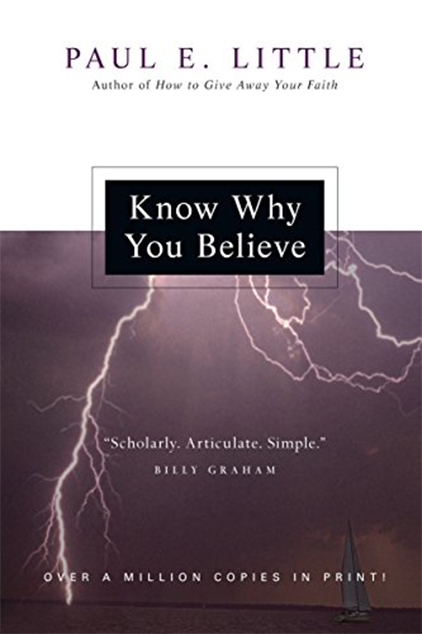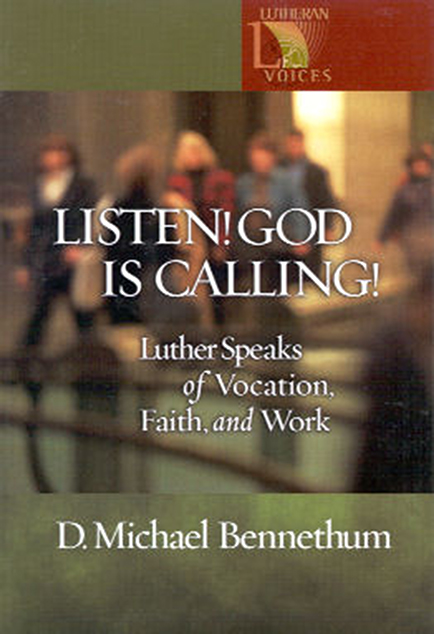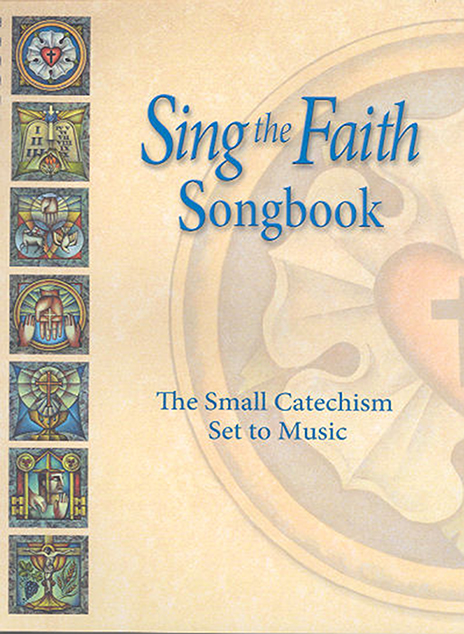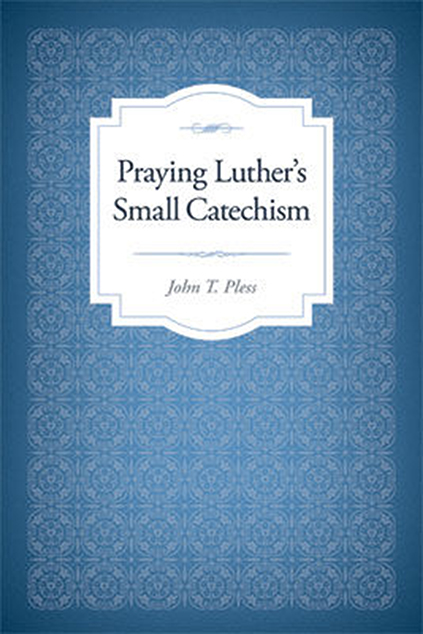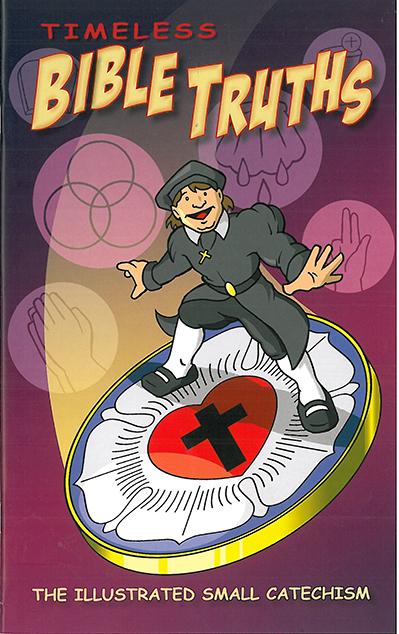June 9, 2021
A Long Obedience in the Same Direction:
Discipleship in an Instant Society
Review by Dr. Jason Holt
In 1980, Eugene Peterson released A Long Obedience in the Same Direction. A second edition came at the turn of the century, and this commemorative edition shows its staying power within Christian literature. Although four decades have passed, the tone remains very current. The subtitle captures its value for ministry leaders in general, and specifically for those serving the next generation: “Discipleship in an Instant Society.” The biblical stance of standing with the Lord and walking in His ways provides a rich ground for making disciples of Jesus.
Peterson turns to the Songs of Ascents in the Psalms to provide the discipleship training. As the well-known translator for The Message version of the Bible, the author utilizes his own wording of Psalms 120 through 134 for examining the passages. His insights on common Christian concepts of repentance, providence, and perseverance are given good treatment in their own chapters. Each one could be useful to studying those topics.
Themes that were particularly strengthening for my soul were on worship and on joy. Worship starts from the solid nature of our Triune God, which leads to the objective nature of our faith. When our life of faith sees the Lord clearly, then our lives are lived in worship. The Christian’s focus also delivers joy by the Lord’s ability to “bring rains to our drought-stricken lives” (101). Christians are called to encounter Christ with the same prayer. We join the psalmist in asking for the Lord to bring life and peace to us once again, and in the process, we invite fellow believers growing in God’s grace to step forward rejoicing in Him.
The book’s layout is easy enough to follow, but it would not necessarily be immediately translated to teaching or small groups without a leader’s preparation. Peterson’s insights are sometimes subtle and at other times direct. I could see congregational leaders reading it, studying a particular Psalm that is in view, and using the author’s key comments in a Bible study or training setting to illuminate the content.
Dr. Jason Holt
AFLC Youth Ministries Director
Plymouth, Minnesota
Also Available
April 28, 2021
A Case for Character: Towards a Lutheran Virtue Ethics
Dr. Joel Biermann (Professor of Systematic Theology at Concordia Seminary, St. Louis) has written an important book entitled A Case for Character: Towards a Lutheran Virtue Ethics. I should begin by defining virtue ethics. You may have taken a course in Christian ethics that dealt with issues like abortion, euthanasia, just war, and capital punishment. Virtue ethics, on the other hand, is more interested in the routine, ordinary habits and practices that people make in daily life. Virtue ethics assumes that humans have a telos (purpose for which we are made), and that certain practices, habits, skills, and even communities will help us attain this telos better than others. Biermann argues that Lutheran theology, properly understood, is well-suited for producing people of virtue, although many argue that just the opposite is true.
I myself once held to the notion that, just as good fruit grows on a good tree, so also sanctification automatically happens in the lives of believers. All the church needs to do is proclaim the forgiveness of sins for the sake of Christ, and as people believe this gospel, they will inevitably grow in character. If this is the case, there is no room for discussing ways of living and ordering our lives that intentionally develop character. That smells of legalism or works-righteousness. Tragically, many Lutherans hold to a view like this one, as I once did.
Biermann, however, demonstrates that the Lutheran Confession makes ample room for virtue ethics, for pursuing practices and habits that form godly character. Importantly, he makes this case without compromising the chief article of justification by faith apart from works.
Many Lutherans, rightly, love the distinction between law and gospel. Biermann thinks this is a good framework for understanding our status before God and for teaching the doctrine of justification. But this framework is less helpful for including the priorities of virtue ethics. Instead, Biermann shows how the simple Christian Creed provides a framework large enough for all of life and theology. The Creed (with its three articles on creation, redemption, and sanctification/restoration) is comprehensive enough to give free reign to both the priorities of justification by faith and the priorities of virtue ethics, without allowing the two to contradict or oppose each other. My favorite takeaway from this book is learning how to think of all of life and theology in terms of the Creed. I recommend this book to Christians who desire a theology that encourages them to live up to their telos, that is, to be fully human as God intended.
Pr. Jarrod Hylden
Skrefsrud Lutheran Church
Beresford, South Dakota
Also Available
March 17, 2021
Lutherans in America: A New History
Review by Pr. Robert L. Lee
This is the main textbook for one of our AFLC seminary classes, "Lutheranism in America." Other fine histories have been used over the years for this course, and they are still good resources for studying past events as well as important personalities. The last major text, however, was published in1980, and a lot has happened within American Lutheranism since then. There was need for a more up-to-date text, to tell the story of the formation of the ELCA, for example, and this is what Dr. Granquist has provided for us.
Lutherans in America includes a fine survey of the past as well as an overview of more recent developments that have changed the face of our denomination. A unique feature is the inclusion of an “excursus” with each chapter that, in my opinion, helps to personalize the subject material. His graphs are helpful, too, and the list of abbreviations and acronyms in the back of the book is a great resource as we wade through the often confusing Lutheran alphabet soup. An annotated bibliography provides lots of possibilities for more directed study.
I find it especially interesting to read Granquist’s last chapter, “Uncertain Present, Uneasy Future,” which expresses his concerns about current American Lutheranism, the nature of which he clearly documents. His final paragraph highlights the importance of the local congregations, “for if there is a future for Lutheranism in America, it will come through those channels and be built off these insights” (p. 350). He also includes a brief epilogue entitled “Hope,” encouraging his readers to reach back into our history and find “creative ways to reappropriate their theological and spiritual traditions to meet the needs of the future” (p. 356).
Are you interested in learning more about your American Lutheran roots? If so, I cannot recommend a better and more current resource for you to acquire and enjoy.
Pr. Robert L. Lee
FLBCS Professor of Church History
and Editor of The Lutheran Ambassador
Plymouth, Minnesota
Also Available
February 10, 2021
Celebrate Jesus! At Easter:
Family Devotions for Ash Wednesday through Easter
As a mother, it is very important that I strive to mentor my children in the Christian faith. However, the scope of such a task is so monumental that it can prove very daunting.
Never is this more true than during the Lenten season. Having grown up outside of the Lutheran church, the whole idea of Lent is entirely new to me. There is too much glory and truth to be distilled down into 40 days, and I easily grow overwhelmed by all of the wonderful ideas and suggestions thrown my way. Where do I even start?
Enter Celebrate Jesus! At Easter. Kimberly Ingalls Reese comes as a purveyor of peace, bringing with her everything you need to begin a family Lenten practice. With song and activity suggestions, Scriptures for memorization, weekly big picture lay-outs, and daily devotions and prayer, Reese gathers all the pieces and then presents them together like a beautiful quilt just waiting for you to snuggle up in. As He ought to be, Jesus is at the center of every day, and calls to faithfulness are presented as a response to His grace.
Celebrate Jesus! At Easter works to bring the whole family together around the real reason for Easter—salvation through the death and resurrection of Jesus Christ. This book enables parents to take the focus off of bunny rabbits and colored eggs and other secular trappings and to instead center it around the message of the Gospel. To have Reese’s guiding hand carry us through the Lenten season would be a tremendous blessing for any family, especially those with young children.
Leeanna Lunn
AFLC Board of Publications and Parish Education
Upsala, Minnesota
Enjoy this Spotify list of music created by Leeanna to correlate with the devotional readings in Celebrate Jesus! At Easter: https://open.spotify.com/playlist/6TluclgV3A3VzGJahS3jNp
Order your copy here: Ambassador Publications Online Store
Also Available
January 28, 2021
We have used Betty Lukens Flannelgraph Deluxe Set on three continents. In each place, we have found it to be an effective Bible story teaching aid. The figures are brightly colored, the scenery back drops beautifully designed, and the amount of material for the dollar is well worth the cost. The stories are laid out in the guidebook, along with the numbers of each flannel figure needed, including the backdrop and scenery items.
Most recently, we used the flannelgraph set while teaching Release Time (religious education) with Grades 1-6 public school students, hosted by our former parish in Badger, Minnesota. We had tried a variety of teaching methods, from video lessons to worksheets, and found that keeping the attention of children at the end of the school day was a challenge. We decided as a couple to invest in a Betty Lukens Flannelgraph Set to use with the students, as well as with our grandchildren. The success was immediate and impactful. The “old school” method brought new life to the Bible stories! The students’ attention was captivated by the colorful, yet gentle, way of teaching God’s Word using the flannel figures. We had a student helper each week who would place the flannel figures as we read the story; the children were always excited for their turn to help.
The set is an investment, but when you calculate the number of stories that can be told using the set, the quality, and the long-lasting material, it is well worth the cost. The set does come uncut, so it helps to have several helpers with sharp scissors to prepare the figures in advance. The set comes with outlined storage boards on which the figures can be placed. The story guide is in general very good, but we did change some parts of the story to better represent the most important part of the Bible text and to align with our Lutheran convictions. Some of the “modern day” people figures do look dated (think 1950s), but the biblical characters are timeless.
If you choose to purchase the set, you will need to have a sturdy, adjustable easel on which to place the felt background board. The set is a great supplement, or can stand alone, in teaching Sunday School, Vacation Bible School, Backyard Kids’ Clubs, or in your home. We look forward to using ours with our grandchildren as we seek to nurture their faith in Jesus.
Pastor David and Sarah Nelson
Marshall, Minnesota
David is a member of the AFLC World Missions Committee,
and David and Sarah formerly served as AFLC missionaries.
Sets are available in small, small deluxe, large, and large deluxe sizes.
Order your copy here: Ambassador Publications Online Store
Also Available
November 18, 2020
The Gospel Comes with a House Key:
Practicing Radically Ordinary Hospitality in Our Post-Christian World
Radically ordinary hospitality. Does this term seem oxymoronic to you? The concept that something deemed “radical” could also be described as “ordinary” is difficult to comprehend. And, further, how could hospitality be considered “radical” in the first place? In The Gospel Comes with a House Key, Rosaria Butterfield’s entire thesis rests upon this concept—Christian hospitality, when lived out in accordance to examples set forth in Scripture, will look radical in our 2020 world, but should feel ordinary as well.
Butterfield does not hesitate to address the key issues of our post-Christian culture, diving headfirst into topics such as our response to the refugee crisis, the needs of those currently imprisoned, the way we interact with our LGBTQ neighbors, and the needs of thousands of children and teens in our country’s foster care system. Sharing experiences from her former life as a lesbian, her conversion story (much due to the hospitality and grace extended to a young Butterfield by a Christian family), and her current life as an adoptive mother and pastor’s wife, she shares the need of so many, both inside and outside of the church, for open arms, a shared table, and a trusted listening ear. The need is for radically ordinary hospitality.
In the midst of the COVID-19 pandemic, reading a battle cry for a life built upon open doors and full tables might seem strange or impractical. However, Butterfield provides a timely reminder to look beyond our own stockpiles of toilet paper and disinfectant wipes in order to meet the needs of our neighbor. Although her book was published in 2018, before the thought of shelter-in-place orders and three-household rules ever crossed the minds of Americans, Butterfield provides refreshing encouragement to look for practical ways to open our doors, share our lives, and extend grace to those the Lord has placed closest to us.
Although I did not always resonate with the way Butterfield defended her claims—she being a Presbyterian, and I a Free Lutheran—her words are saturated in the truth of God’s Word. Her writing is filled with references to grace, mercy, and the desperate need of all humans for the glorious truth of the Gospel.
If you are ready to be challenged and pushed from your Christian home-life “comfort zone,” Butterfield’s book is for you. As she states in chapter two, “When our Christian homes are open, we make transparent to a watching world what Christ is doing with our bodies, our families, and our world.”
Chanel Pederson
Executive Secretary to the AFLC President
Plymouth, MN
Also Available
October 7, 2020
Post-Christian:
A Guide to Contemporary Thought and Culture
“Postmodernism” has been used frequently to describe our culture. However, this concept, which has been around for quite a while now, no longer seems to fit our society today. But what does that mean? Are we still living in a world dominated by a postmodern worldview? And if we’re not, what kind of age are we in now, and how should we as believers respond? This new book by Gene Veith deals with this very issue. Post-Christian: A Guide to Contemporary Thought and Culture is a sequel to Gene Veith’s earlier work, Postmodern Times, and it looks not only at the historical worldviews that have brought us to this current point in time, but also offers ways in which we as believers can respond to the current issues we are facing.
Veith points out in his introduction that while he initially thought postmodernism would end after 9/11, it didn’t. Instead, it “hardened, becoming more political and less playful, more dogmatic and less tolerant.” This change in postmodernism has brought us to a point of being postsecular as well as post-Christian. Veith divides this book into four sections and looks at how we relate to each of these “major facets of contemporary thought and culture”: reality, delving into science and technology; the body, looking at the gender and body issues which are rampant in our culture right now; society and the role politics and education have played and continue to play; and religion, addressing, in part, individuals being spiritual vs. being religious, and secularization of the Church that is becoming more and more prevalent. Each section offers such a great deal of insight into those areas that it is hard to summarize briefly. But as Veith works through each topic and the history and the issues within them, he also points out opportunities believers have in responding to those issues.
Post-Christian offers a lot of information and content to take in, and it is academic in style, which may make it difficult for some readers. However, it is very much worth the effort. Even after going through this book a few of times, I could still gain new understandings from re-reading it again. Veith offers great insights into both the past and current trends in our culture and society that are important for believers to understand as we look to effectively minister to the world around us.
This world we live in can seem depressing at times, but Veith reminds his readers in his conclusion that “Christians should not be discouraged, despite the seeming unreceptiveness of post-Christian society . . . Christ builds his church. God acts. The succession of ages and movements are all in his hands—premodern, modern, postmodern, post-Christian, postsecular, and whatever will come next.”
Diane Brubakken
Ambassador Publications Administrative Assistant
Plymouth, MN
Also Available
September 23, 2020
Women of the Word:
How to Study the Bible with Both Our Hearts and Our Minds
Women of the Word is Jen Wilkin’s approach to studying and teaching the Bible. Fond of alliteration, as so many teachers seem to be, she’s broken down the art of Bible study into Purpose, Perspective, Patience, Process, and Prayer. In a simple, down-to-earth manner,
she explains timeless concepts like “metanarrative,” “genre,” and “context.” I appreciated that she included prayer in her study structure and that she advises us to hold off on consulting commentaries until after we have thoroughly examined the passage, its context, and any cross-references we see in our Bibles. Wilkin’s approach to Bible application is also helpful. We begin with God (what the passage reveals about Him) before considering ourselves.
The majority of the book is about studying the Word of God, which can be applied to all people. So, where does the “women” part of the title come in? The gender specifics appear
in chapter 9, which is about teaching the Word of God to women. The ninth chapter is part appeal, part handbook, for women to improve the quality of women’s Bible studies. This is, essentially, the goal of the book: to equip women to carefully study the Word of God together. One is not a Christian alone but a member of Christ’s large and diverse family
(1 Cor 12:12-26). Therefore, it makes sense that studying God’s Word is not done in isolation. If you are looking to start a Bible study group, improve the contributions you make to your current Bible study group, or just want to enhance your own study of God’s Word,
I recommend this book.
Rachel Molstre
FLBCS Library Assistant
Plymouth, MN
Also Available
June 10, 2020
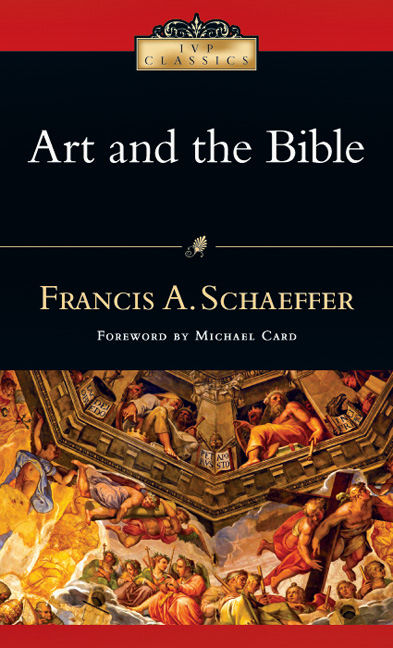
Once again, Francis Schaeffer blew my mind and brought such joy to my heart in this book simply titled: Art and the Bible. I’ve come to love Schaeffer’s passion for truth and the way he brings to light the way we live out the lies we don’t even know we believe. His practical philosophy gets to the heart of the modern believer, and this book was no exception.
The book is a compilation of two essays: “Art in the Bible” and “Some Perspectives on Art.” I appreciated the publisher’s choice to publish them together as they build on each other to create a complete and yet concise presentation of his thoughts.
“What is the place of art in the Christian life?” “Shouldn’t a Christian focus his gaze steadily on ‘religious things’ alone and forget about art and culture?” These are the questions Schaeffer seeks to answer in his first essay. He speaks to God as Creator and all the times that God commands that art be erected in His honor. Scripture is, in a fashion, a piece of art, with poetry, music, drama, and dance all portrayed and utilized by God Himself. Such false ideas as misinterpretations of the First Commandment and the mindset of art as primarily secular are quickly addressed in the light of Scripture and proper hermeneutics, as the glory of mankind as image-bearers of the Creator of the Universe is revealed.
“How should we as creators and enjoyers of beauty comprehend and evaluate it?” In the second essay, Schaeffer speaks to a matter that has often laid heavy on my heart—namely, that the Church has fallen from being at the forefront of great art and beauty to being pleased with ourselves if we can manage to produce passible imitations of secular art. God has given us more to reach the lost with the Gospel than just apologetics and solid reasoning. He has also given us beauty, empathy, expression, and a thirst for something greater than ourselves. By relegating art to the secular world in order to focus on “religious things,” we may be equipping the mind, but we are abandoning the soul in the process. The arts are full of styles, mediums, and modes in which the full realm of the human soul can be expressed from one person to another in a way that simply nothing else can.
I will take the risk in saying that never have we been more in need of awe-inspiring, God-glorying, raw, beautiful art than today in this post-Informational Age where compassion and connection are quickly becoming the most important qualities to the culture in which we strive to bring the truth. As Schaeffer says, “The Christian’s life is to be a thing of truth and also a thing of beauty in the midst of a lost and despairing world.” This book was truly a blessing, and I would highly recommend this short and easy read to anyone wondering what art can do for the believer.
Leeanna Lunn
Word of Life Free Lutheran Church
Upsala, MN
Also Available
February 26, 2020
Effective Bible Teaching
Review by Pr. Wade Mobley
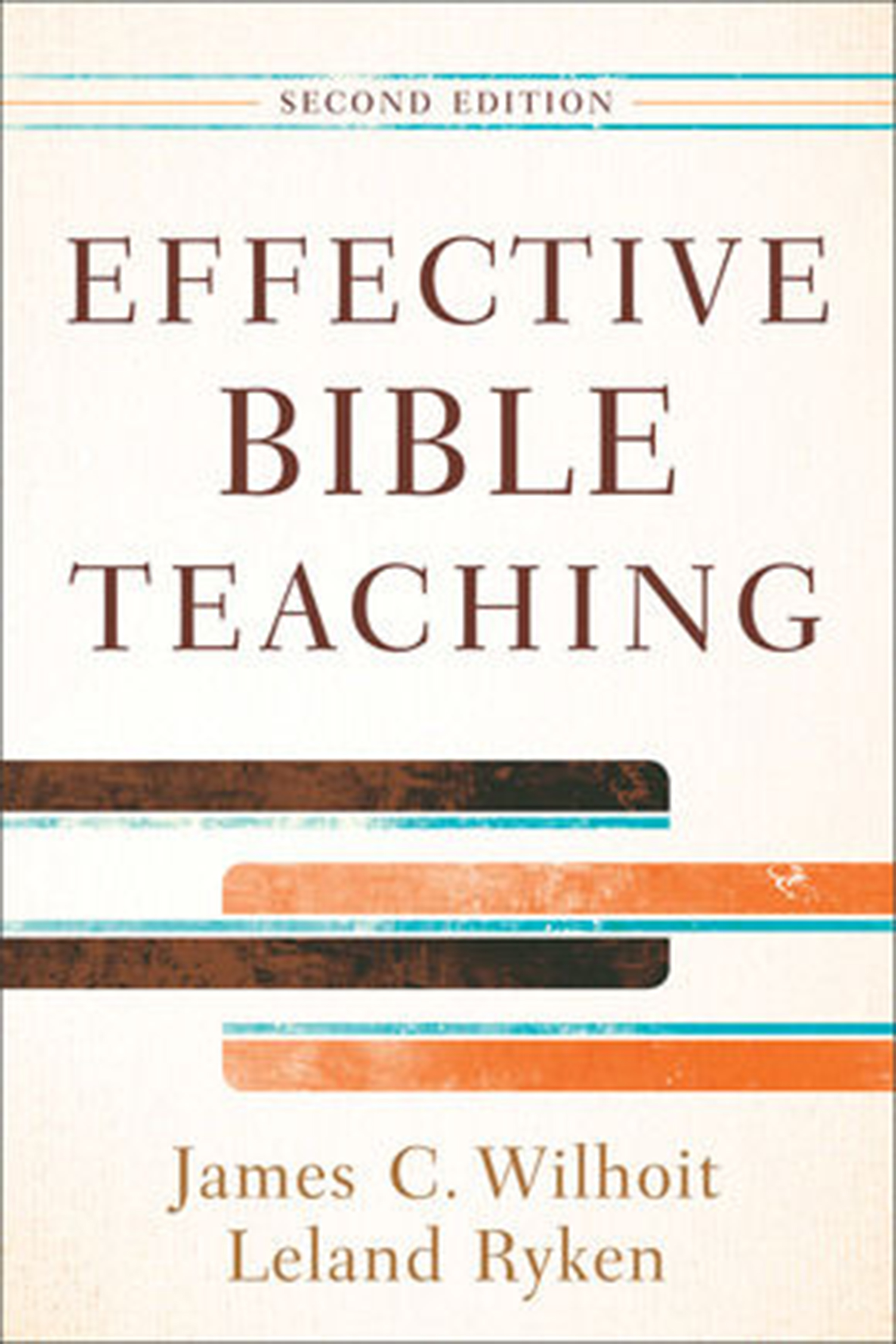
Teacher training should receive a much higher priority in the church than it typically does. With it teachers can learn to master a biblical text in terms of the kind of writing it is, to interpret its meaning, and to show the relevance of the Bible to everyday living. It is time to complete the church’s unfinished task (Wilhoit and Ryken, p.27).
As a young basketball coach, I worked with fifth grade to eighth grade students, focusing on the basics of the game and drilling the fundamentals. As I taught more advanced students, I built on those fundamentals and instructed at a higher level. One joy for many coaches is the acquisition of more knowledge to teach their players. I harvested basketball knowledge everywhere I could find it, even to the point of traveling with a box of three-ring binders full of sketched offenses, defenses, drills, and game plan elements.
I didn’t realize, though, that my acquisition of knowledge had blunted my effectiveness as a coach. What woke me up was a pointed statement from a more experienced instructor: “Coach, you know enough basketball to win games right now. The question is, ‘Can you teach anybody what you know?’ That is what will make you a coach.” I spent the next year studying not basketball, but how to teach it.
This pattern is carried out in congregations all over the world today. We love the fundamentals of the faith, and we love learning the meat and potatoes too. However, we often assume too much, using jargon to teach intelligent students, assuming that they possess a low level of intelligence and a high level of education. We simultaneously dumb down the precious truths of the Bible and talk down to our students, who are (in fact) highly intelligent but (often) not highly educated.
Enter the text under consideration, Effective Bible Teaching. Teaching Scripture is both an art and a science. The ability to teach (beyond the mere willingness to do so) Scripture is the one explicitly biblical aptitude for pastors and elders. But teaching Scripture is also a skill that can be obtained, and, once possessed, improved upon.
Wilhoit and Ryken consider two types of ineffective Bible classes: The class that knows it is failing, and the class that is painfully unaware of that failure. Then they address solutions to make those classes effective, including committing to the power and authority of Scripture, exegeting Scripture, interpreting various genres of Scripture, developing good course and class objectives, asking good questions, and securing student engagement.
Many classes fail, say the authors, because they have no clear goal in mind other than meeting together with Scripture having some role, even if it is unspecified. They claim that, with some prayerful, intentional effort, a Bible class can become the highlight of congregational life. I agree, and this text fueled my love for Bible teaching in the congregation.
I would like to add a personal note. Engaging with a text like this is a humbling effort. In order to improve your teaching, you must be willing to consider that there is room for improvement. Satan tempts us with our pride to consider this an impossibility, yet once we admit that perhaps I, even I, could learn from such a text, he begins to tempt us to despair. I found myself wanting to offer a refund to my former congregation—wanting to do it all over again. But that’s not fruitful or productive, nor is it the intention of this book, or continuing education in general. Dive in, learn what you can, and move on.
Who is the ideal teacher? He or she is a travel guide through the Bible, traveling with students through life, accompanying them with God’s Word, and becoming a friend in the process (Wilhoit and Ryken, p.41).
“Who is sufficient for these things?” rings in our ears along with “Let not many of you become teachers.” But the Spirit and the gifts are ours, and Jesus Christ, who both gifts and calls, also prepares teachers for His own service. While some more than others are “born” teachers, every teacher can—and indeed must—learn new instructional skills while they hone those they already possess. The result will be students who are engaged with the Bible—the most essential curriculum in the world—and mature in Christ.
Reviewer’s note: While this volume is a popular work, it is also the primary text for the 2018 Summer Institute of Theology at AFLTS August 6-10. For more information, visit https://aflbs.org/events/2018-summer-institute-theology-sit/ or call Marilee Johnson at (763) 544-9501.
Pr. Wade Mobley
President of AFLC Schools
Plymouth, MN
Order your copy here: Ambassador Publications Online Store
Also Available
January 29, 2020
Kregel Pictorial Guide Series
Review by Diane Brubakken
Do you know . . . how the Bible came to be, what daily life was like during Bible times, or what the Jewish festivals were all about? These are just a few of the questions answered within Kregel’s Pictorial Guide series. As you can see from the list below, with so many books available within this series it might seem overwhelming at first. However, each short booklet provides simple, colorful insights to a variety of biblical topics, making each of them very interesting for both older kids and adults.
- The Kregel Pictorial Guide to The Bible uses maps, timelines, diagrams, and more to create a condensed but vivid overview of the history and background of the Bible.
- The Kregel Pictorial Guide to The Old Testament provides focuses on the historical background and religious life of the Israelites in order to bring “to life the people and the faith of the Old Testament.”
- The Kregel Pictorial Guide to The New Testament goes through the books of the New Testament, providing historical insights into the world at that time and the message believers sought to proclaim.
- The Kregel Pictorial Guide to The Story of the Bible traces the history of how we got the Bible we have today, from clay tablets and papyrus to the printing press and on to the goal to translate God’s word into all languages, for all peoples.
- The Kregel Pictorial Guide to The Tabernacle looks at the history, structure, and services that took place within the Tabernacle and its importance to the people of Israel.
- The Kregel Pictorial Guide to The Temple starts with the Tabernacle and the First Temple, but then focuses on the Second Temple, Herod’s Temple, using images and models to show what this magnificent building would have been like.
- The Kregel Pictorial Guide to The Life of Jesus spans Christ’s birth to His resurrection, providing background on what we know of Christ’s life through Scripture, but also looking at the significance of His life for believers today.
- The Kregel Pictorial Guide to Everyday Life in Bible Times includes information on everything from clothing and medicine to family life and travel to give readers a glimpse of what life would have been like in Bible Times.
- The Kregel Pictorial Guide to Bible Facts & Figures contains a wide array of information, including family trees, name meanings, Bible reading plans, and so much more!
- The Kregel Pictorial Guide to Church History, Vol. 1, is a brief history spanning the Early Church to the Church today and includes a large foldout timeline of Church History.
- The Kregel Pictorial Guide to Church History, Vol. 4, focuses on the Reformation period, looking at reformers such as Luther, Zwingli, Calvin, and others.
Perhaps you already know a lot about the Bible and church history, but even if you do, it doesn’t take away from the benefits of having full-color illustrations and images to supplement that knowledge. All of the Kregel Pictorial Guide books include a variety of maps, charts, illustrations, diagrams, and timelines that make the books both visually interesting and historically informative. In addition, throughout most of the books, the various authors provide Scripture references to direct readers to passages or verses that reveal how the information and history connect to God’s Word. These books are wonderful resources to have on hand. I would recommend them all for personal study as well as for use in Sunday school classrooms or group Bible studies.
Diane Brubakken
Ambassador Publications Administrative Assistant
Plymouth, MN
Order your copy here: Ambassador Publications Online Store
Also Available
November 20, 2019
How Can I Help? God's Calling for Kids
Review by Liz McCarlson
Mary J. Moerbe and Gene Edward Veith have done it again—they have written an excellent resource on vocation, this time for children! If you’re not familiar with the doctrine of vocation, it’s not just jobs, careers, or how we make a living, but it’s the areas of life God has called us to so that we can love and serve our neighbors. This does include the workplace and also the family, society, church, etc. Even children have vocations, and this book is a great way to introduce them to how they can love and serve their neighbors by being a helper!
Dr. Veith has written a very beneficial note to parents (or any adult, really) at the beginning of the book that explains the doctrine of vocation. His daughter, Mary J. Moerbe, has written the text of this little book in a way that is easily understandable and relatable to children. The illustrations by Jennifer Zivoin are well done and show examples of people living out their vocations by being helpers.
I had a chance to read this book to three children in my life who are ages six, eight, and ten. Afterward they said they liked the “happy” pictures. They also said that others who read the book will learn about how to help others and how others help them. We were able to discuss specific ways we can help others (obeying our parents, doing chores, picking up dropped things) and specific ways others can help us (parents feed us, pastors tell us about Jesus, doctors make us healthy). They each gave the book a “thumbs up”!
As the Christian Education Director at my church and an aunt to seven nephews and nieces, I highly recommend this book. It will be a great addition to any family or church/Sunday school library!
Liz McCarlson
AFLC Administrative Assistant
Plymouth, MN
Order your copy here: Ambassador Publications Online Store
Also Available
October 9, 2019
Trials of Theology: Becoming a 'Proven Worker'
in a Dangerous Business
Review by Dr. James Molstre
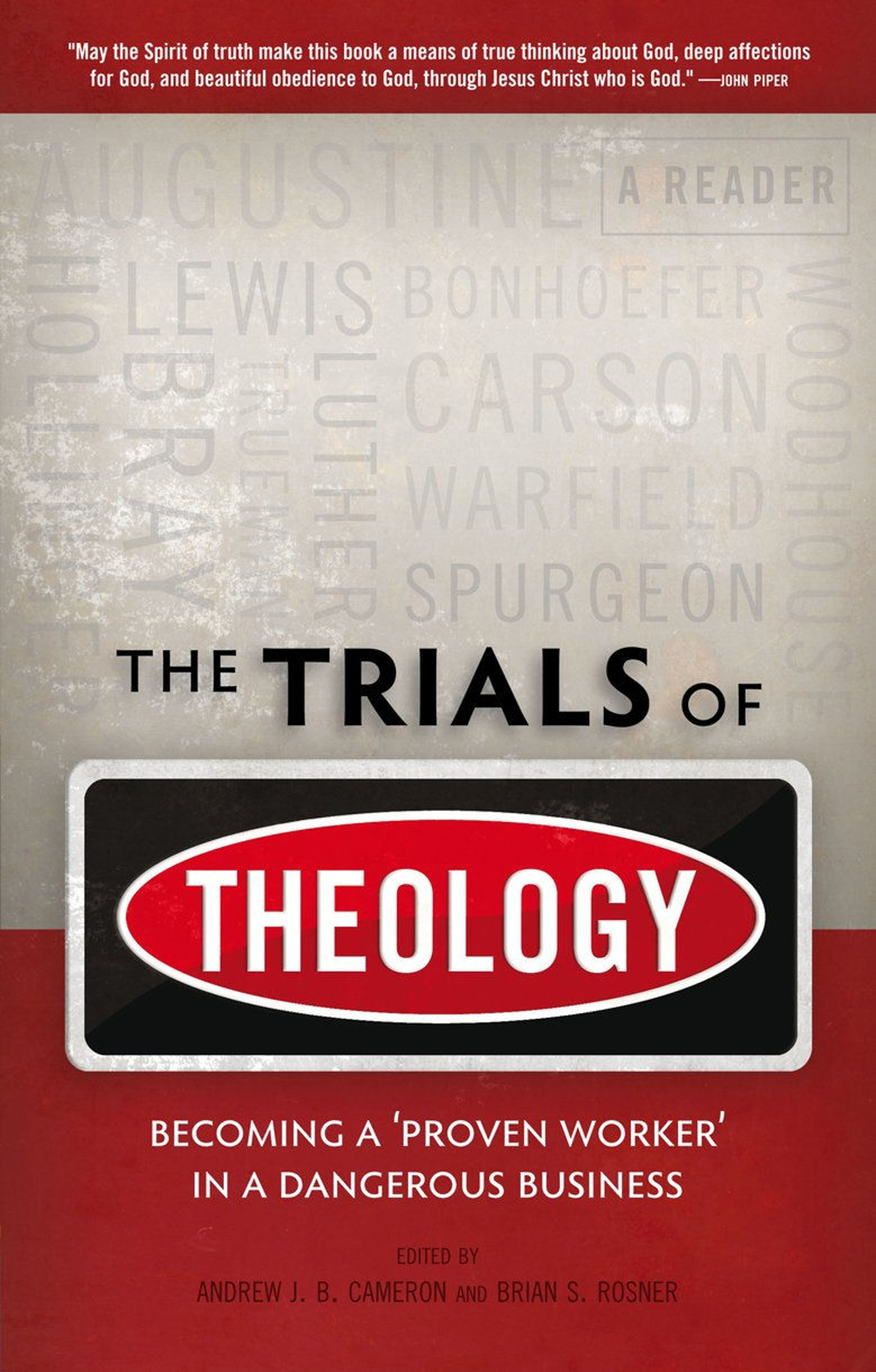
If you would like to read one book that summarizes the attempt of seminaries to impart pastoral wisdom to its students, The Trials of Theology: Becoming a ‘Proven Worker’ in a Dangerous Business is such a book. This little (190-page) book, using theologians from the past and present, attempts to encapsulate fundamental pastoral training.
Part one of the book includes an impressive list of theologians/authors from the past: Augustine, Martin Luther, C. H. Spurgeon, B. B. Warfield, Dietrich Bonhoeffer, and C. S. Lewis. Each theologian’s teaching and advice was given a chapter and included several personal quotes. Because I have read little of him before, I was especially interested in the chapter featuring B. B. Warfield. Warfield tackles the tension of an educated clergy versus a godly clergy. Warfield opposes such a dichotomy, “Why should you turn from God when you turn to your books, or feel that you must turn from your books in order to turn to God? If learning and devotion are as antagonistic as that, then the intellectual life is in itself accursed, and there can be no question of a religious life for a student, even of theology” (p.51).
Part two of the book is comprised of current theologians, each writing about his particular area of theology: D. A. Carson and Biblical Studies, Carl Trueman and Church History, Gerald Bray and Systematic Theology, Dennis Hollinger and Christian Ethics, and John Woodhouse and the Theological College. Each theologian writes about his area of expertise with special concern for the practicality of the discipline. For instance, Gerald Bray articulates his concern that while Systematic Theology is popular among some students, the concern is that it be applied to ministry and not just theoretical. He writes, “Late-night discussions of supralapsarianism or annihilationism, replete with obscure quotations (preferably in Latin or German), energize them in a way that nothing else can. They are usually so caught up in what they are doing that they fail to see that they are alienating almost everyone else, confirming the fears of other people that systematic theology has no relationship to everyday life” (p.150). Bray explains that Systematic Theology is practical and that it comes in handy when the pastor must come up with an answer to a difficult question quickly: “Only a man with a well-grounded systematic mindset is likely to be able to think the issues through deeply enough to be able to come up with a viable answer in the short time that is usually available to him” (p.160).
The Trials of Theology is a worthwhile book for any pastor or seminary student to read and have on his shelf for further reference. I heartily recommend it!
Dr. James Molstre
Free Lutheran Seminary Dean
Plymouth, MN
Order your copy here: Ambassador Publications Online Store
Also Available
September 11, 2019
Pastoral Care Under the Cross:
God in the Midst of Suffering
Review by Pr. Brett Boe
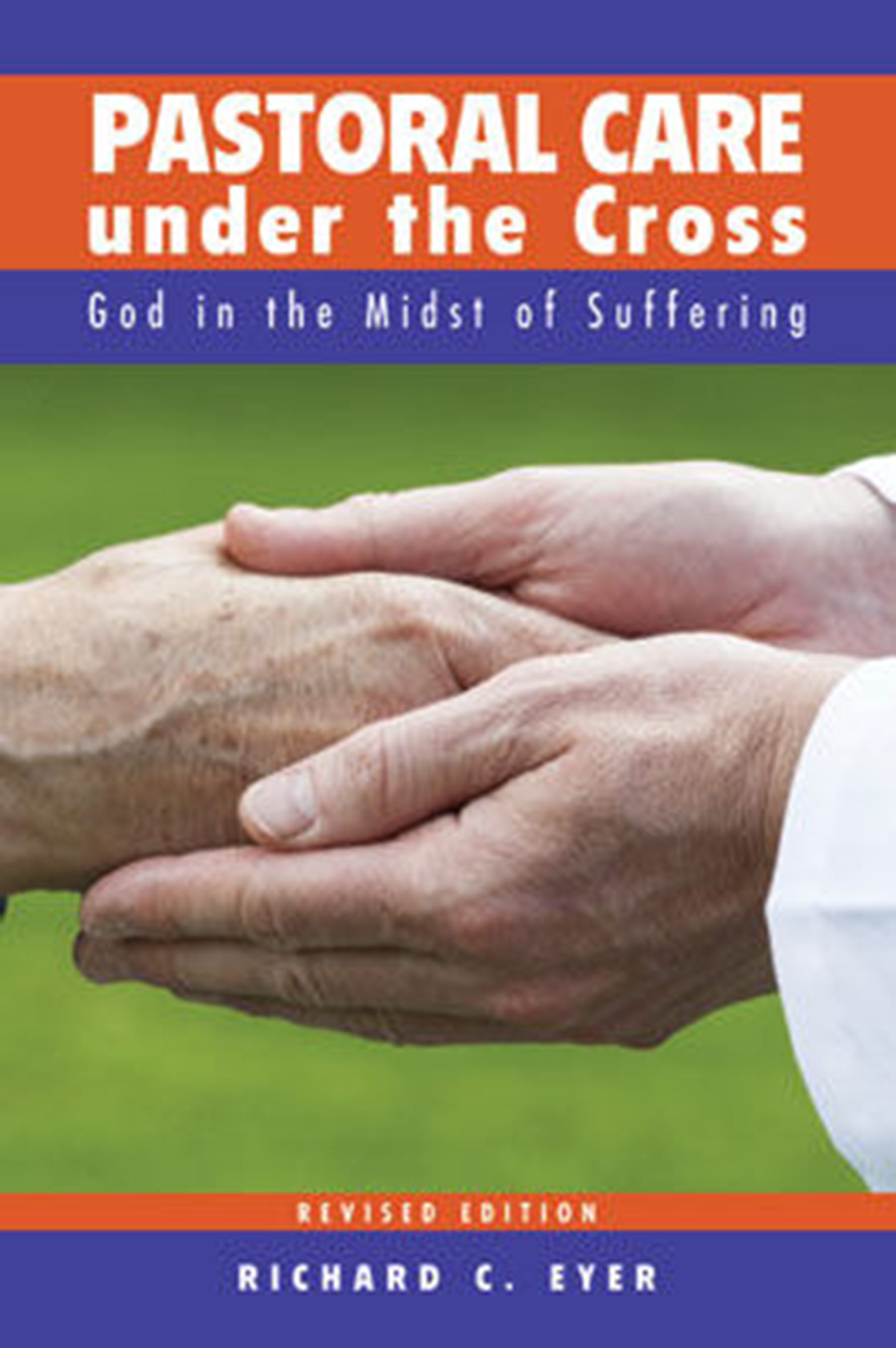
Pastoral Care Under the Cross had been on this writer’s “need-to-buy-from-Parish-Ed-wishlist” for a number of years. And once it was purchased and read, the book did not disappoint. In the messiness of the world’s problems, pastors find themselves dealing with issues that leave them feeling overwhelmed and underequipped. What is your view of suffering? Is it a result of something I did wrong? Is God trying to teach me a lesson through it? Where is God in the midst of suffering? And what is my pastor’s role when I go through suffering? These questions, and many more, are handled with care in Richard C. Eyer’s book.
The book is divided into two parts: The first part lays the theological foundation for pastoral care, and the second part deals with practical issues, including chapters on homosexuality, grief, mental illness, and ethics.
The reader of this book feels like an intern pastor through each chapter, being in the same room with the senior pastor, quietly listening and observing his actions as he ministers to a member of the flock. Solid instruction is provided for the nuts and bolts of a healthy pastoral visit. “The pastor needs to learn how to move the visit from a superficial to a deepened level of discussion” (p.72). The tools needed to do effective pastoral care are gleaned through experience. This resource gives the theological foundation needed to navigate each new, unique pastoral care case study. The focus on the cross of Christ is central. Sound theology intersects with day-to-day living in the stories included.
A huge issue in today’s world is that of mental illness. There is quite a spectrum of perspectives on this issue, but Eyer takes the “Goldilocks” approach that Mike Emlet from CCEF (Christian Counseling Education Foundation) advocates: not too hot (accepting psychology wholesale and pushing Scripture aside) and not too cold (complete dismissing anything from the field of psychology and only using Scripture). This sentiment is expressed by Eyer in this quote: “I am not calling for the rejection of a psychological self-understanding or of the pharmacology that some pit against faith . . . we need to reintroduce to the world the deeper realities behind human thought and behavior” (p.120). It is vitally important for pastors and congregational members to think clearly about mental illness. While this resource does not provide a comprehensive plan for dealing with these difficult issues, it does provide a solid starting point from which to work.
One does not need to be a pastor to enjoy or benefit from this book. It may give insight into a pastor’s world that most don’t realize exists. Any lay person can benefit from the lessons gleaned from this grizzled, veteran pastor. And all pastors should have this book and read it. It will not benefit any pastor to bury his head in the sand on these vitally important issues. Don’t say “I’m not gifted in that area.” Read this book, and you will find yourself better equipped.
Pr. Brett Boe
King of Glory Lutheran Church
Shakopee, MN
Order your copy here: Ambassador Publications Online Store
Also Available
August 22, 2019
Perspectives on Family Ministry: Three Views
Review by Pr. Jason Holt
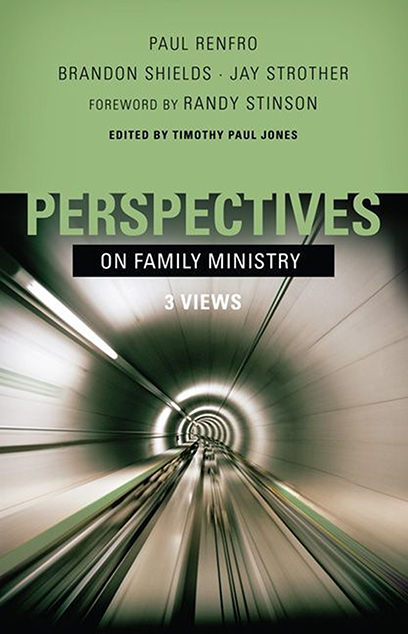
How does the local congregation minister to families? As churches seek to share the Gospel of Jesus Christ with families, the approach taken has varied across a broad spectrum. This book assembles practitioners from three major approaches to present how they pursue healthy family ministry. It then offers space for the others to respond to each one’s approach. The result is an effective resource for biblical evaluation to apply discernment for serving families in your congregational context.
Why is “family ministry” getting attention in the current Christian conversation? A number of reasons contribute to the rise in family ministry considerations in the local congregation. The first four chapters of the book allow for some reflection on the trends in American families and the local church as well as the place of youth ministry. The editor and authors acknowledge that a healthy approach to family ministry is not another program. With a biblical foundation for congregational life and the family established, the text turns in the last six chapters to explore what family ministry looks like.
What does a person mean when referencing “family ministry”? Each of the three practitioners individually develop their portion of the spectrum as Family-Based, Family-Equipping, and Family-Integrated. The responses of the other two to each one’s description enable the reader to get a sense of these applications, including the areas of overlap. The strength of the text is its ability to let the reader prayerfully think through scriptural convictions and immediate congregational context. For those that value a conclusion or an epilogue to a book, you will find it ending abruptly without one, like the book of Jonah. The missing end serves as an invitation to our start in seeking to sharpen our Gospel ministry with families.
Pr. Jason Holt
AFLC Director of Youth Ministry
Plymouth, MN
Order your copy here: Ambassador Publications Online Store
Also Available
July 25, 2019
Share Life! Outreach Lessons from Jesus
Review by Katie Johnson
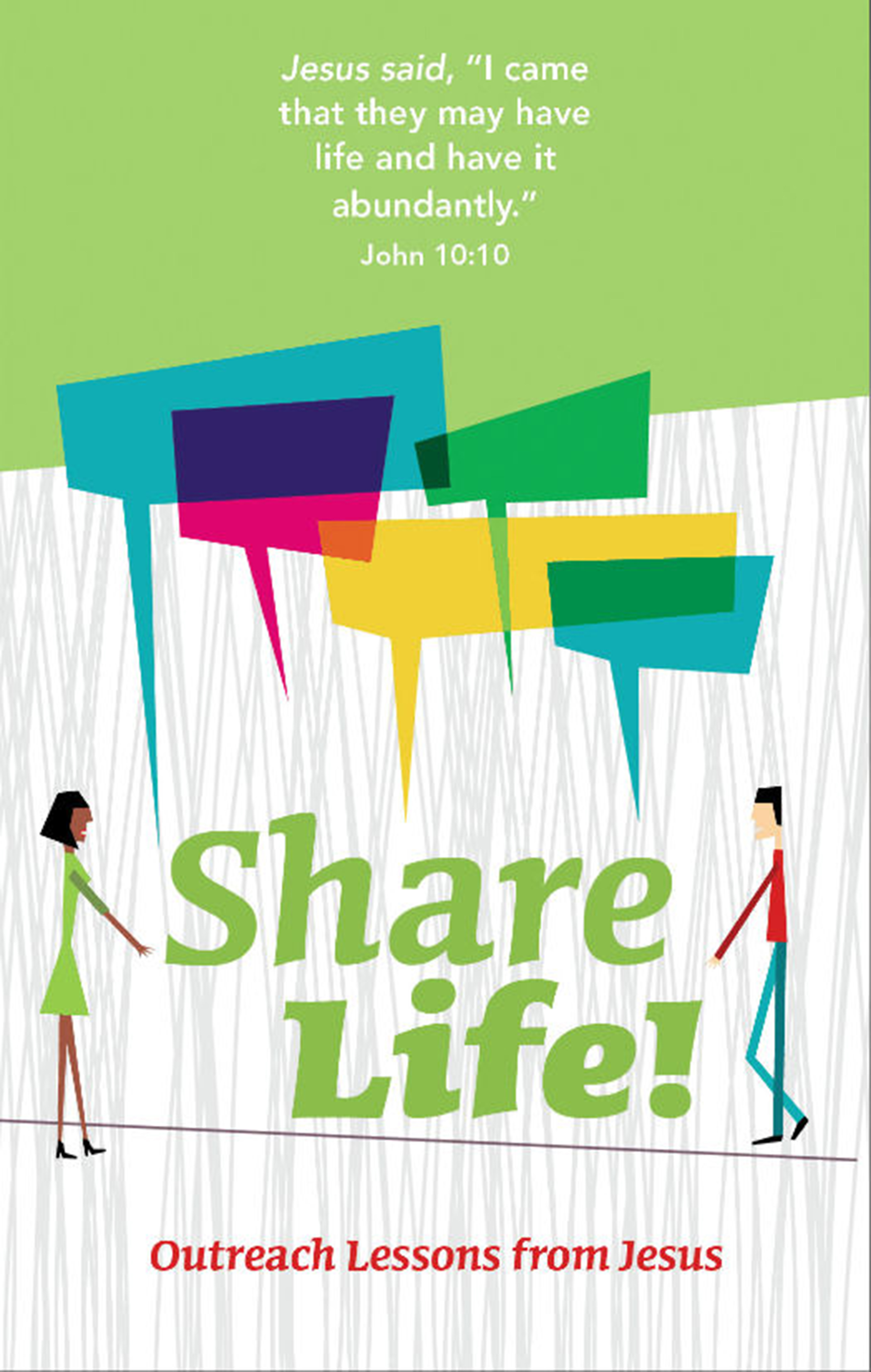
Share Life! Outreach Lessons from Jesus is a short book that goes over multiple lessons Jesus taught during His time on earth. As you read through each page, there are sections of Scripture that accompany the lesson. The format of reading the text from the Bible and the text from the book works very well and brings the focus to Christ and the Scriptures. The lessons are based on Jesus’ example during His time on earth. Each lesson teaches the reader about an attribute of Jesus’ or a way Jesus handled a situation. It then has the reader apply these lessons to their own lives.
I learned a lot from reading this book. The lessons shared were very relatable to my life today. I was encouraged, challenged, and motivated to live and shine for Jesus, as well as taught in ways to share His love. One of my favorite lessons was titled, “Adore the Lord or Feed the Poor.” It was about Mary anointing Jesus with perfume in John chapter 12. The lesson’s main point was happiness comes from Christ, and we should spend our time with Him and in His Word. The author encourages the reader to take time during the week to spend time with Jesus alone, and to also schedule times to have Bible studies and fellowship with others while sharing your faith through it all. This really convicted me to prioritize Jesus in my life. Even though there are many distractions in this life, Jesus is who I need. Therefore, I should spend my time worshipping Him, sharing Christ’s love with others, and pointing others to Him in what I do.
Throughout this book, the message of sharing Jesus with others is stressed. Great, practical suggestions are provided in how to apply this lesson to the way you live and how you outreach to others. While you are growing spiritually throughout the lessons taught, you are reminded to act on these lessons and truths. I loved that the author fills this book with the message of the Gospel. The book continually points to Christ and how we need Him as our Savior.
In conclusion, “Share Life! Outreach Lessons from Jesus” is filled with many practical, spiritual and encouraging lessons taught straight from Jesus and His Word. We all need to be reminded of these lessons of Jesus and to live out our lives following what Jesus has taught us and continues to teach us through His Word. I pray you are encouraged by this book!
Katie Johnson
AFLC Director of Business Management
Plymouth, MN
Order your copy here: Ambassador Publications Online Store
Also Available
May 15, 2019
Why Am I Joy:fully Lutheran? Instruction, Meditation, and Prayers on Luther's Small Catechism
Review by Pr. Kent Sperry
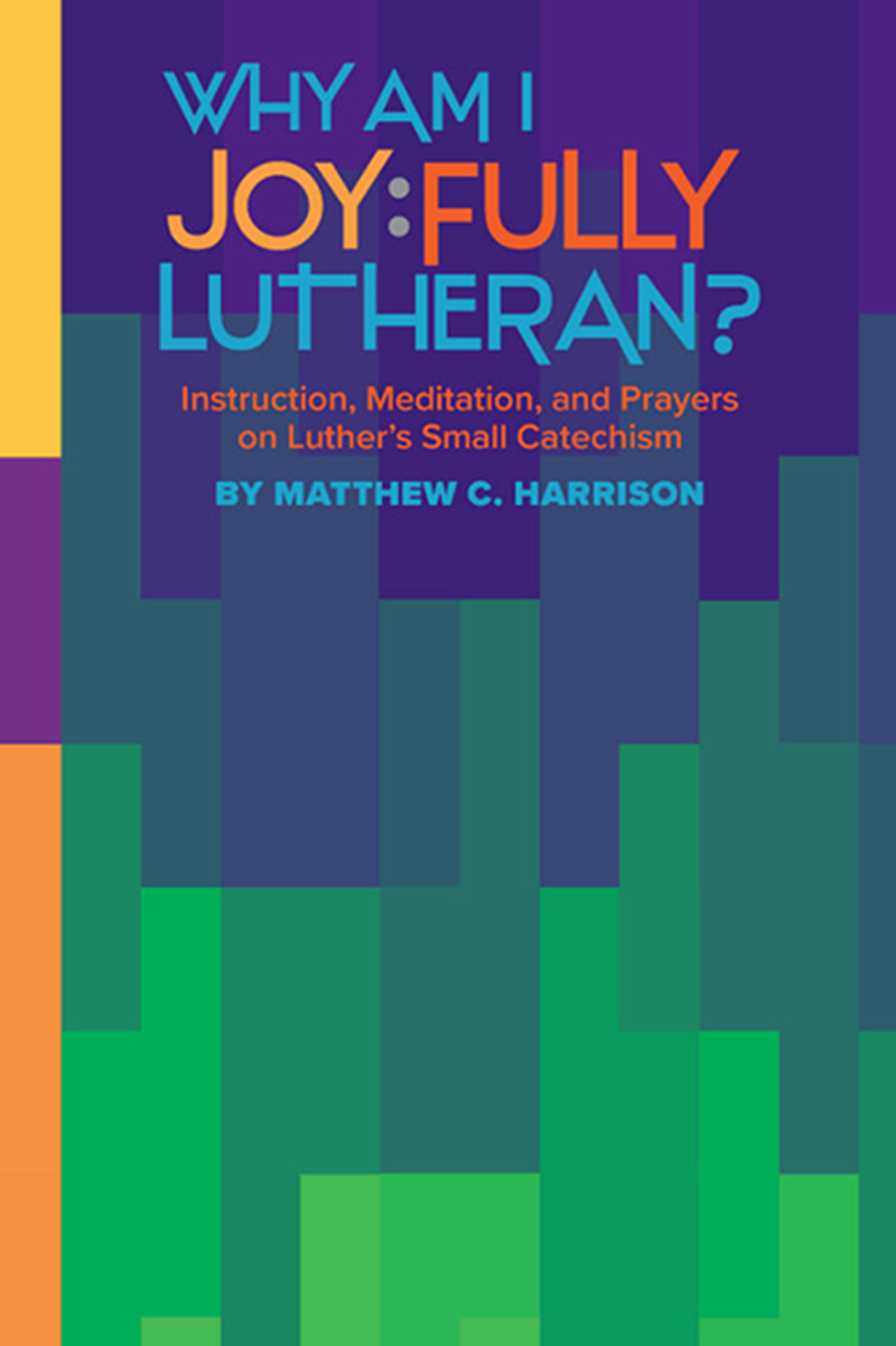
Most of us would agree that the Small Catechism is an invaluable resource. Our churches subscribe to it as a faithful expression of Scripture. Yet, that being said, it doesn’t seem to be used for much outside of confirmation instruction. As much as we value it, I think that most of us have a difficult time teaching it in our home.
For this reason, I was excited when I received an ad from Concordia Publishing House advertising a new book that was being released. It’s now been out for several months. It’s titled Why Am I Joy:fully Lutheran? And it’s written by Pastor Matthew Harrison, who currently serves as president of the LCMS.
The easiest way to describe this book is the Small Catechism in devotional form. Each part of the Catechism is presented, followed by a devotional style teaching on that section. Next, there is a short description of why this is important to us as Lutherans. And finally, there is an applicable prayer to conclude the chapter.
I have greatly enjoyed this book, although it didn’t fit the need for which I purchased it. I had hoped to use it as a devotional resource with my younger children. However, as I read through it on my own, I found that the phrasing was difficult for their ages. And, as I tried reading it with them, this was confirmed. I had to spend much time and effort rewording the material for their understanding.
That being said, I would highly recommend it as a resource for teenagers and adults. Having the Catechism in this format encourages me to read it and to consider its meaning. It doesn’t feel like reading a textbook.
Although it would take much less time to simply read the Catechism itself, the length is not a deterrent. Each chapter is only four to five pages on average. A person can easily sit down and quickly read a portion each day.
I would also suggest that pastors use this book as a resource for their congregations. Many of us encourage our members to make use of the Catechism, with little to no effect. However, in this format, I believe people will do so willingly.
Pr. Kent Sperry
Prince of Peace Lutheran Church
Beulah, ND
Order your copy here: Ambassador Publications Online Store
Also Available
April 11, 2019
Something Wonderful! The Easter Story
Review by Marian Christopherson
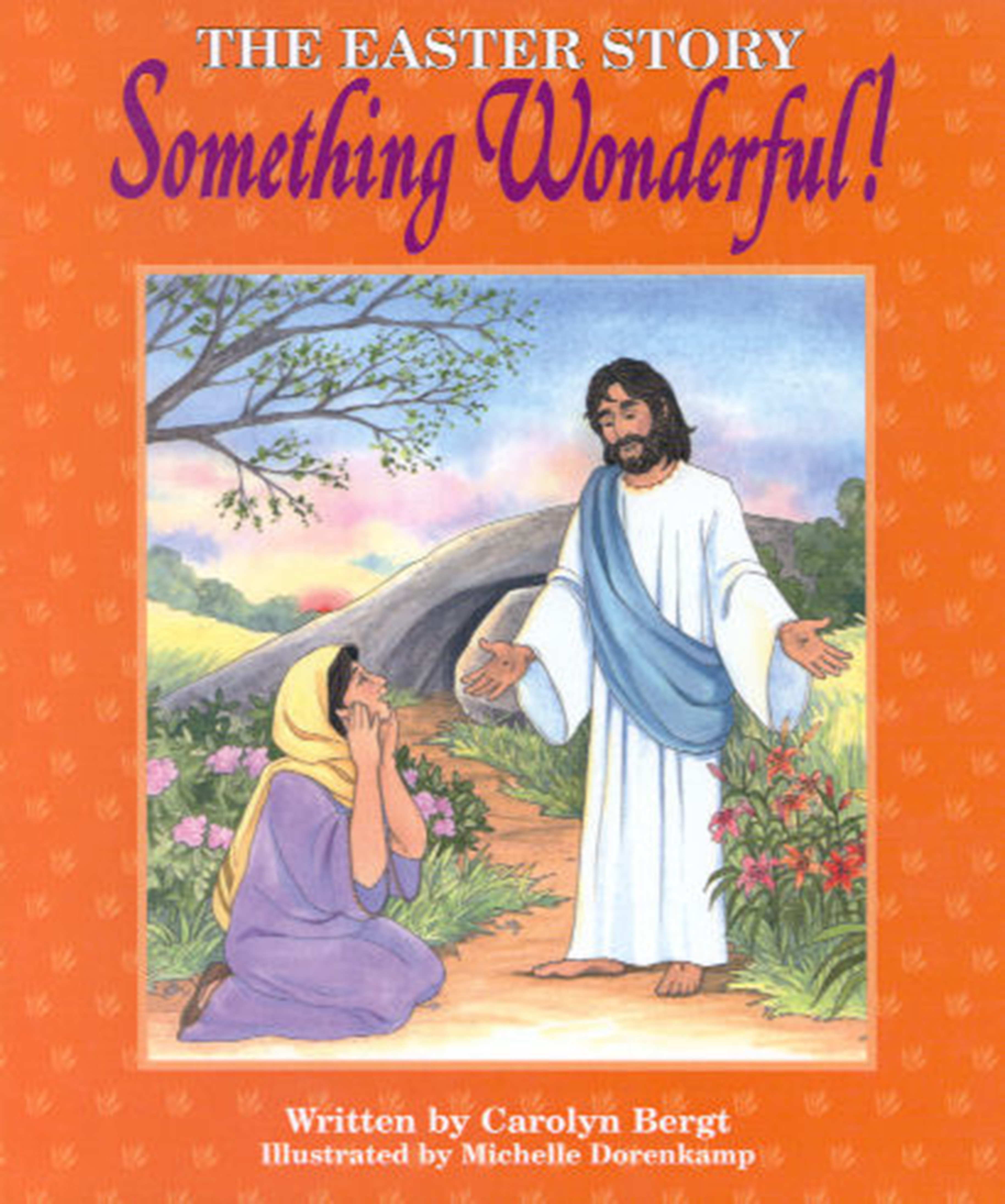
Reading books to young children, with their eyes full of wonder and discovery, must be one of the most delightful tasks an adult can experience. Whether from the lyrical rhythm of words or the telling illustrations, the responsive zeal of children is contagious.
Engage young children with the Easter story through the vivid, expressive illustrations of Something Wonderful by Carol Bergt. See the fear and wonder of people who directly encountered the Resurrection and realized again and again that something truly wonderful had happened. Then celebrate together on the last page, because we know Jesus is alive. Alleluia!
One of the best gifts children can receive is books—books to enrich their lives and books to teach them biblical truth, books for birthdays and Christmas and books for any ordinary day! Something Wonderful is a perfect Easter gift. If you’re a teacher, it’s affordable enough to give to every student in your class. Do not skip the two Easter songs in the back of the book, both easily singable for families at home or for Sunday school children to share with the congregation in a worship service. The last one (by an unknown author and set to the tune of the well-known hymn “Immortal, Invisible”) will imprint the wonderful Easter story on the minds and hearts of all.
We welcome glad Easter when Jesus arose
And won a great victory over His foes. Refrain
And tell how the Marys came early that day
And there at the tomb found the stone rolled away. Refrain
And sing of the angel who said, “Do not fear!
Your Savior has risen, and He is not here.” Refrain
Now think of the promise that Jesus did give—
That all who believe in Him also shall live. Refrain
Refrain:
Then raise your glad voices, you children, and sing.
Bring sweet Easter praises to Jesus, our King.
Marian Christopherson
AFLC Parish Education Director
Plymouth, MN
Order your copy here: Ambassador Publications Online Store

Sampling from Something Wonderful!
Also Available
February 20, 2019
The Augsburg Confession: Its Meaning for Our Day
Review by Pr. Jon Langness
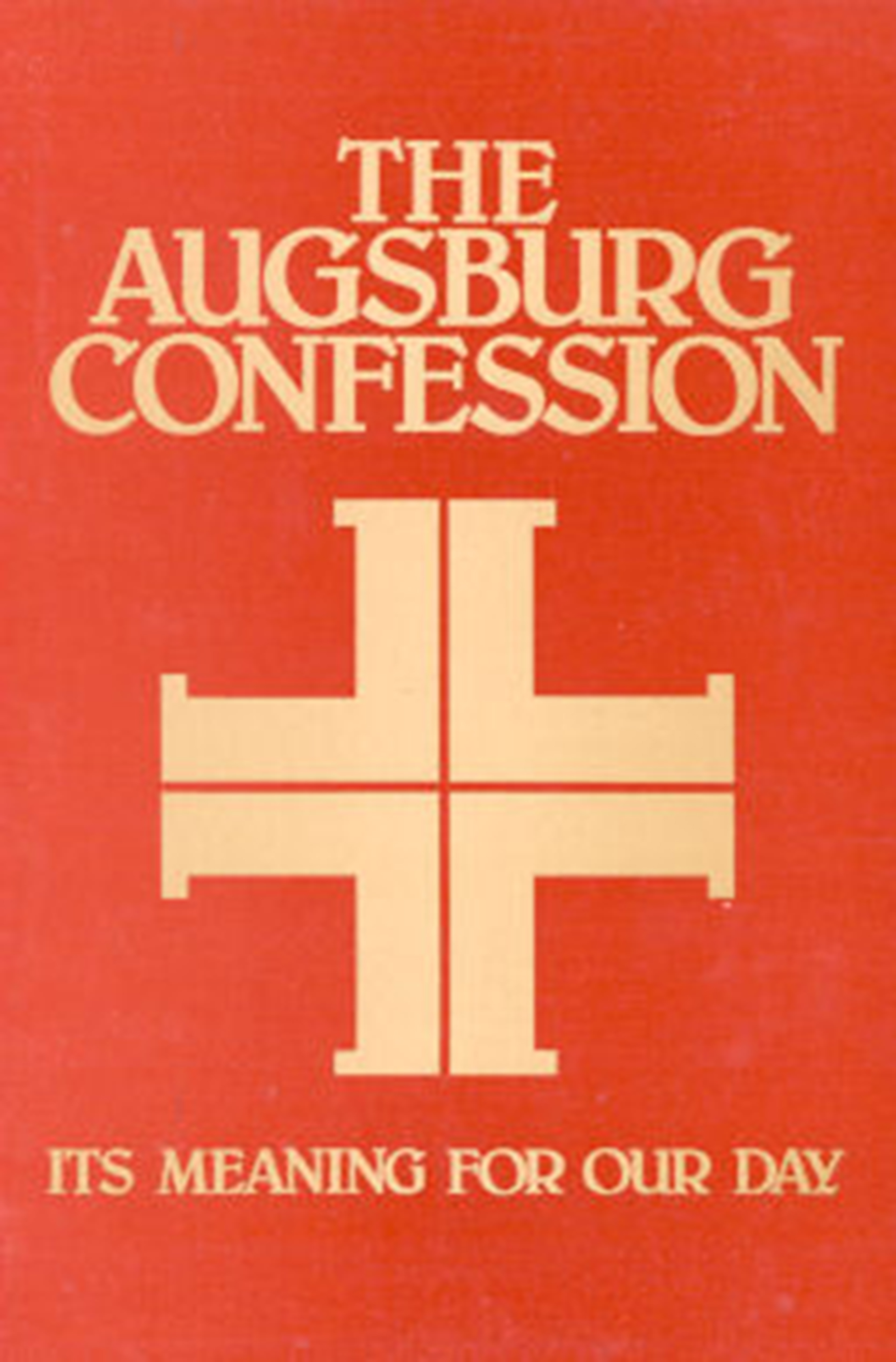
Christianity Today released an article in October 2018, highlighting an alarming report from Ligonier Ministries. It noted, “More than two-thirds (69%) of Americans disagree that the smallest sin deserves eternal damnation. . . .” (https://www.christianitytoday.com/news/2018/october/what-do-christians-believe-ligonier-state-theology-heresy.html) Putting the most charitable construction on the findings of the report, the state of theology in America today is confused. Well-intentioned people are revisiting ancient teachings the Church has deemed heretical. That being said, how does the average church member protect himself from being led into one of these teachings?
Thankfully, we don’t have to start at square one. A good study of church history is an invaluable tool, but not everybody can have a memory like Pastor Robert Lee, well-known Professor of Church History at AFLC Schools. Wouldn’t it be great if there were some short, concise statements explaining what Christians believe? Insert the Apostles’, Nicene, and Athanasian Creed (though to some, the Athanasian Creed might not seem concise). The ecumenical creeds are great places to start.
In the Lutheran Church, we have another helpful document, the Augsburg Confession. Dr. Iver Olson, the first dean of our seminary, said this of the Augsburg Confession: “The doctrines enunciated in the Augsburg Confession are, in the main, the teachings of the Protestant Churches. We can go even further to declare that with some exceptions, they are the doctrines of the whole Christian Church” (The Augsburg Confession: Its Meaning for Our Day, p.8). Somewhere along the way, this book found its way into my library. It sat there for a while, untouched, in a queue of books waiting to be read whenever I find time. This year I found time. I’m glad I did.
This book was the work of numerous pastors and professors of the AFLC. It goes through the Augsburg Confession and provides an explanation to why it matters today. I figured being an “older” book (the binding was already pretty sun-bleached) it wouldn’t be as contemporary as the times we live in. However, I found as I was reading it that it’s still very applicable. The writers have done a good job of showing the importance of doctrine in everyday life—doctrines like justification, original sin, what the Church is, confession, baptism, freedom of the will, and plenty more.
This is a book worth having on your shelf, but even better, in your hands. Theology ought to point you to Christ. Bad theology points you elsewhere and ultimately ends up pointing back to you. It offers no comfort. Pick up this book and be pointed to Jesus.
Pr. Jon Langness
Abiding Word Lutheran Church
Deshler, NE
Order your copy here: Ambassador Publications Online Store
Also Available
December 26, 2018
The Heritage Series
Review by Marian Christopherson
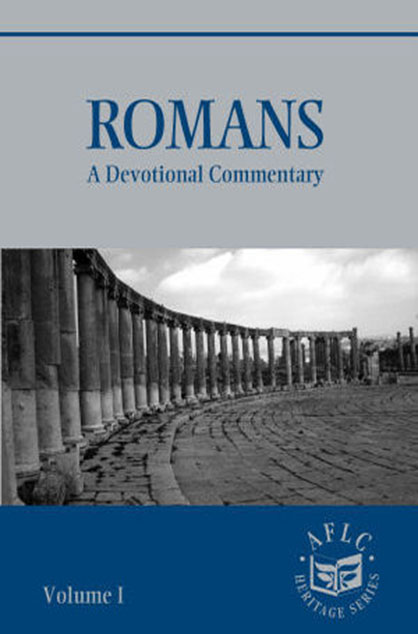
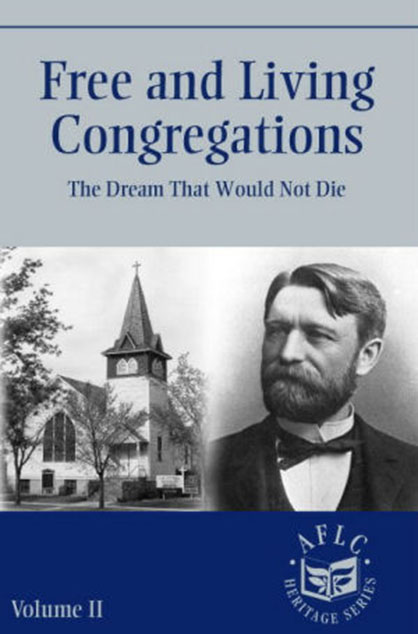
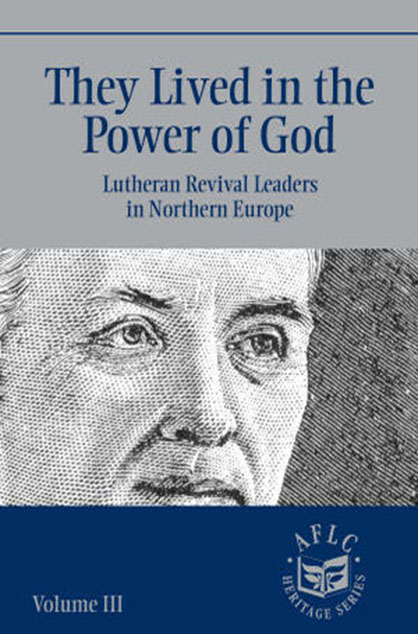
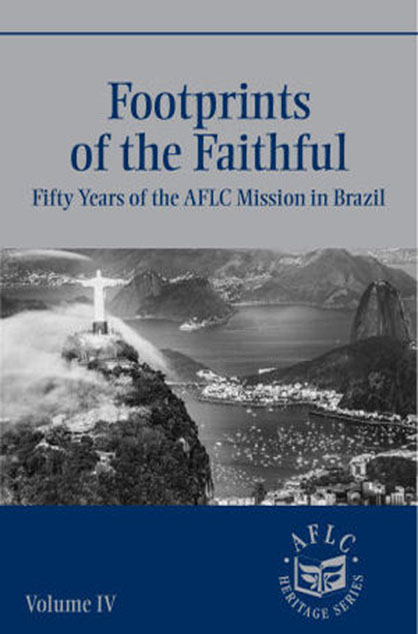
“Convictions, unless discussed and taught, die.” These words were penned by Rev. John Strand more than 25 years ago. They are words that convey the importance of teaching our biblical Lutheran heritage. Words that express a grave possibility if teaching is neglected.
Still today, people of the AFLC are concerned about continuing our heritage of “free and living congregations," and many have expressed a desire in recent years for resources to preserve and teach our Free Lutheran history and biblical foundations for generations to come. In response to these concerns, the Board of Parish Education prayerfully discussed how they might better serve our congregations by providing tools to teach our history and heritage. The idea of an AFLC Heritage Series was conceived and was further encouraged by the Coordinating Committee.
The AFLC Heritage Series is a series of publications that aims to serve our congregations by providing resources that reflect the unique Lutheran, pietistic, and Scandinavian heritage of the Association of Free Lutheran Congregations. The writings in this series are of theological, historical, biographical, or devotional content. The goal is to include new works, works previously published, and works not previously translated. Intended to be ongoing and open-ended, additional volumes will be added to the series for an indefinite period of time. Four volumes have been published to date.
VOLUME I
Romans: A Devotional Commentary leads readers through the book of Romans verse by verse in a devotional style. This out-of-print book was selected for the first volume because of its author and content. The emphasis of the book of Romans is foundational to the Lutheran church: justification by grace through faith in Christ. The writings of Carl O. Rosenius in the mid-1800s were a significant influence in Scandinavian Lutheran piety. Rosenius was especially known for his monthly periodical called "The Pietist" and for his exceptional ability to divide law and gospel.
VOLUME II
Free and Living Congregations: The Dream That Would Not Die celebrates the 40th anniversary of the AFLC and is dedicated to the memory of Rev. John P. Strand, the first AFLC president. Topical chapters written by members of the AFLC answer questions such as: What does it mean to be a "free and living" congregation? What is the role of pastors and laypeople in a free church? How is the Lutheran Free Church related to the AFLC? How and why did the AFLC begin? What makes it unique? Why go to an Annual Conference? The book also contains a collection of photographs from early AFLC history, a section of historical documents including the Fundamental Principles and Rules for Work, as well as selected writings by Rev. Strand from The Lutheran Ambassador and annual reports that are especially pertinent to congregational life. A correlating Study Guide leads readers through the book chapter by chapter and serves as a practical tool for small group discussions and classroom or personal study.
VOLUME III
Translated from Finnish, They Lived in the Power of God: Lutheran Revival Leaders in Northern Europe is a collection of biographical writings by Lutheran scholar, Dr. Uuras Saarnivaara. These writings reflects the European heritage of Lutheran congregations in America and includes individuals from Germany, Norway, Sweden, Denmark, and Finland, who have significantly impacted spiritual life among Lutherans between 1500 and 1950, such as Hallesby, Hauge, Rosenius, and others. Translated by Rev. Rodger N. Foltz and Aila Saarnivaara Foltz, with historical introductions by Rev. Rodger N. Foltz and Rev. Robert L. Lee.
VOLUME IV
Footprints of the Faithful: Fifty Years of the AFLC Mission in Brazil celebrates fifty years of AFLC missions in Brazil. This volume focuses on God’s work during the early mission years through the lives of the first four AFLC missionary couples: Rev. John and Ruby Abel, Rev. Alvin and Frances Grothe, Rev. George and Helen Knapp, and Rev. Connely and Carolyn Dyrud. From a primitive Brazilian frontier through western expansion and to the developing cities, God prepared the groundwork, provided workers to plant the seed, and brought about growth in Christ through the Word of God. Though fifty years of mission work have certainly brought challenges, unforeseen circumstances, grief and loss, there is cause for celebration as these historic accounts demonstrate God’s hand, guiding, sustaining, and expanding the work of AFLC–Brazil to the present. The book gives a chronological history and includes testimonies, maps, and photographs. This book is a history, but it is also multiple biographies—the intertwining of lives and ministries.
Marian Christopherson
AFLC Parish Education Director
Plymouth, MN
Order your copy of Romans: A Devotional Commentary here: Ambassador Publications Online Store
Order your copy of Free and Living Congregations: The Dream That Would Not Die here: Ambassador Publications Online Store
Order your copy of They Lived in the Power of God: Lutheran Revival Leaders in Northern Europe here: Ambassador Publications Online Store
Order your copy of Footprints of the Faithful: Fifty Years of the AFLC Mission in Brazil here: Ambassador Publications Online Store

November 28, 2018
The Chronicles of Narnia: The Lion, the Witch, and the Wardrobe
Review by Rachel Molstre

In C.S. Lewis’ The Lion, the Witch, and the Wardrobe, four siblings travel to the English countryside to escape World War II. But when the children stumble through a magical wardrobe into Narnia, they quickly realize they have escaped one war only to be embroiled in a new one. Except this time, there are umbrella-carrying fauns, bickering beavers, a prophecy that the four siblings will rule Narnia, and a wicked witch determined to enslave them all.
Lewis’ writing style may be whimsical and lighthearted, but this classic runs deep with themes of good and evil, love and sacrifice. Perfect for children craving adventure and for those of us who are “old enough to start reading fairy tales again.” If you love the fantasy genre, epic struggles between good and evil, or CS Lewis’ talent for relating timeless truths, you will find this book as addicting as a box of Turkish Delight. Enjoy!
Rachel Molstre
AFLC Schools Library Support Specialist
Plymouth, MN
Order your copy here: Ambassador Publications Online Store
Special Sale on C. S. Lewis books for a limited time only!

The C.S. Lewis Signature Classics 8-Volume Box Set
Clive Staples Lewis (1898-1963) was one of the intellectual giants of the twentieth century and arguably one of the most influential writers of his day. Boxed together for the first time, this collection of eight of his signature classics is perfect for gift-giving! The C. S. Lewis Signature Classics (8-Volume Box Set) contains: Mere Christianity, The Screwtape Letters, The Great Divorce, The Problem of Pain, Miracles, A Grief Observed, The Abolition of Man, and The Four Loves.
Order your copy here: Ambassador Publications Online Store
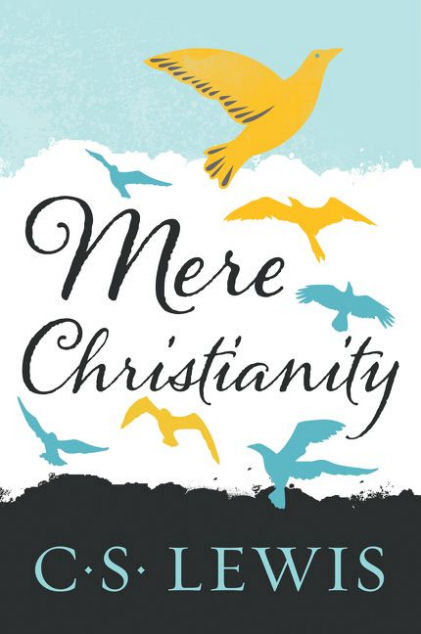
Quotes from Mere Christianity:
“Knowledge can last, principles can last, habits can last; but feelings come and go. . . . But the great thing to remember is that, though our feelings come and go, His love for us does not. It is not wearied by our sins, or our indifference; and therefore, it is quite relentless in its determination that we shall be cured of those sins, at whatever cost to us, at whatever cost to Him.”
“Christianity thinks of human individuals not as mere members of a group or items in a list, but as organs in a body—different from one another and each contributing what no other could.”
Order your copy here: Ambassador Publications Online Store

Quote from The Screwtape Letters:
“There is nothing like suspense and anxiety for barricading a human's mind against the Enemy. He wants men to be concerned with what they do; our business is to keep them thinking about what will happen to them.” [Uncle Screwtape to Wormwood, his demon in training]
Order your copy here: Ambassador Publications Online Store
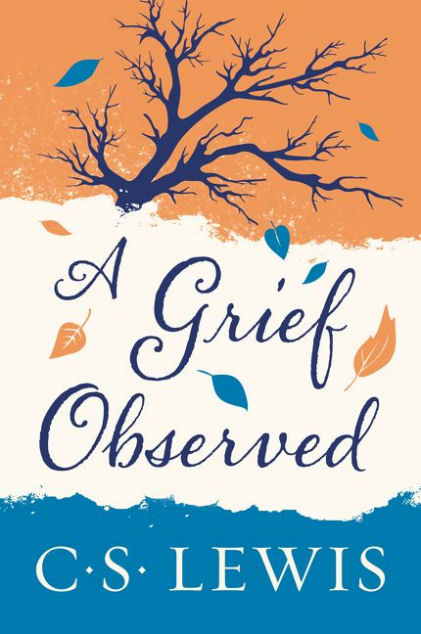
Quotes from A Grief Observed:
“We were promised sufferings. They were part of the program. We were even told, 'Blessed are they that mourn,' and I accept it. I've got nothing that I hadn't bargained for. Of course it is different when the thing happens to oneself, not to others, and in reality, not imagination.”
“. . . for the greater the love the greater the grief, and the stronger the faith the more savagely will Satan storm its fortress.”
Order your copy here: Ambassador Publications Online Store
Also Available
October 24, 2018
Echo: Unbroken Truth. Worth Repeating. Again.
Review by Pr. Sam Wellumson
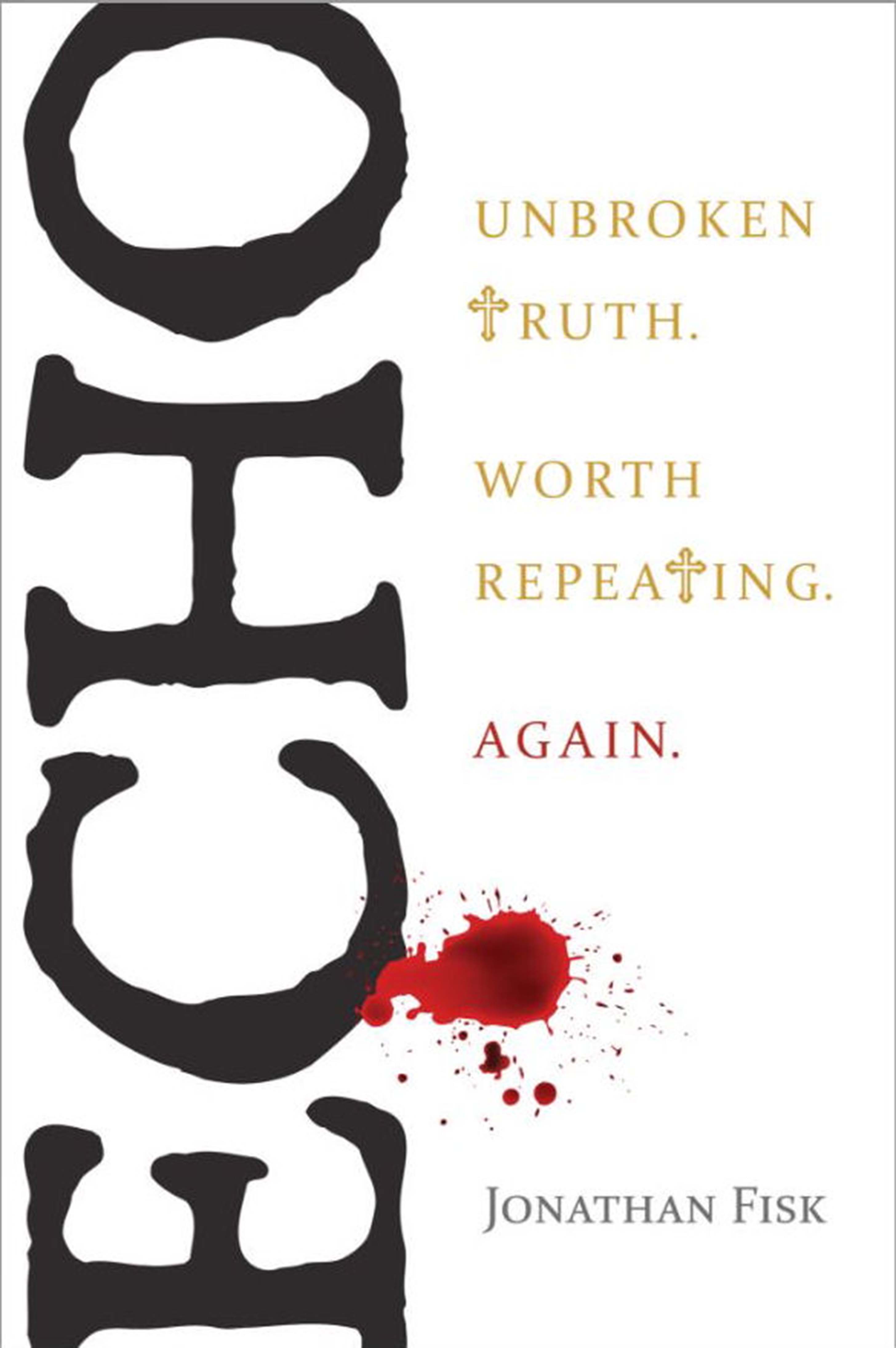
Certain words can create strong reactions in people. Something about the verb “blanch” makes me not hungry anymore. Maybe there’s a new diet idea.
Sadly, this also happens when talking about the most basic teachings of Christianity. Notice, I didn’t say “doctrines.” I don’t want to lose your attention.
Say the word “petition,” and eyes glaze over. Mention something about God’s “first article gifts,” and people look confused. Ask someone if they remember what the “catechism” teaches about truth in the Eighth Commandment, and you’ve lost them. Because of this, Luther’s Small Catechism often is viewed as that little book used in Confirmation classes but has little value afterward. The word “catechism” comes from the Greek word “echo” and the preposition “again.” Oops. I used the word “preposition.” Keep reading.
In his new book, Echo, Jonathan Fisk seeks to repackage the basic teachings of the Small Catechism with fresh language and a faithful, interconnected approach.
Echo walks through Luther’s Small Catechism without using the normal jargon. Instead of the “Ten Commandments,” the book opens with “The Ten Important Things about Being Creation.” Rather than considering the “articles” of the Apostles’ Creed, Pastor Fisk walks through the “Three Elements of the Gospel.” In place of the various “petitions” of the Lord’s Prayer, you have “The Seven Edges of Christian Holification.”
Filled with drawings that help illustrate and outline how each part builds upon the others, Echo gives a very accessible, easy-to-read foundation of the Christian faith. Each chapter boils down a part of the catechism to its most basic meaning.
For example, the subtitle of the chapter on the Seventh Commandment, “Thou shalt not steal,” is “God Gave You Stuff.” The chapter shows how God has provided you with everything you need in life. The things you own are given to you by God through others. And God intends you to use the things He has given to you, not to sinfully hold on to and trust, but to help and bless your neighbor.
If you read Fisk’s previous book Broken and, like me, found it to be difficult because of its style, Echo does not have the same hurdles.
Echo would be a fantastic gift for someone interested in Christianity, for confirmation students and graduates, for people who are curious about Lutheran theology, and for seasoned Lutherans to help brush up on what they learned years ago. I highly recommend this book.
Pr. Sam Wellumson
Christ the King Free Lutheran
East Grand Forks, MN
Order your copy here: Ambassador Publications Online Store
Also Available
September 26, 2018
Baptism & Spiritual Life
Review by Pr. David Tilney
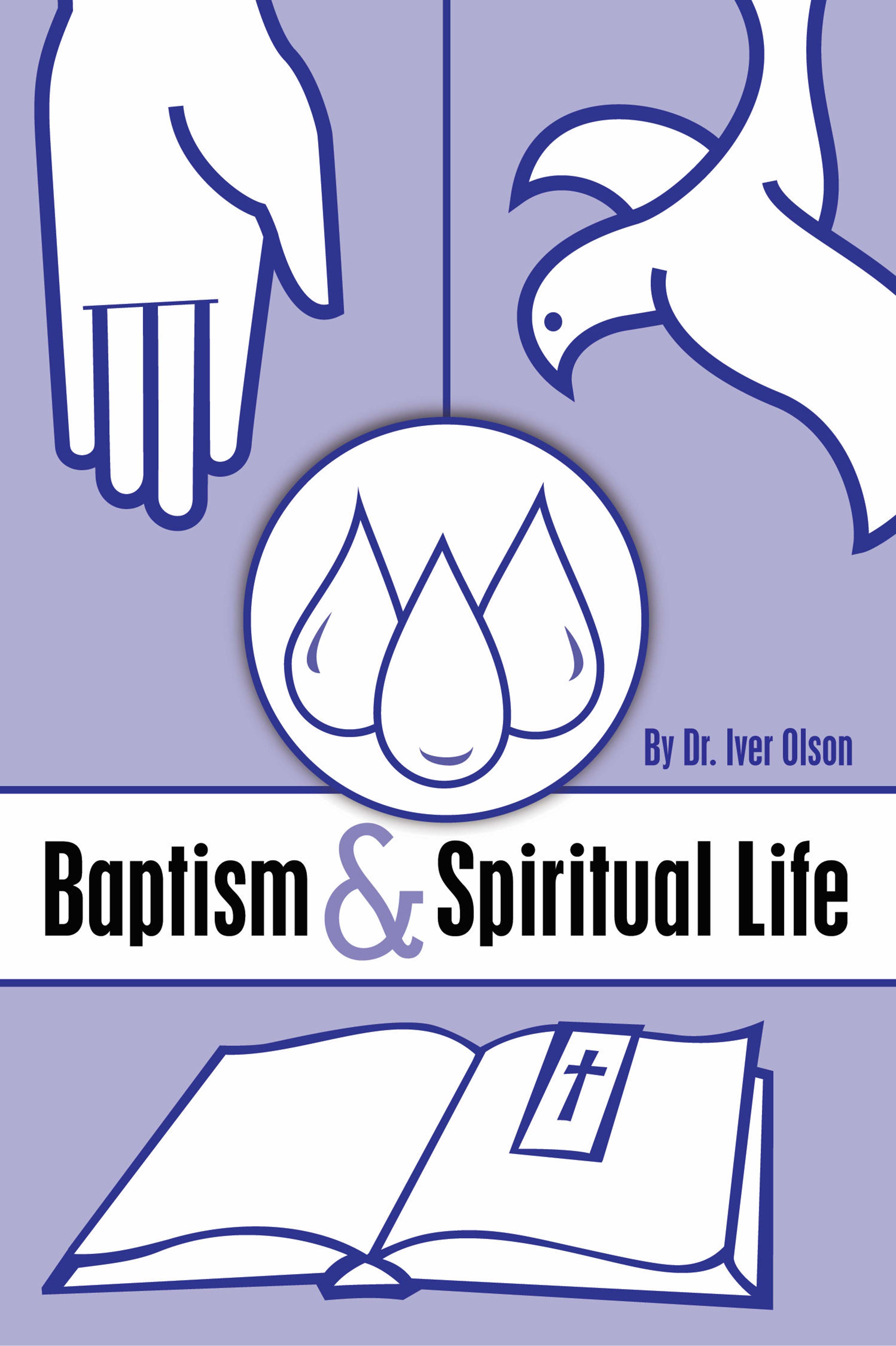
Dr. Iver Olson gave a series of lectures in 1951 on the subject, “Baptism and the Spiritual Life.” From those lectures, we have this little book of the same title. Do not let the length of the book (86 pages) deceive you; it is a helpful study of pertinent biblical texts regarding Baptism.
Olson sets forth that Baptism is a means of grace. The Word of God is the primary means of grace. The Word of God then makes Baptism into a means of grace, means by which God conveys His forgiveness to sinful man.
In chapter 2, Olson moves to a discussion of how to interpret the Scriptures. He discusses five interpretative principles of which all Christians can and should agree. This is an especially important chapter as most of the book addresses Bible passages that deal with Baptism.
In the next chapter, Olson establishes the fact that all are sinners. All mankind including children are sinners by nature and deserve God’s wrath. Both young and old are in need of salvation and the mercy of God in Christ.
Chapter 4 is a highlight in this little book. Using the solid biblical interpretation principles discussed earlier in the book, Olson studies eleven Bible passages regarding Baptism. He concludes by setting forth the value of Baptism. Baptism makes one a disciple of Christ; it is an agent of regeneration; it leads to the forgiveness of sins; it washes and cleanses; it unites with Christ and His death, burial, and resurrection; and it saves.
Chapter 5 is another highlight of the book. Olson argues from Bible passages the validity of infant baptism. He sets forth the necessity and reasons for such a practice.
In chapter 6, Olson discusses the forms of Baptism: immersion, sprinkling, and affusion. He focuses much of his attention on the argument against immersion and for affusion. If there is one criticism, it is that I would have liked a discussion about sprinkling and pertinent Bible passages, such as Isaiah 52:15, Ezekiel 36:25, and Hebrews 10:22.
Olson concludes the book with a helpful discussion on the spiritual life after Baptism. He encourages the telling of Bible stories to children, attendance in Sunday school and Bible study, participation in the congregation’s Confirmation program, Bible camps, and revival meetings. All of these things should have as a primary goal to assure the baptized Christian of salvation in Christ.
I highly recommend this little book. The value of the book lies in Olson’s careful and clear thinking and interpretation of Bible passages about Baptism. He provides a valuable resource to laity and pastors alike.
Pr. David M. Tilney
St. Paul's Evangelical Lutheran Church
Cloquet, MN
Order your copy here: Ambassador Publications Online Store
Also Available
August 22, 2018
Gospel-Centered Teaching: Showing Christ in All the Scripture
Review by Pr. Adam Osier
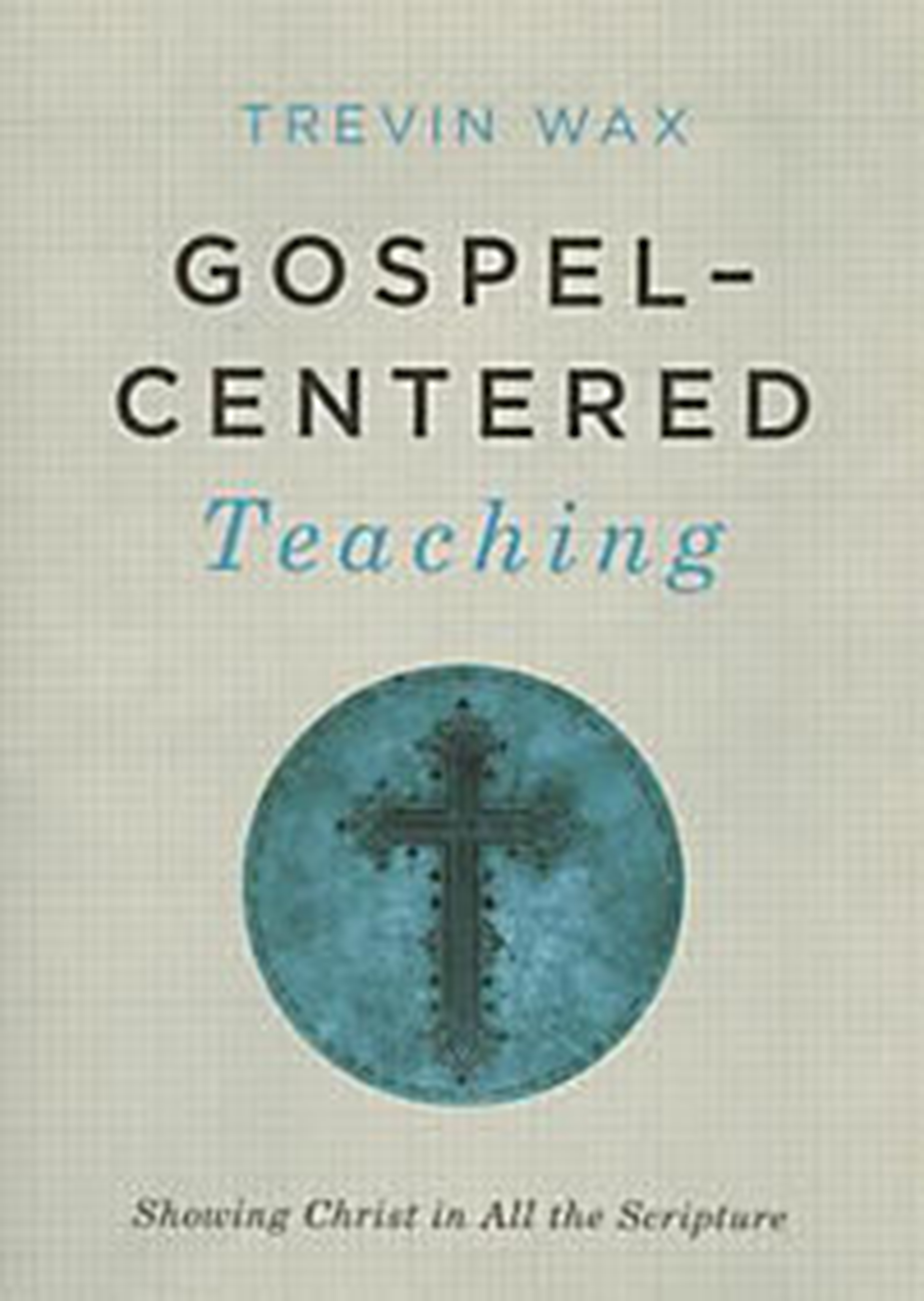
“Get the message right, and God will work through a variety of methods. But miss the message, and the best methods in the world won’t bring about transformation” (p.7).
—Trevin Wax
“My group isn’t outward focused enough! They don’t know much about the Bible! Our discussions always seem so shallow!” Thus, Trevin Wax, author of Gospel-Centered Teaching summarizes the concerns of Bible teachers everywhere. Modern Christianity tends to counteract these concerns by reinventing either the teacher or the curriculum in order to reengage the student. Wax presents a different, thoroughly biblical approach. He argues, “Get the message right, and God will work through a variety of methods. But miss the message, and the best methods in the world won’t bring about transformation” (p.7).
What is this message? It is the Gospel, or good news, of salvation in Jesus Christ. Using Christ’s own words in John 5:39, “[The Scriptures] bear witness about me,” Wax demonstrates the importance of recognizing the centrality of Christ throughout the Bible and what that means for the Bible teacher. He shows the Gospel to be the power of God for salvation, the power of God for sanctification, and the motivation for the Church’s mission to bring Christ to the world. Refusing to see the Gospel as merely the first step in one’s salvation, he begs teachers of God’s Word to see how every account in Scripture centers on this truth and shows how God uses such an approach to transform lives.
To accomplish this, he guides the teacher to ask three questions of every text they preach: How does this passage fit into the big story of Scripture? What is distinctively Christian about the way I am addressing it? And, finally, how does this truth equip God’s Church in her mission? About half of the book (the last three of five chapters) addresses practical insights into these questions. Using excellent examples, he illustrates both the error of law-based approaches and how to correct this with a gospel-based one.
Without using this distinctively Lutheran terminology, the author does a fine job of noting the distinction between law and gospel and showing how a failure to make such a distinction can be catastrophic. As such, I would highly recommend this short, accessible, and practical book for the various teachers within our congregations. It is a great gift for Sunday school teachers, Bible study leaders, and even as a refresher for pastors as they endeavor to proclaim the good news of God’s love for us in Christ.
Pr. Adam Osier
Ruthfred Lutheran Church
Bethel Park, PA
Order your copy here: Ambassador Publications Online Store
Also Available
July 25, 2018
End of the Spear DVD
Review by Pr. Jim Rasmussen

“End of the Spear” is the dramatized account of five missionary families that had a heart to go deep into the Amazon jungle of Ecuador in 1956, in search of the Waodani, a tribe of fierce warriors completely isolated from civilization. When the five missionaries come face to face with the warriors, tragedy strikes, as all five are murdered at the end of a spear. A couple of these missionaries are Nate Saint and Jim Elliot. With the death of these men, their families are left husbandless and fatherless, yet the wives and children stay to share the Gospel with the Waodani.
Years later Steve Saint, Nate’s son, is told by Mincayani, who is now his friend, that he was the one who speared Steve’s father. There is an intense scene in the movie in which Mincayani offers a spear and tells Steve to kill him. Steve responds that no one took his father’s life—he gave it! At the end of this scene, Steve Saint says, “My father lost his life at the end of a spear. It was at the end of the spear Mincayani and I found ours.” From that time on, Steve Saint and his sister adopted Mincayani as their father.
This DVD brought back memories for me when I was at the multi-national evangelism event “Amsterdam 2000” and saw Mincayani and Steve Saint in person. Steve Saint stood on the stage with his arm around Mincayani, telling us that this was the man that speared his dad. He said that he now sees Mincayani not only as his father but also as grandfather to his children! Mincayani stood there with a smile and praised God for God’s forgiveness and for Steve’s forgiveness! What a gripping moment!
This movie is a picture of five families who loved Jesus more than their own lives. As I watched the movie, I was moved to tears by the great love shown to the Waodani tribe through these five missionary couples. Mincayani’s testimony of God’s great love was challenging. Likewise, Steve Saint’s unconditional love moved me as he adopted as father the man who murdered his father at the end of the spear.
This is a must-see DVD.
Pr. Jim Rasmussen
AFLC Director of Evangelism
Plymouth, MN
This video and many others are also available to borrow from our lending library.
Order your copy here: Ambassador Publications Online Store
Also Available
June 27, 2018
Josh McDowell's Handbook on Counseling Youth: A Comprehensive Guide to Equipping Youth Workers, Pastors, Teachers, Parents
Review by Pr. Jason Holt
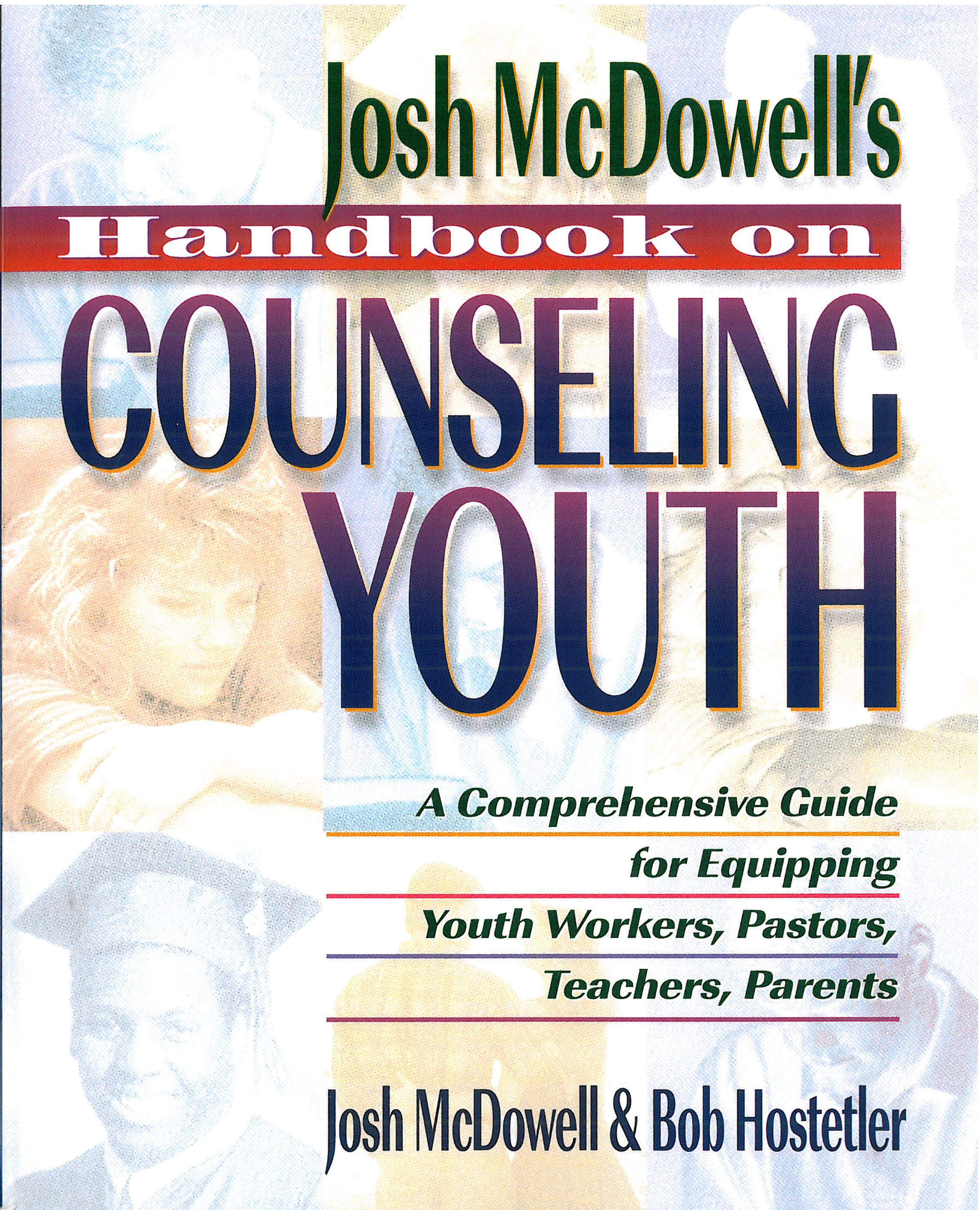
Many different resources seek to serve teenagers and the caring adults that interact with them, but few over the last 25 years have delivered that goal as much as Handbook on Counseling Youth by Josh McDowell and Bob Hostetler.
Designed as a menu of fifty topics, the Handbook enables pastors, youth leaders, and other believing adults a window into issues that American adolescents deal with on a regular basis. Each chapter follows a similar structure. The topic is introduced via a case study, which is helpful in the instance that a Christian leader is not familiar with the influences involved. An overview of the issue is given next including common contributing factors, as the authors draw from other Christian professionals. The biblical perspective is offered with corresponding Scriptures, and then an acrostic of LEADER (Listen, Empathize, Affirm, Direct, Enlist, and Refer) is utilized for the reader.
This book can be an effective tool on the shelf for a new youth director, a seasoned pastor, or an interested parent. The LEADER acrostic has been most beneficial to me over my years involved in youth ministry. Although the fifty topics do not claim to present an exhaustive list, I still find myself referencing this menu on a monthly basis, because I find very valuable the systematic way it treats topics.
Newer resources may better cover more recent trends among young people like vaping activities or transgender conversations, but the framework in this resource covers a broad spectrum of adolescent concerns.
It is twenty years since I received my first copy of it, and the Handbook on Counseling Youth has stayed on my desk throughout each of those years. The youth culture in this country will continue its movement in a state of flux, but McDowell and Hostetler’s contribution remains effective in framing major issues, understanding some of the factors, providing a biblical perspective on it, and guiding a person to a Christ-centered response.
Pr. Jason Holt
AFLC Director of Youth Ministries
Plymouth, MN
Order your copy here: Ambassador Publications Online Store
Also Available
May 23, 2018
God at Work: Your Christian Vocation in All of Life
Review by Dr. Phil Haugen
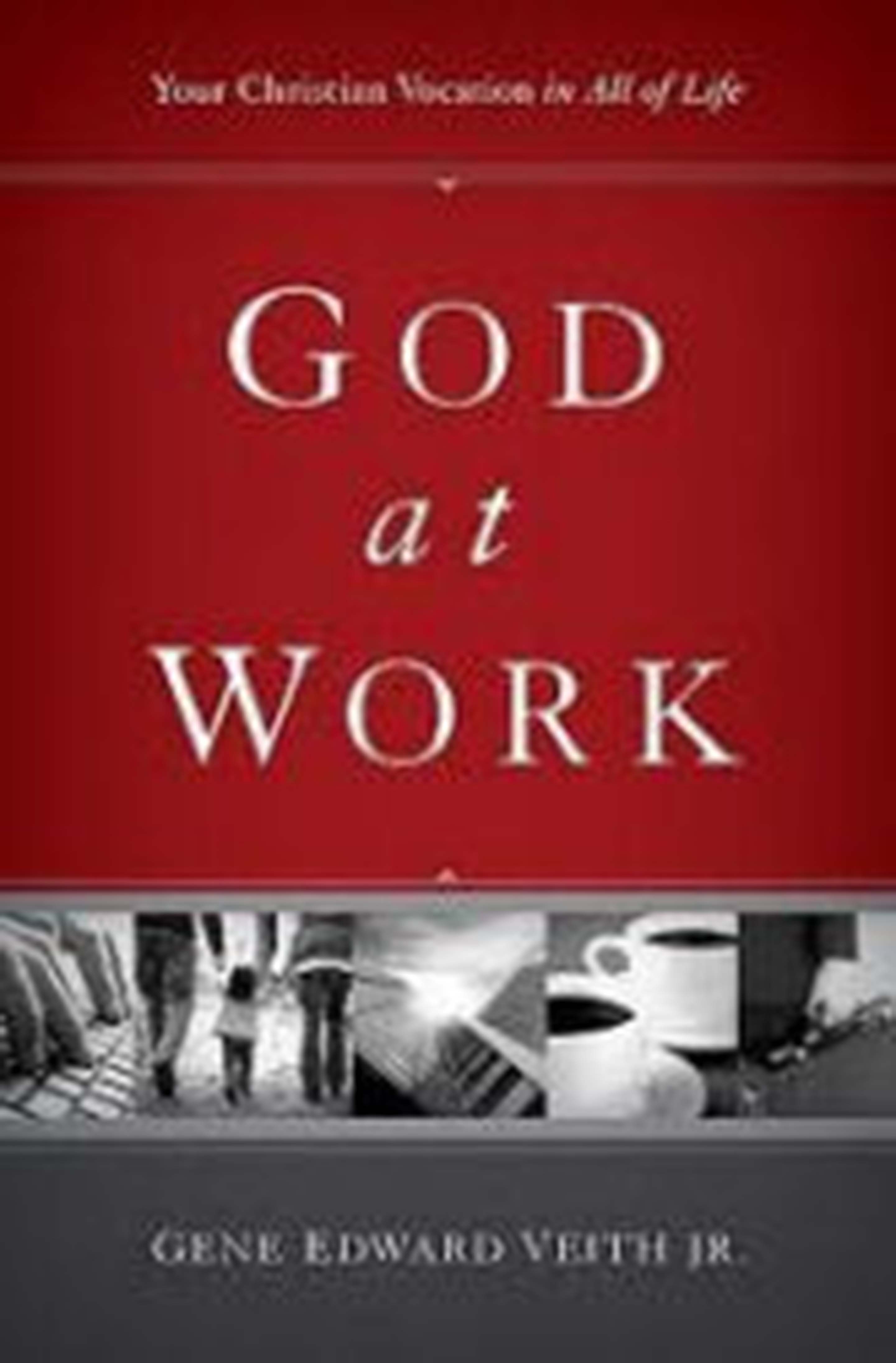
If you ever struggle with the “ordinariness” of life, if you ever struggle with having to do the “mundane” things, if you are ever disappointed because your great hopes and plans and dreams seemingly have not materialized in the necessities of living, then you are encouraged to read Gene Veith’s book on vocation. Dr. Veith clearly and with refreshing simplicity explains Luther’s understanding of the biblical doctrine of vocation, and Veith explains how this doctrine impacts our everyday life.
In a sense, the title of Veith’s book summarizes the content of the book: God at Work. Vocation is God choosing “to work through human beings, who, in their different capacities and according to their different talents, serve each other. This is the doctrine of vocation” (p.14). In others words, God heals through doctors, God provides daily bread through farmers, God provides housing through the carpenter, God gives comfort to the infant as Mom changes a diaper, and so on. Vocation acknowledges that the work of doctors and farmers and carpenters and moms is all God-work. All of a sudden, ordinary everyday life is transformed, because vocation is God at work through us. As we are faithful in the various stations of our lives, the ordinary becomes extra-ordinary by faith in the Creator-Redeemer because the ordinary is a God-work as God works through us.
In his book, Veith applies the doctrine of vocation to our calling in the workplace (chapter five), in the family (chapter six), as a citizen (chapter seven), and in the church (chapter eight). He also discusses the ethics of vocation (what is permitted and not permitted in vocation, chapter nine), and explains what it means to “bear the cross” in vocation (chapter ten).
Having a proper understanding of vocation helps remove discouragement and false pressure from our lives. As God’s children by faith in Jesus, we don’t have to be extra-ordinary or do extra-ordinary things. We are set free to be ourselves as redeemed by God in the place where God has placed us and to delight in the fact that God serves and blesses our neighbor through us. Recognizing vocation as “God at work” places vocation within the realm of Gospel; it is “a manifestation of God’s action, not our own” (p.23). As such, vocation sets us free and gives dignity to our work.
I strongly recommend this book. It has been for me an encouraging and life-changing read.
Dr. Phil Haugen
AFLBS/TS Professor of New Testament
Plymouth, MN
Order your copy here: Ambassador Publications Online Store
Also Available
April 25, 2018
Effective Bible Teaching
Review by Pr. Wade Mobley

Teacher training should receive a much higher priority in the church than it typically does. With it teachers can learn to master a biblical text in terms of the kind of writing it is, to interpret its meaning, and to show the relevance of the Bible to everyday living. It is time to complete the church’s unfinished task (Wilhoit and Ryken, p.27).
As a young basketball coach, I worked with fifth grade to eighth grade students, focusing on the basics of the game and drilling the fundamentals. As I taught more advanced students, I built on those fundamentals and instructed at a higher level. One joy for many coaches is the acquisition of more knowledge to teach their players. I harvested basketball knowledge everywhere I could find it, even to the point of traveling with a box of three-ring binders full of sketched offenses, defenses, drills, and game plan elements.
I didn’t realize, though, that my acquisition of knowledge had blunted my effectiveness as a coach. What woke me up was a pointed statement from a more experienced instructor: “Coach, you know enough basketball to win games right now. The question is, ‘Can you teach anybody what you know?’ That is what will make you a coach.” I spent the next year studying not basketball, but how to teach it.
This pattern is carried out in congregations all over the world today. We love the fundamentals of the faith, and we love learning the meat and potatoes too. However, we often assume too much, using jargon to teach intelligent students, assuming that they possess a low level of intelligence and a high level of education. We simultaneously dumb down the precious truths of the Bible and talk down to our students, who are (in fact) highly intelligent but (often) not highly educated.
Enter the text under consideration, Effective Bible Teaching. Teaching Scripture is both an art and a science. The ability to teach (beyond the mere willingness to do so) Scripture is the one explicitly biblical aptitude for pastors and elders. But teaching Scripture is also a skill that can be obtained, and, once possessed, improved upon.
Wilhoit and Ryken consider two types of ineffective Bible classes: The class that knows it is failing, and the class that is painfully unaware of that failure. Then they address solutions to make those classes effective, including committing to the power and authority of Scripture, exegeting Scripture, interpreting various genres of Scripture, developing good course and class objectives, asking good questions, and securing student engagement.
Many classes fail, say the authors, because they have no clear goal in mind other than meeting together with Scripture having some role, even if it is unspecified. They claim that, with some prayerful, intentional effort, a Bible class can become the highlight of congregational life. I agree, and this text fueled my love for Bible teaching in the congregation.
I would like to add a personal note. Engaging with a text like this is a humbling effort. In order to improve your teaching, you must be willing to consider that there is room for improvement. Satan tempts us with our pride to consider this an impossibility, yet once we admit that perhaps I, even I, could learn from such a text, he begins to tempt us to despair. I found myself wanting to offer a refund to my former congregation—wanting to do it all over again. But that’s not fruitful or productive, nor is it the intention of this book, or continuing education in general. Dive in, learn what you can, and move on.
Who is the ideal teacher? He or she is a travel guide through the Bible, traveling with students through life, accompanying them with God’s Word, and becoming a friend in the process (Wilhoit and Ryken, p.41).
“Who is sufficient for these things?” rings in our ears along with “Let not many of you become teachers.” But the Spirit and the gifts are ours, and Jesus Christ, who both gifts and calls, also prepares teachers for His own service. While some more than others are “born” teachers, every teacher can—and indeed must—learn new instructional skills while they hone those they already possess. The result will be students who are engaged with the Bible—the most essential curriculum in the world—and mature in Christ.
Reviewer’s note: While this volume is a popular work, it is also the primary text for the 2018 Summer Institute of Theology at AFLTS August 6-10. For more information, visit https://aflbs.org/events/2018-summer-institute-theology-sit/ or call Marilee Johnson at (763) 544-9501.
Pr. Wade Mobley
President of AFLC Schools
Plymouth, MN
Order your copy here: Ambassador Publications Online Store
Also Available
March 28, 2018
The Knowledge of the Holy
Review by Diane Brubakken
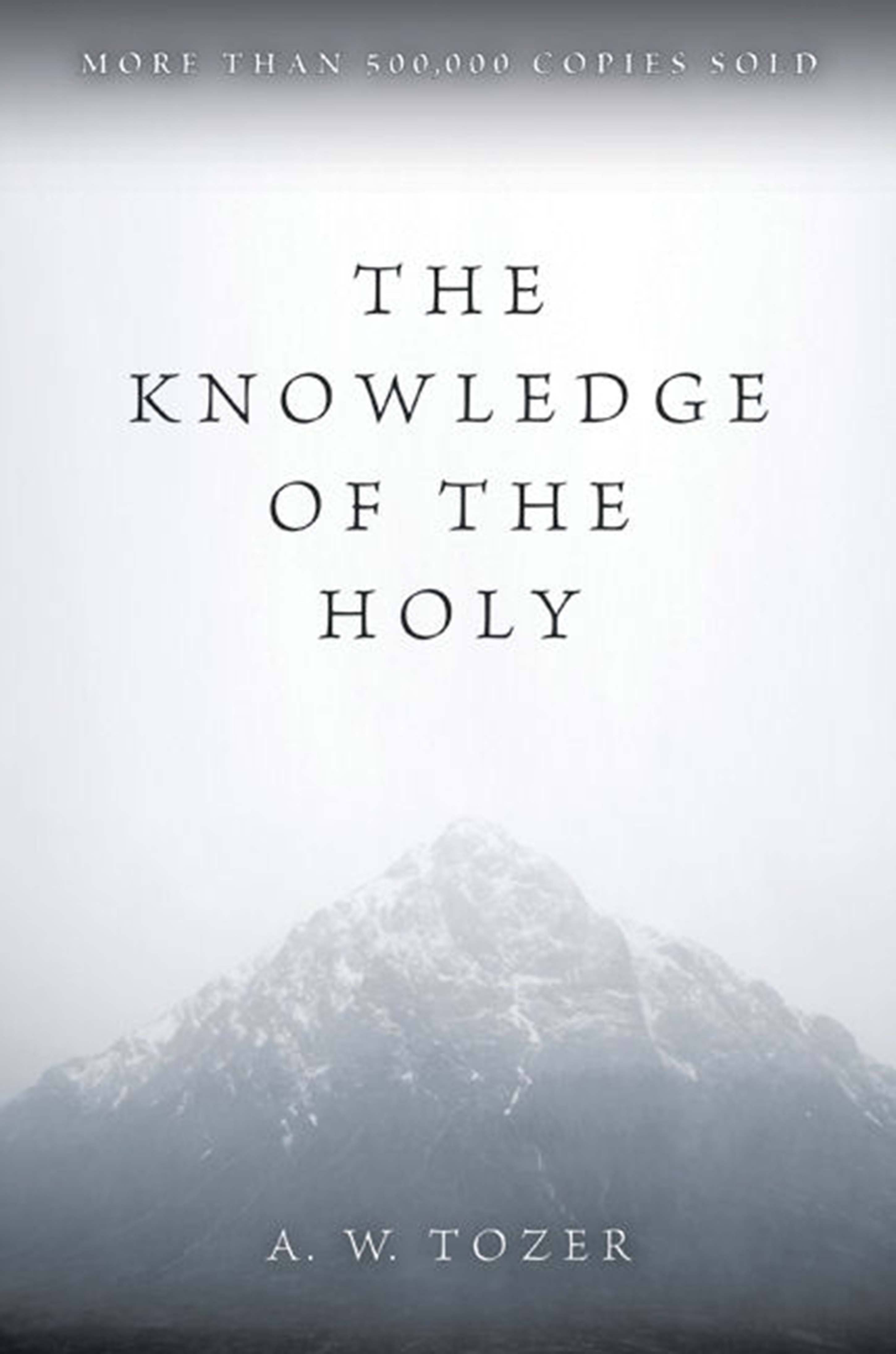
“The decline of the knowledge of the Holy has brought on our troubles.” This is just one reason that A. W. Tozer states as to why this topic is important. If we think about it in our own lives, how often do you think about the nature of God? Or meditate on who He is and what His attributes are? Many of our beliefs as well as our worldview depend on these answers. How we view God influences how we respond to Him. We can see this every day in our current culture where many of the issues and controversies we deal with as Christians stem from what people think about who God is. They may see God as a genie to grant wishes, an angry executioner hopelessly condemning them, a ball of clay to shape into whatever they want, or as a figment of the imagination, to name a few. It is for reasons like these that a book like The Knowledge of the Holy is so beneficial for us to read.
Each of the chapters in this book focuses on a single attribute of God. As Tozer goes through those various attributes such as The Self-existence of God, The Goodness of God, The Wisdom of God, and God’s Infinitude, he illustrates why it is so important for Christians to “think rightly about God.” This is a relatively short book, and most people could read it quite quickly from cover to cover. However, the material Tozer covers isn’t something to be glossed over. He uses Scripture, classic Christian writings, and hymns to all aid in illustrating the nature of God and His attributes.
I would highly recommend this book, as it serves to remind us of the importance of studying who God is. I think we could all benefit from taking some time to consider more closely why we must think rightly about God. Tozer states that “the gravest question before the Church is always God Himself, and the most portentous fact about any man is not what he at a given time may say or do, but what he in his deep heart conceives God to be like.” So take some time (and your Bible) and reflect on what you actually believe about God.
Diane Brubakken
AFLC Parish Education Administrative Assistant
Plymouth, MN
Order your copy here: Ambassador Publications Online Store
Also Available
February 28, 2018
Family Vocation: God's Calling in Marriage, Parenting, and Childhood
Review by Pr. Brett Boe
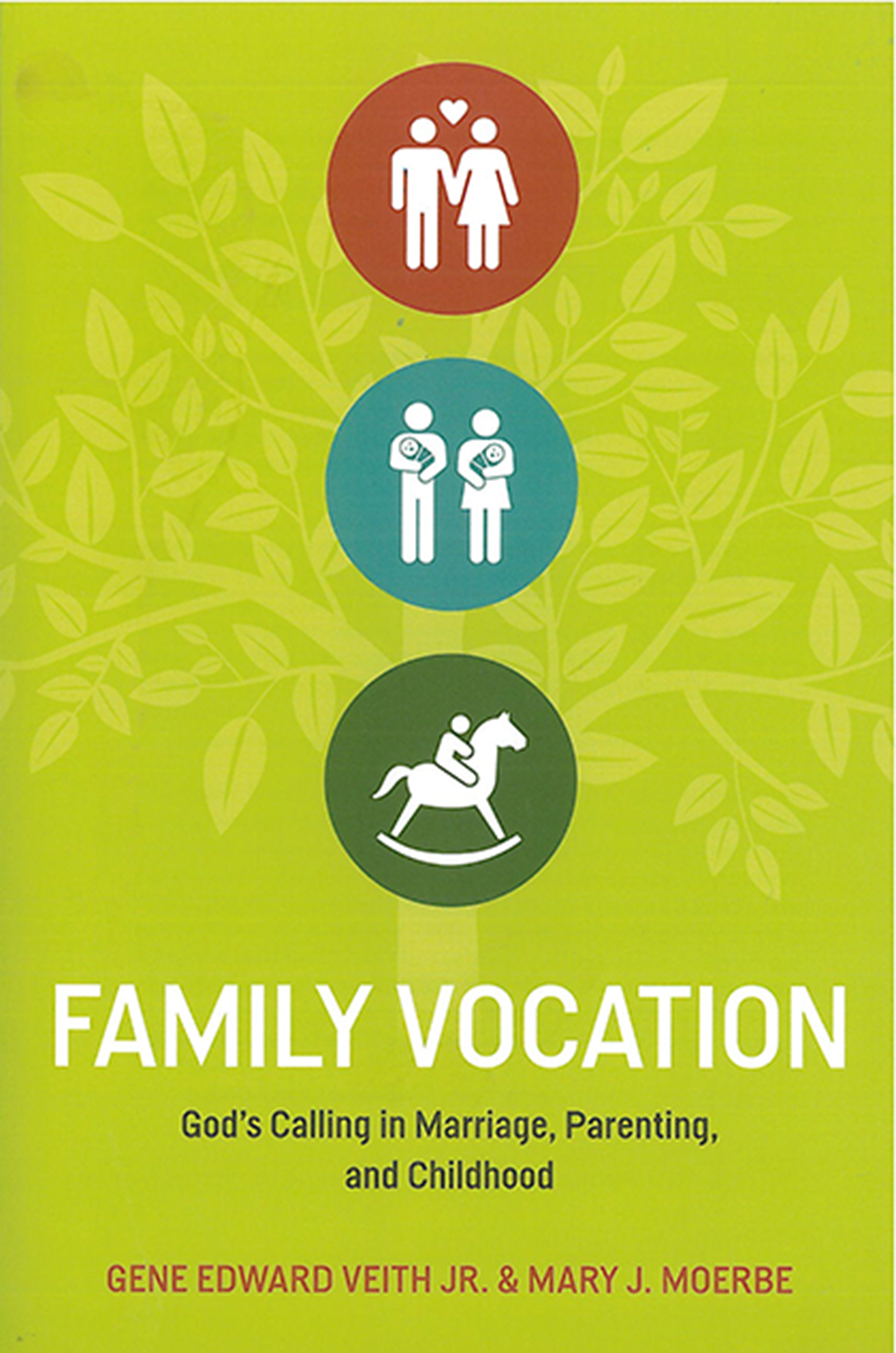
In Family Vocation: God’s Calling in Marriage, Parenting, and Childhood, Gene Veith teams up with his daughter, Mary Moerbe, to add another book to the list of books Dr. Veith has written on the topic of vocation. His book God at Work is a good introduction to vocation, the idea that God calls us to various callings in life and works in us and through us to bless our neighbors. The book Family Vocation applies this teaching to the callings that God brings us into in family life. The book is divided into three parts: The Vocations of Marriage, The Vocations of Parenthood, and the Vocations of Childhood.
This is an excellent resource that will help people see these family relationships in a new light. In addition to calling us to obedience to God’s commands in each of these stations of life, Veith and Moerbe also show how God applies the Gospel to us in these vocations. This way of presenting the material will shed God’s grace in our hearts in areas where we are often burdened with guilt and shame. Not every resource dealing with family life accomplishes that goal. God is at work in our network of relationships at home!
My favorite quote from the book encapsulates the main idea of vocation in the context of family life: “More common, though, is the notion that they have to do ‘spiritual things’—church work or Bible study or witnessing—in order to serve God, sometimes at the expense of their families. This devaluing of ordinary life can be so firmly rooted in our expectations that many Christians will accept only extraordinary supernatural experiences as counting for their spiritual lives, while missing God’s presence in the ordinary and the everyday.” Vocation, I believe, is one of the hidden gems of Lutheran teaching. Veith and Moerbe don’t let us ignore or look past the countless hours of seeming insignificance in our lives. In this book we are shown how God works in us and through us in the ordinary moments as well as the extraordinary moments.
I would strongly recommend Family Vocation to any brother or sister in Christ as a resource to be strengthened in a biblical view of family relationships. When I’ve been blessed with the opportunity to teach “Relationships and Marriage” at AFLBS, I have assigned this book as required reading.
Pr. Brett Boe
King of Glory Lutheran Church
Shakopee, MN
Order your copy here: Ambassador Publications Online Store
Also Available
January 24, 2018
Sing the Faith: The Small Catechism Set to Music CD
Review by Pr. Jon Langness
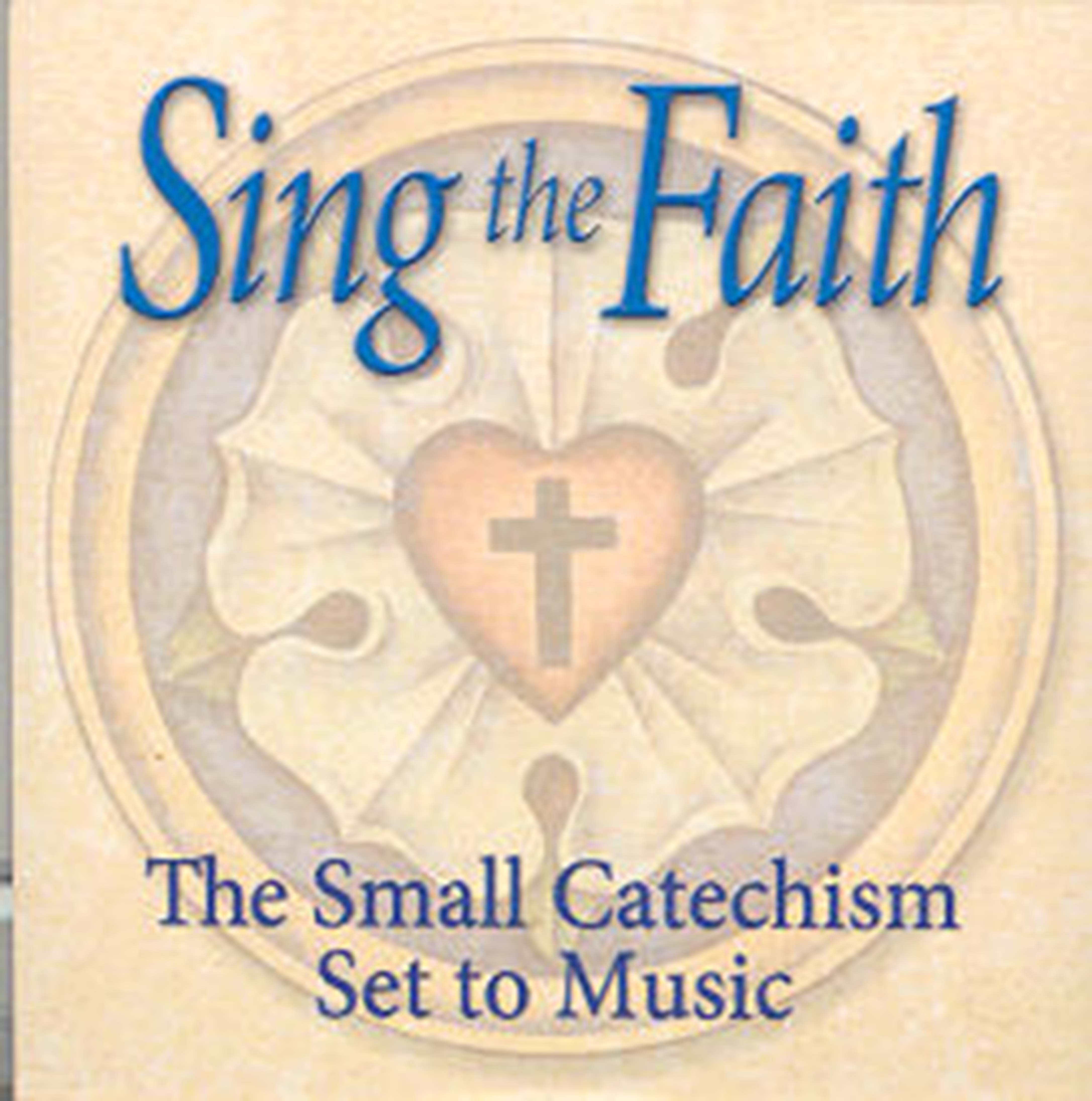
Luther put his Small Catechism together during a time of biblical illiteracy among the common people, as well as the clergy. He wanted to develop a tool to teach the basics of the Christian faith. Luther’s Catechism starts with God’s Law—how God calls us to live, with the Ten Commandments. After bringing to light our own shortcomings in keeping the Law of God, he shares the Apostles’ Creed and explains who God is and what He has done to save us as lost and condemned sinners. The rest of the catechism includes instruction relating to the Christian life—how to pray (Lord’s Prayer), and how God keeps us in His grace—Holy Baptism, Confession (and absolution), Office of the Keys, Sacrament of the Altar. The catechism finishes with a section on daily prayers. It’s a short book and an easy read, but inside are beautiful truths of Scripture of what God has called us to—to love God above all things and to love our neighbor as ourselves.
Luther’s intent was to provide this tool for families so they would first of all know what God has done for them, but secondly, to protect them from the false teachings of the day running rampant in the church. As an AFLC, we believe that the Word of God is the final authority in the congregation. Congregations have a responsibility then to know what God’s Word says, in order to protect themselves and others from the abuse of false teaching. This is why we teach the catechism in confirmation. But the catechism isn’t just for confirmation students, it’s for all believers.
That being said, it’s good to teach it in our homes to our children, but also to learn it for ourselves. Concordia Publishing House has developed a great tool for this by putting the catechism to music. On this CD, there are 67 songs, each about a minute long. We’ve started to sing the First Commandment (and its meaning) during our family devotions, and our two-year-old just about has it down. He asks us to sing it. When we get that one down, we’ll move on to the next one. The wording is a little different from the AFLC catechism, but the meaning is still the same. Being able to sing these songs is a great aid to memorizing. As a pastor, it’s wonderful to have as a tool for confirmation students, as well as a great gift to give to new parents in connection with their child’s baptism. A correlating songbook is also available as an option. I would recommend this resource to Sunday school teachers, parents, kids, and to be honest, I’ve appreciated it as a pastor too.
Pr. Jon Langness
Abiding Word Lutheran Church
Deshler, NE
Order your copy here: Ambassador Publications Online Store

